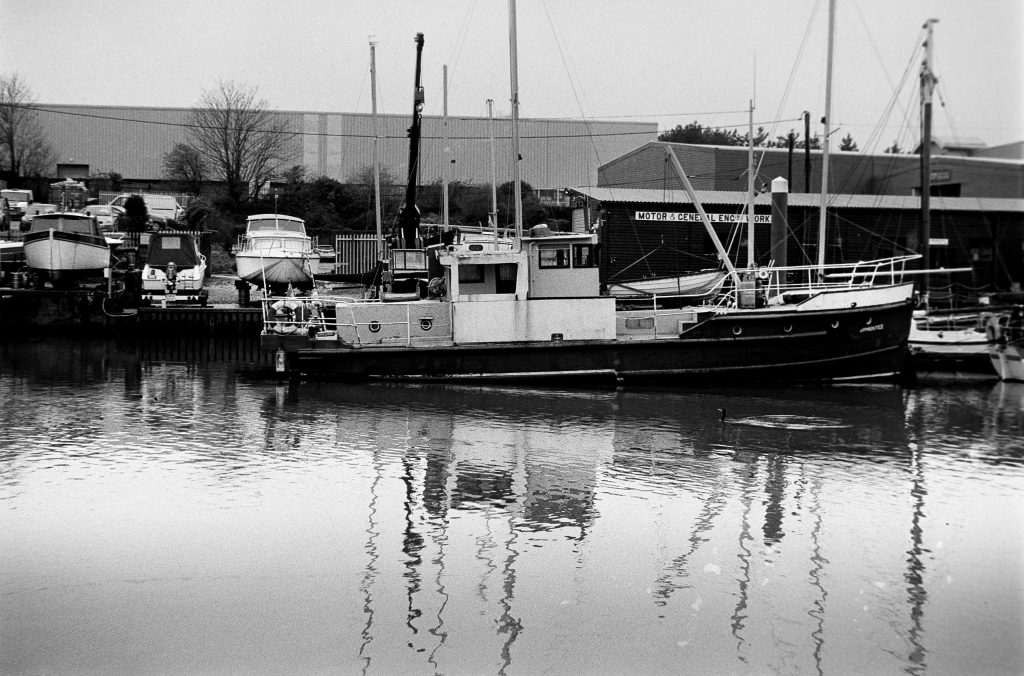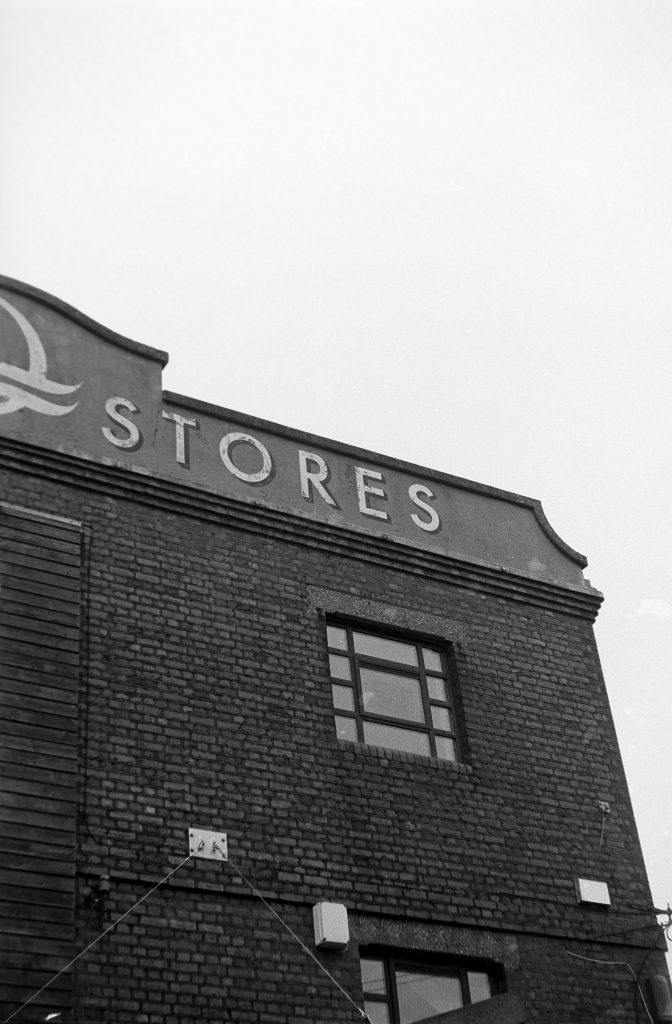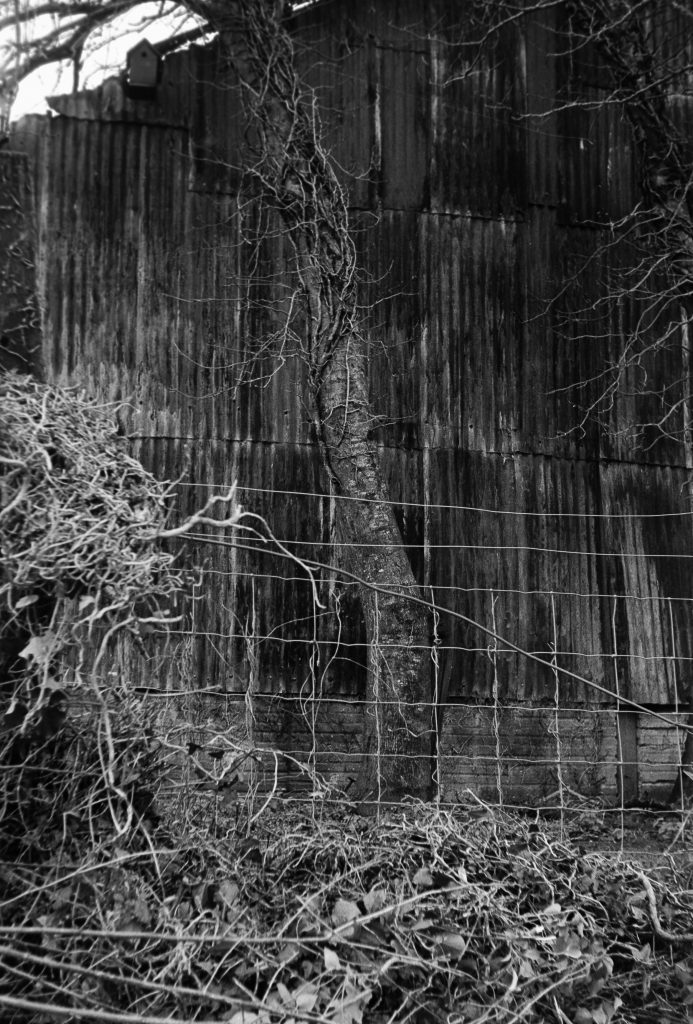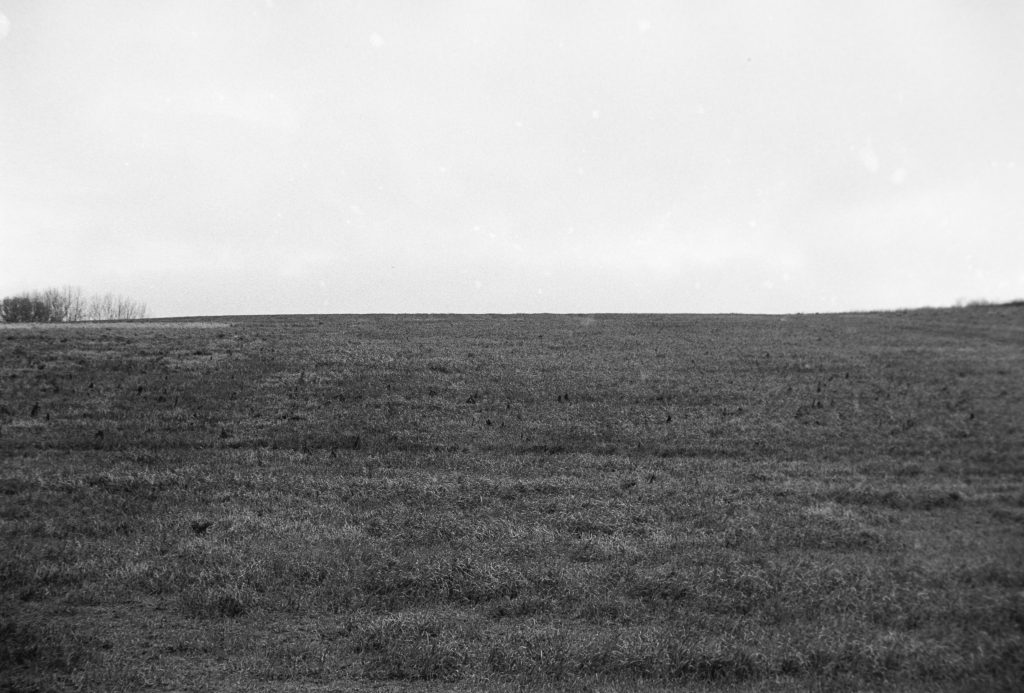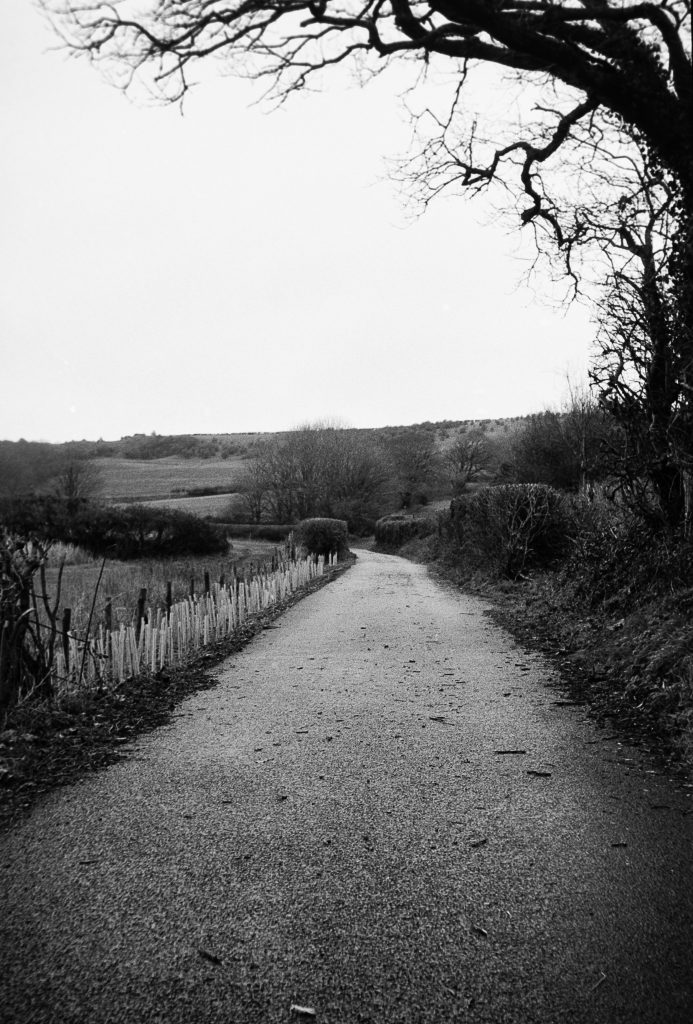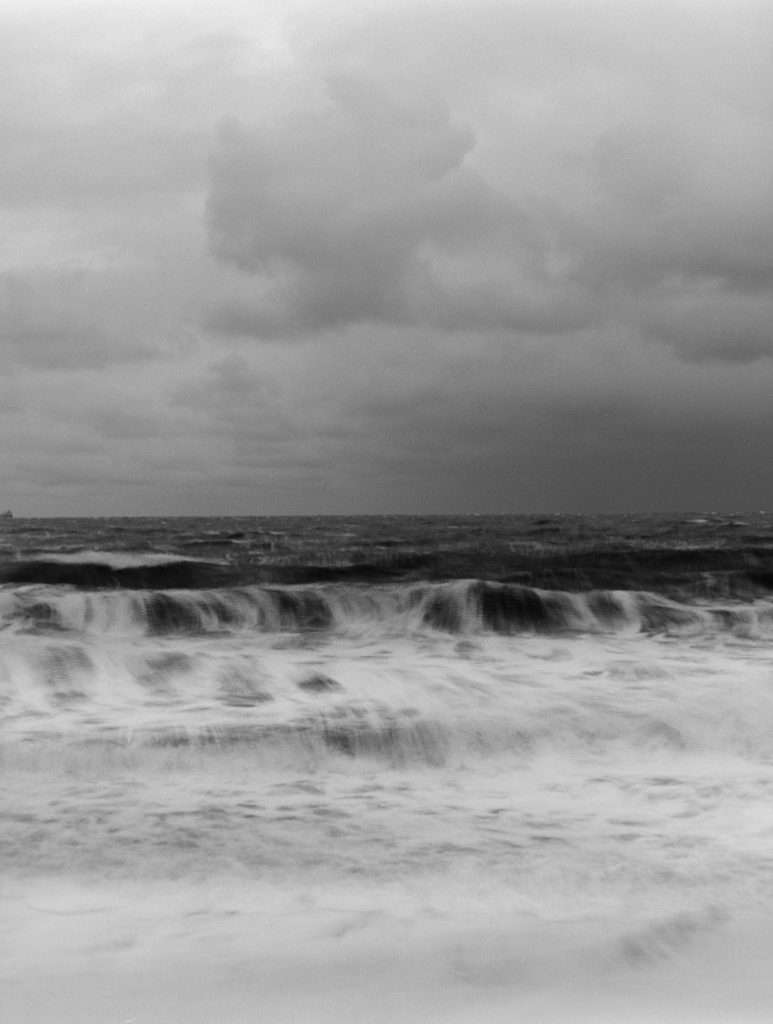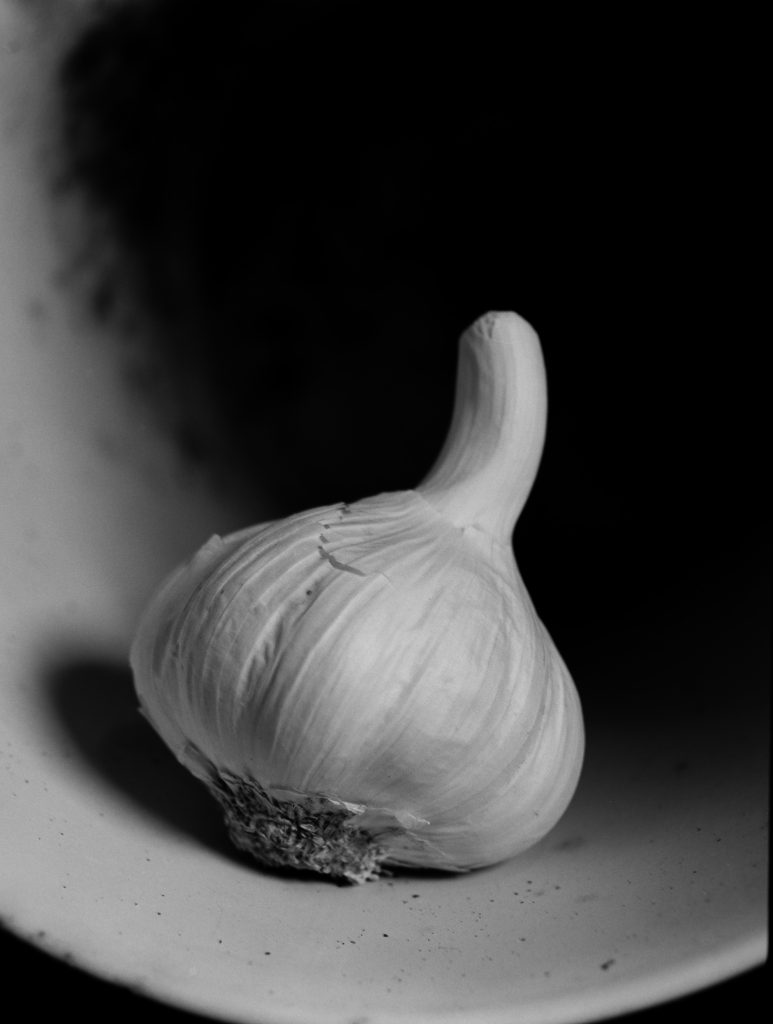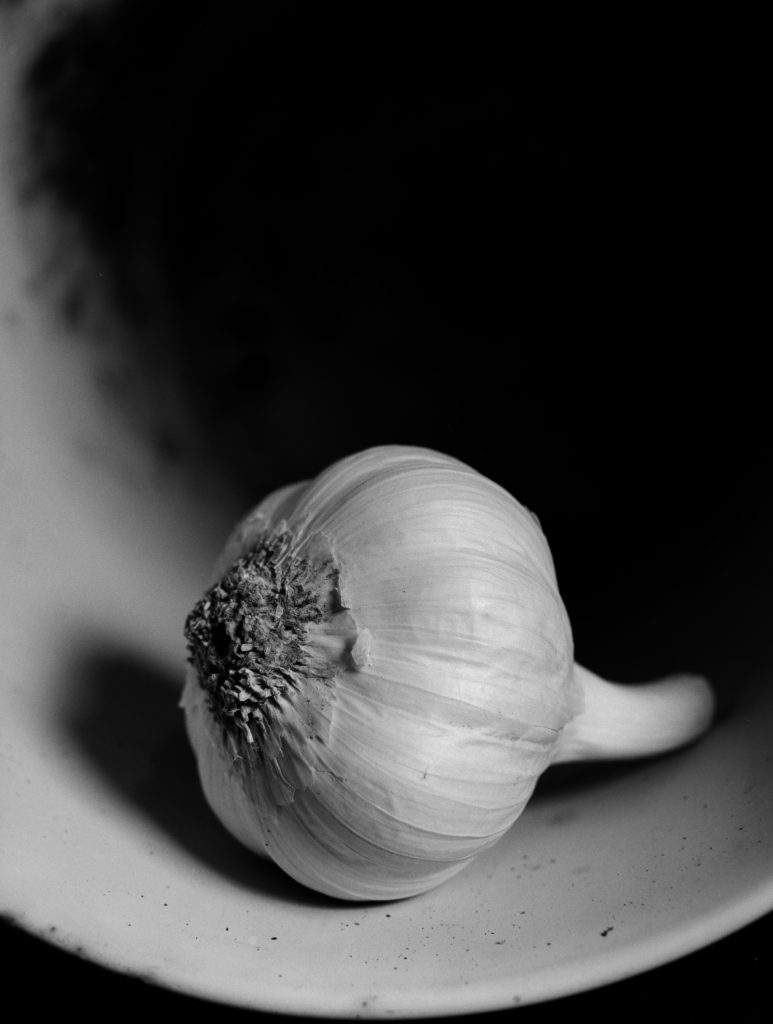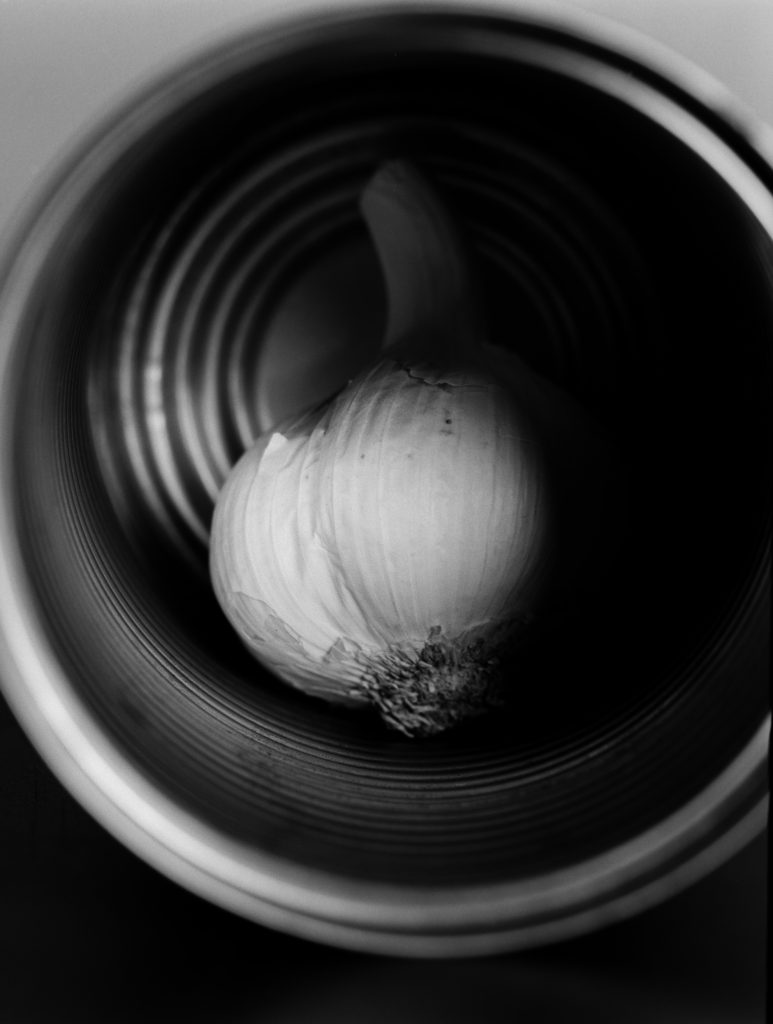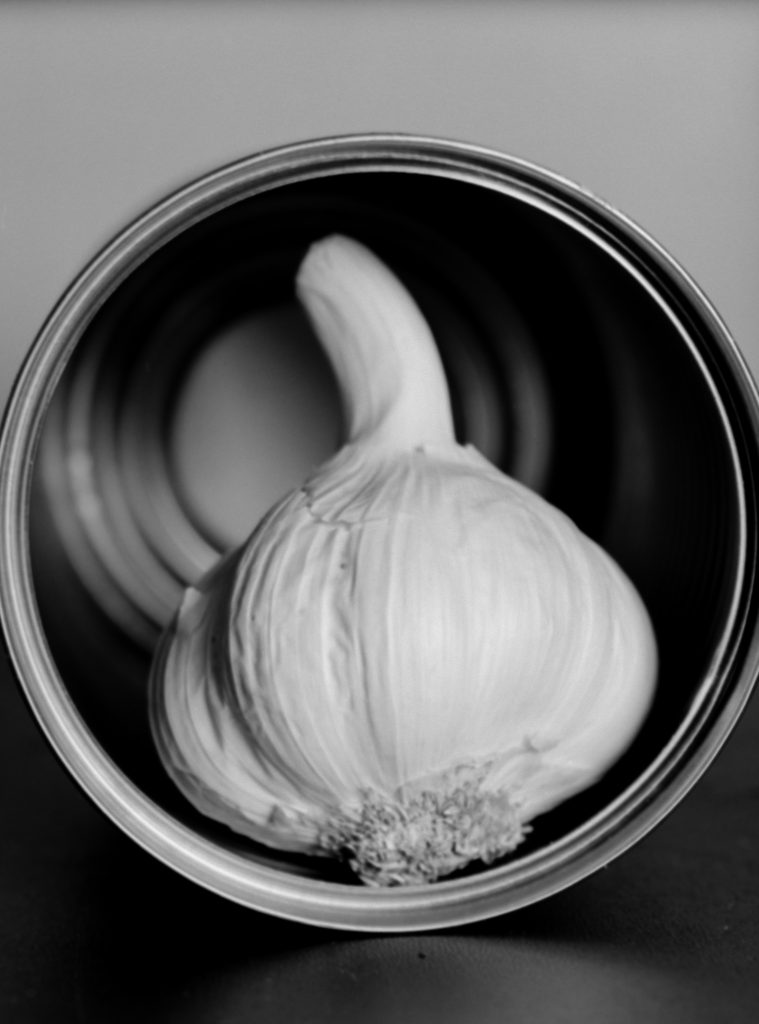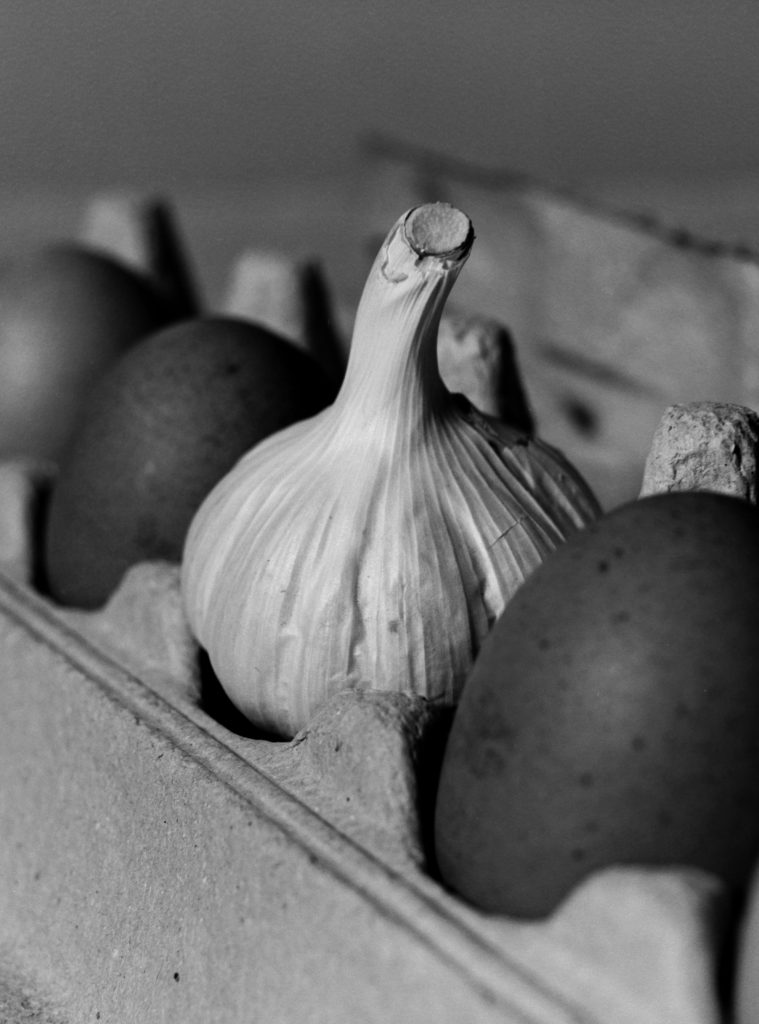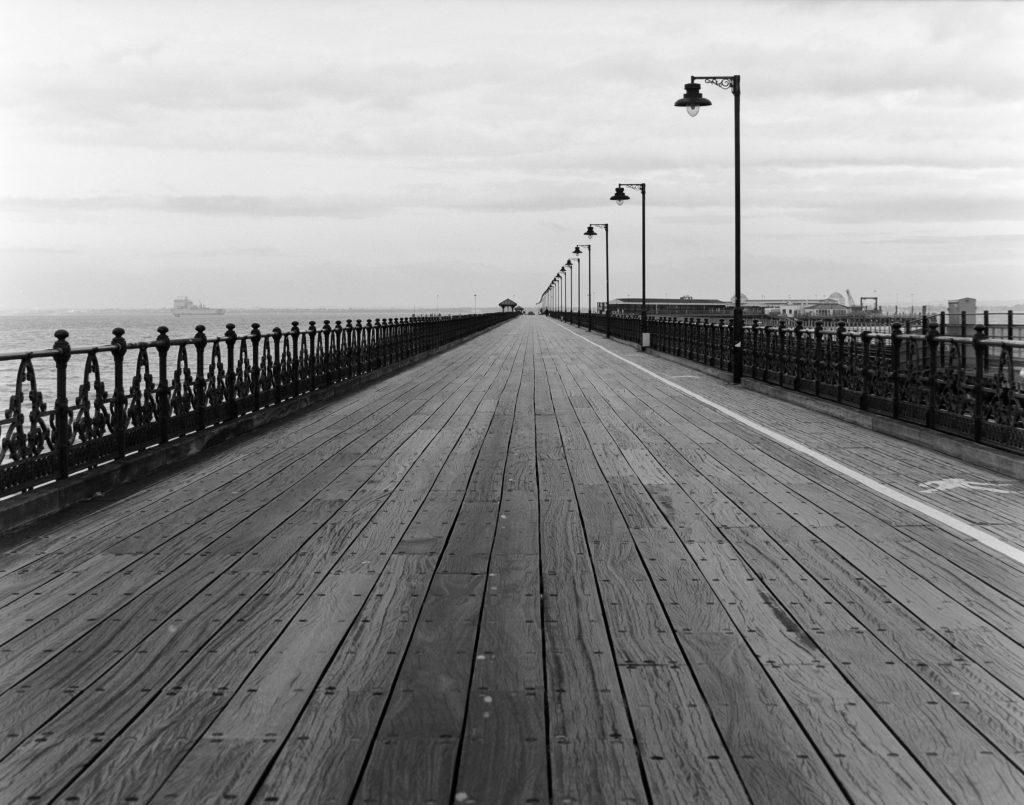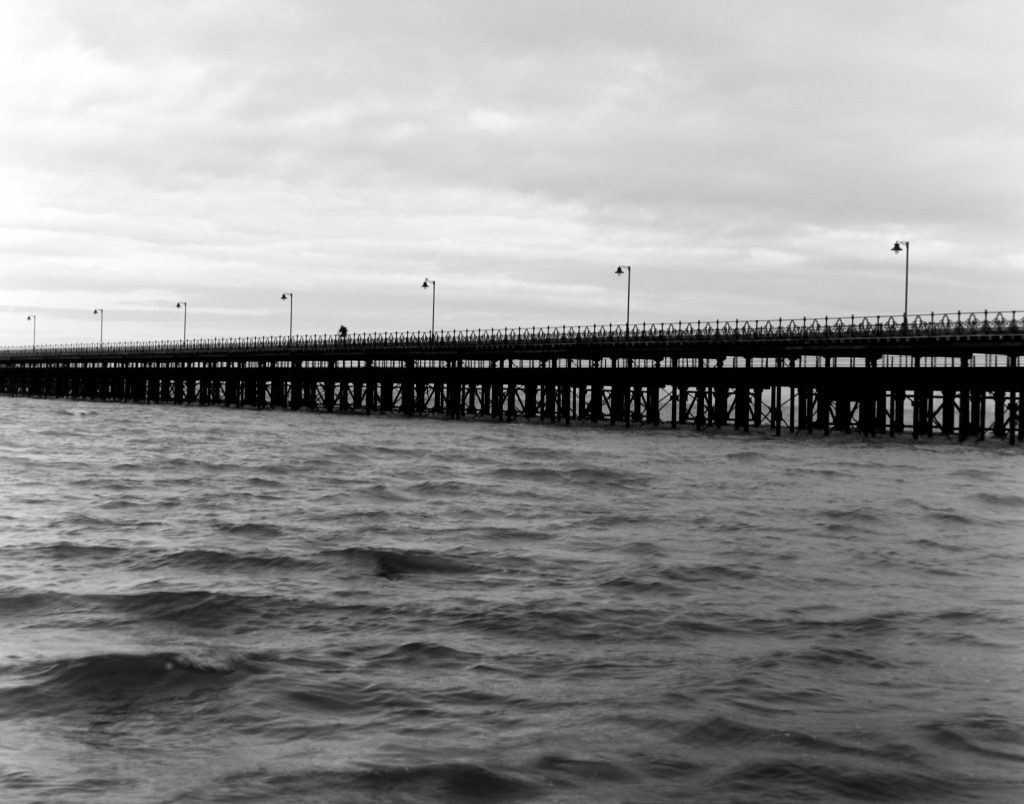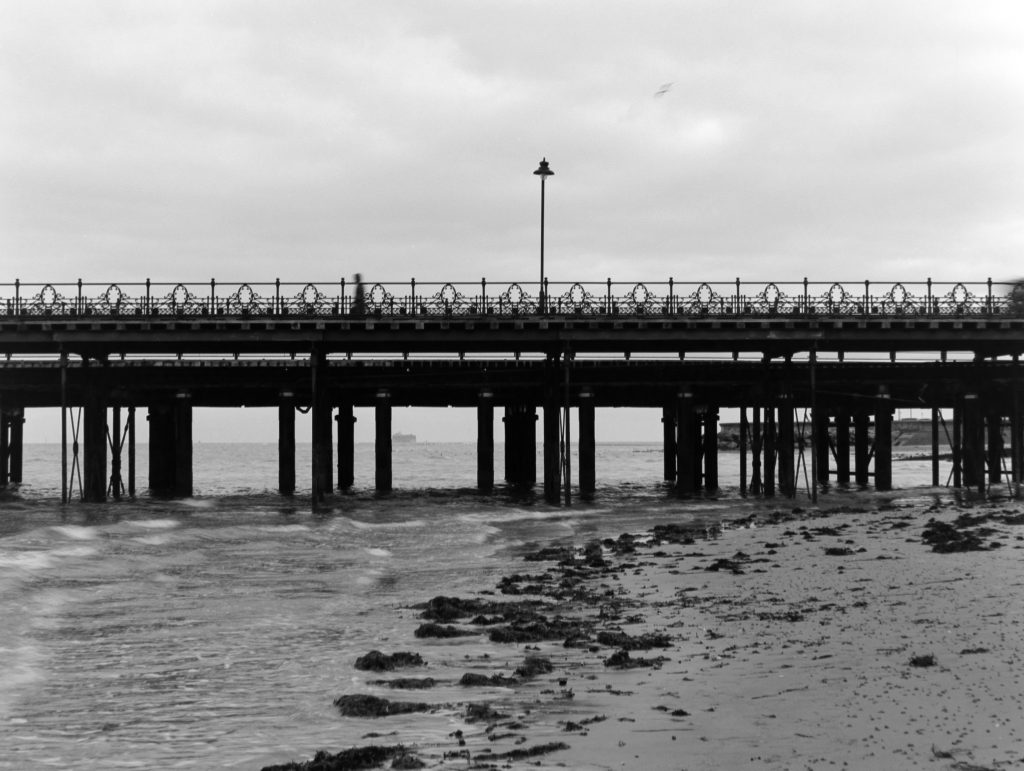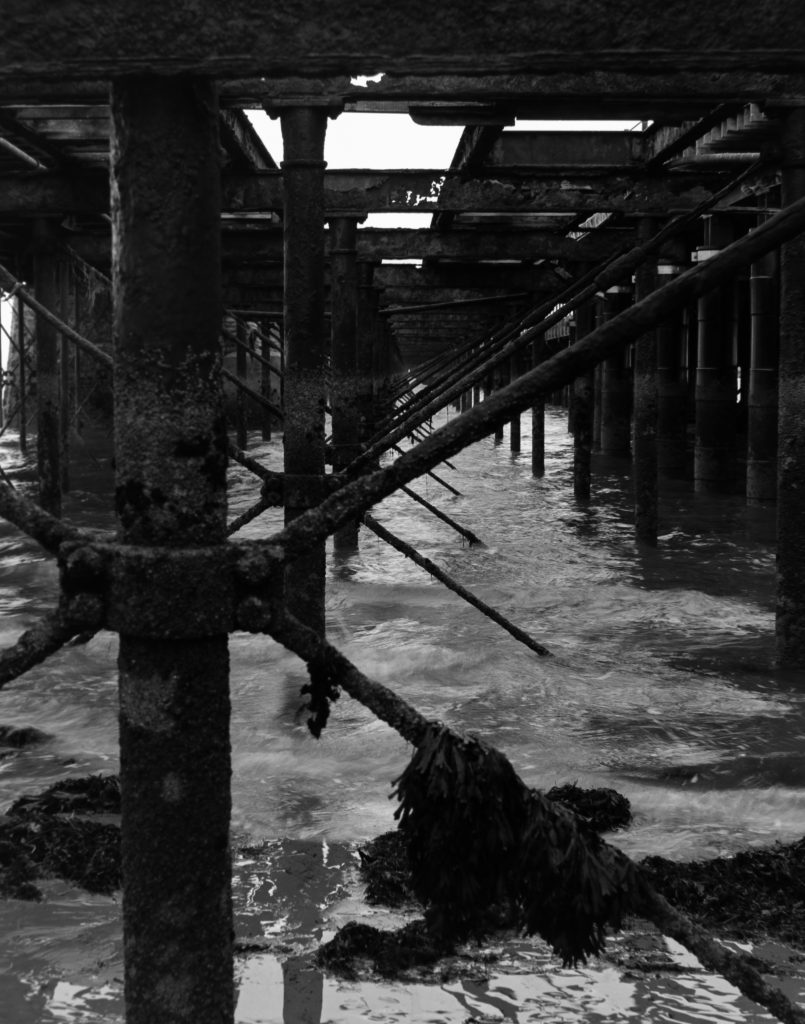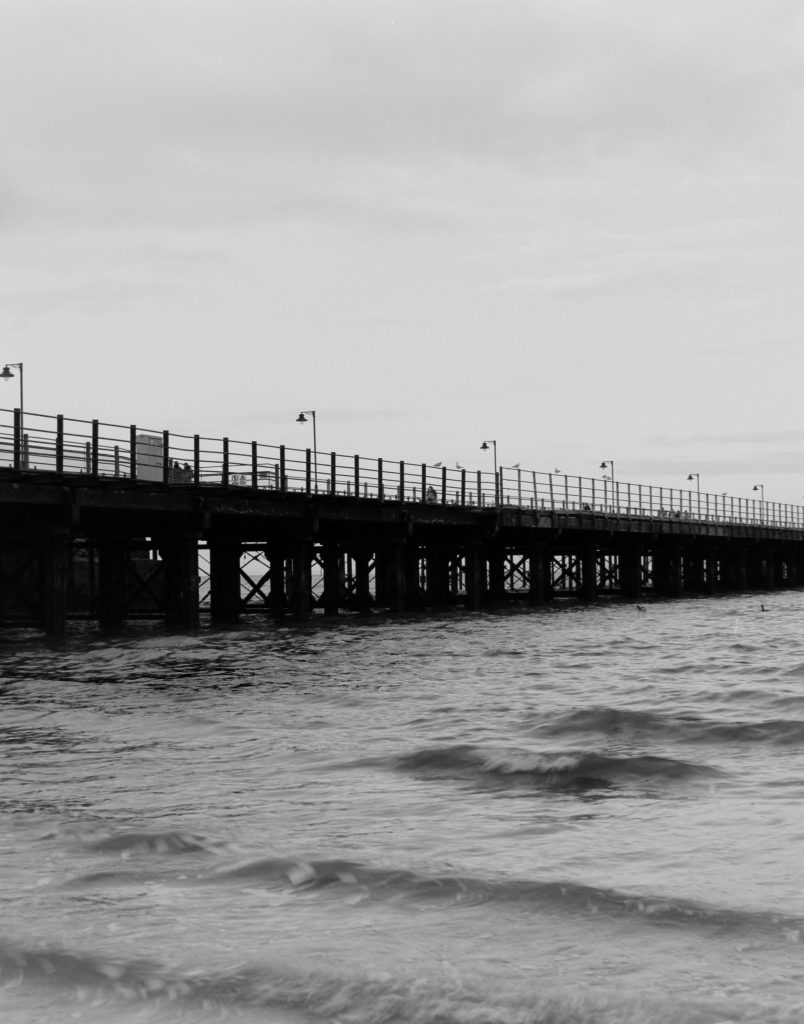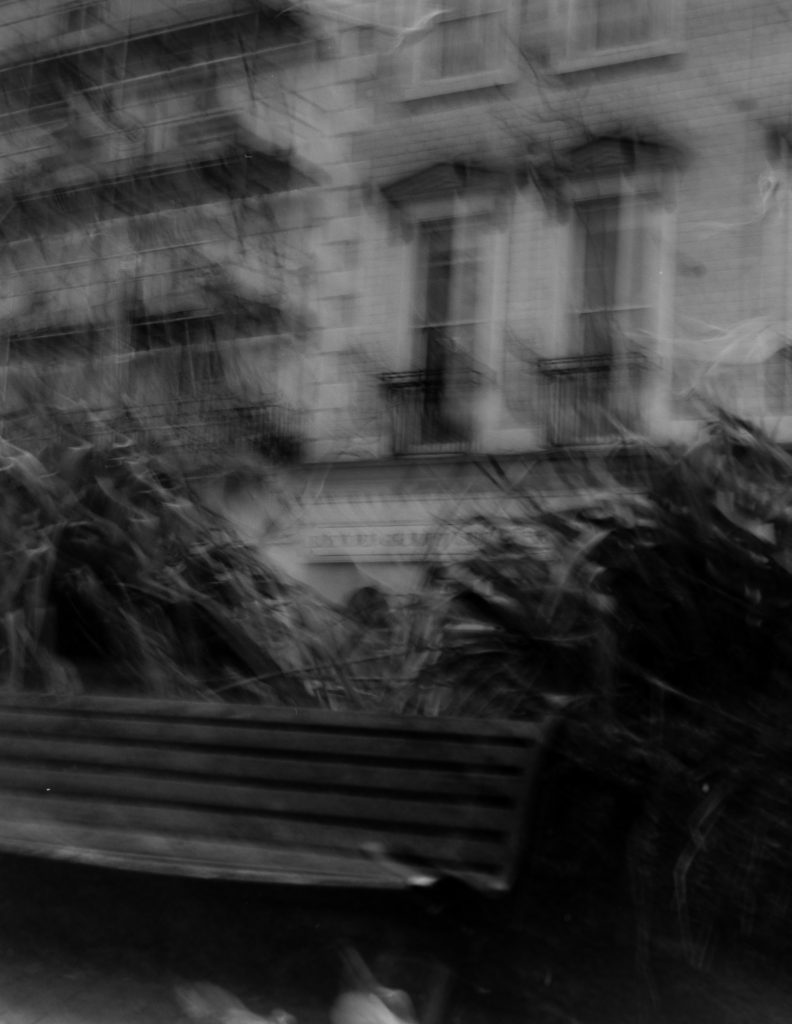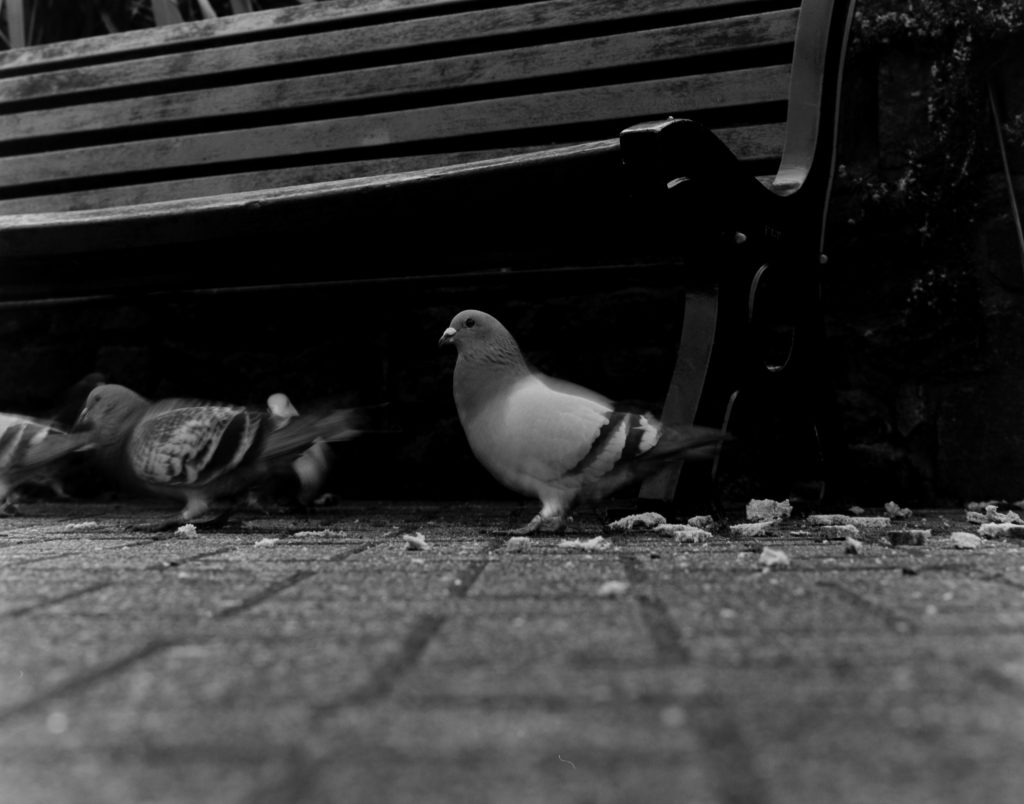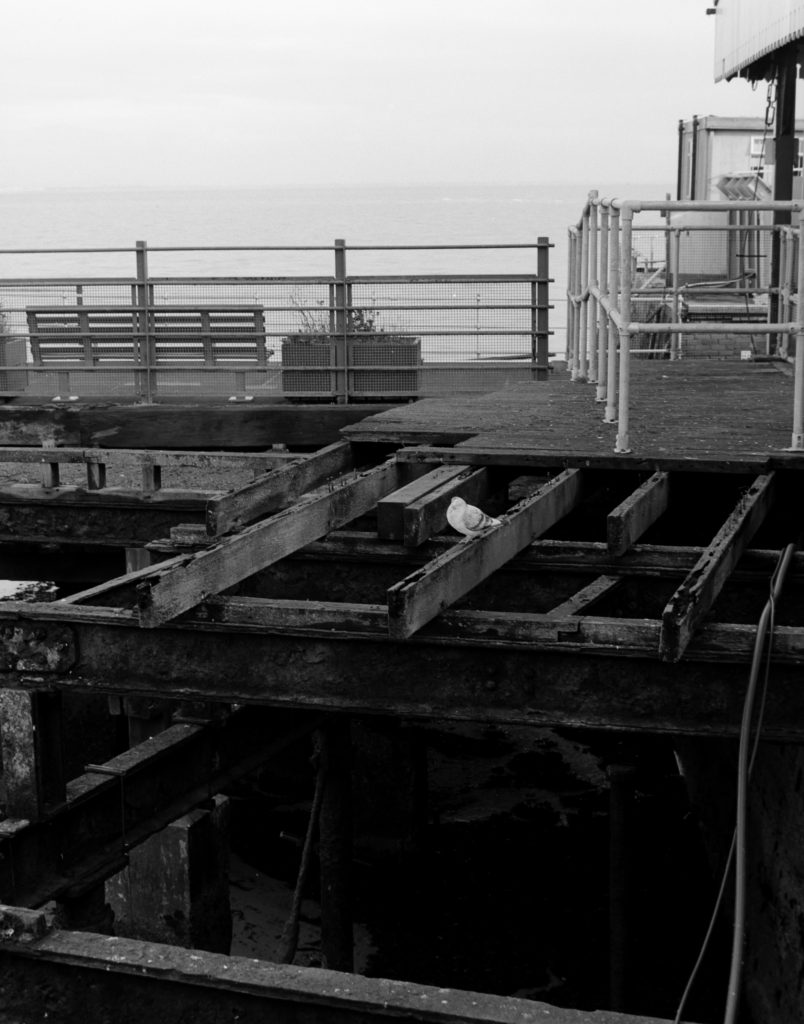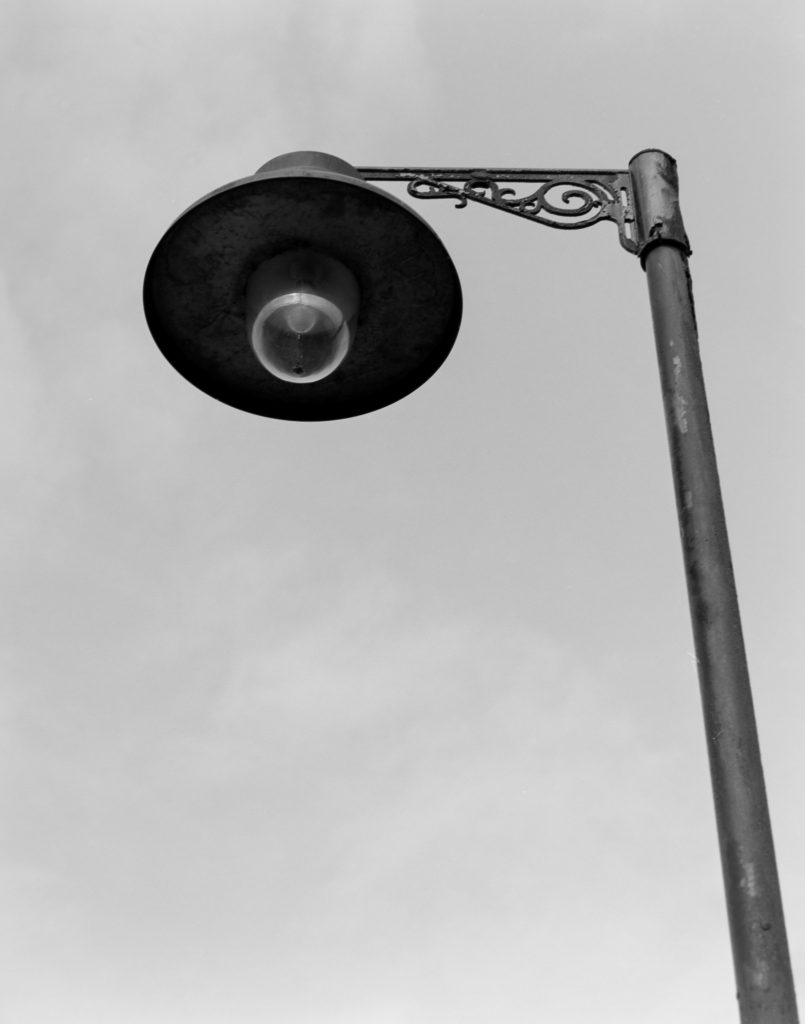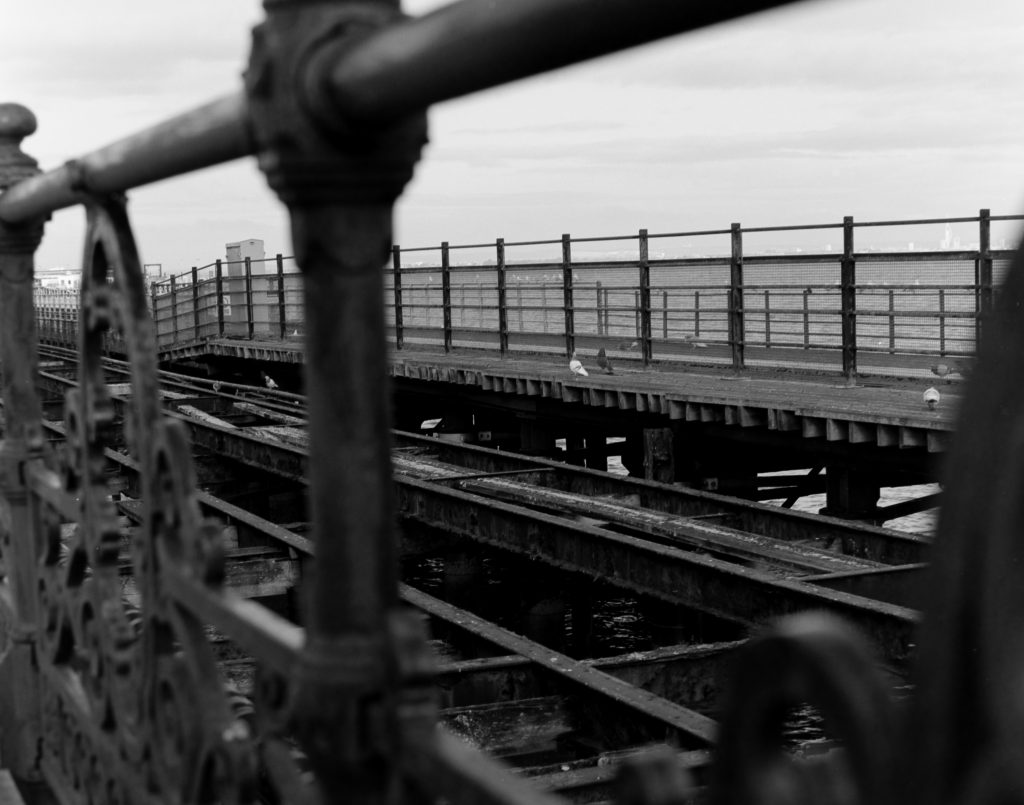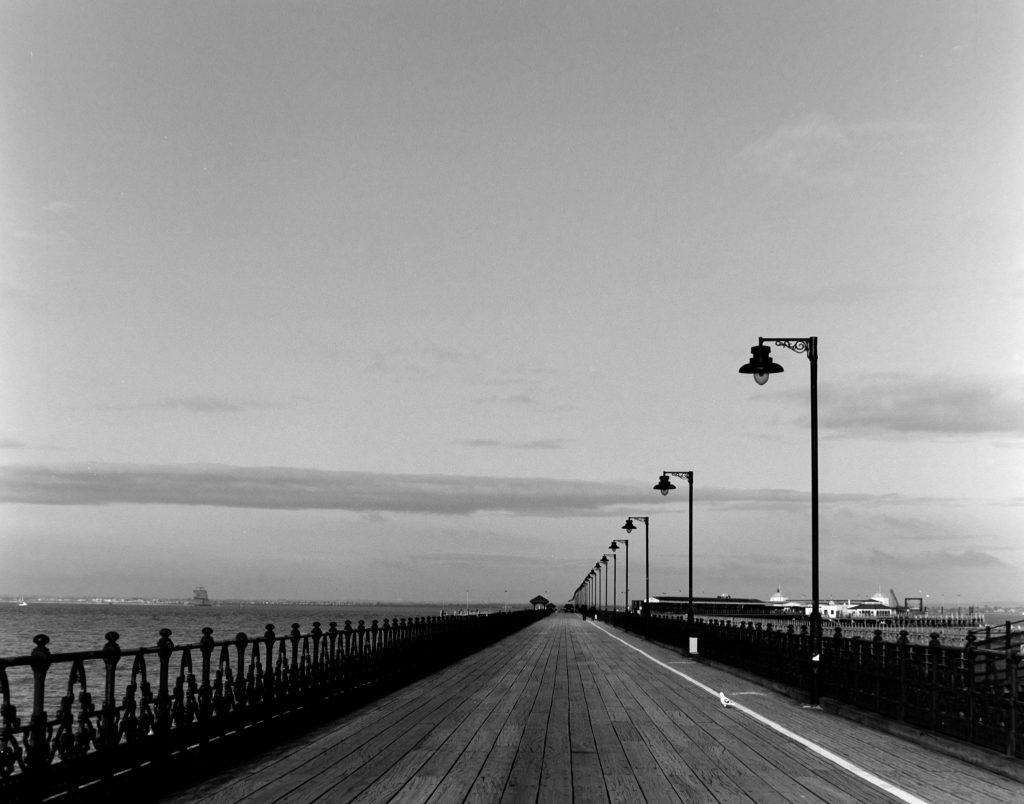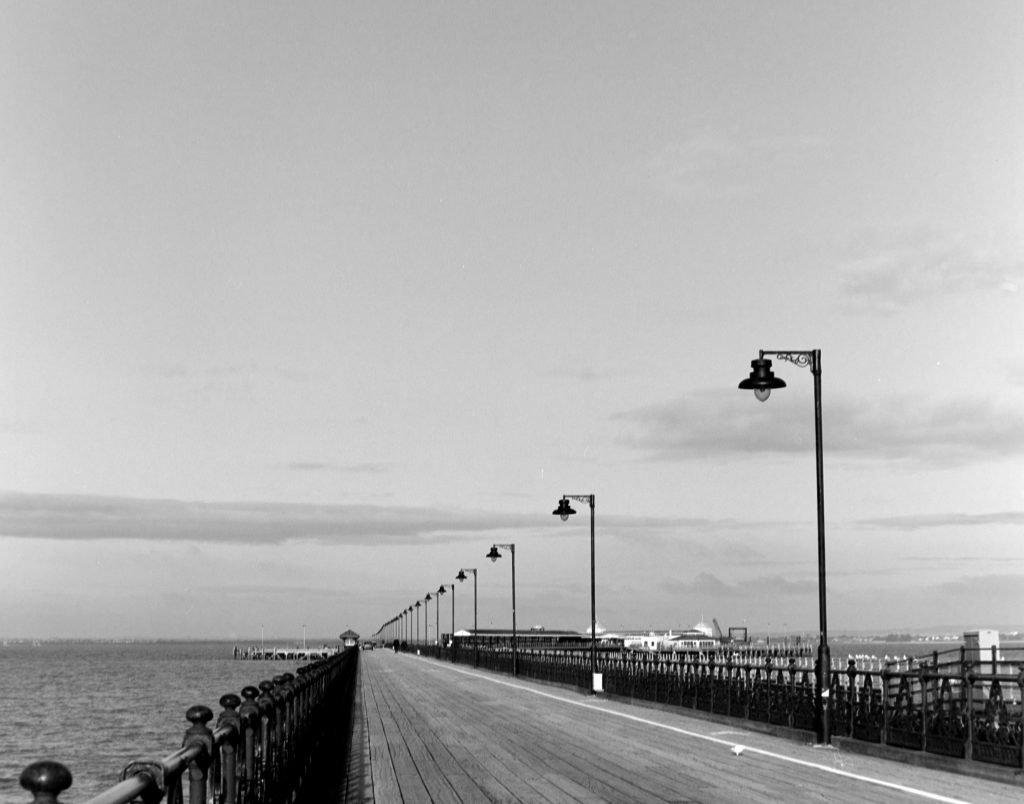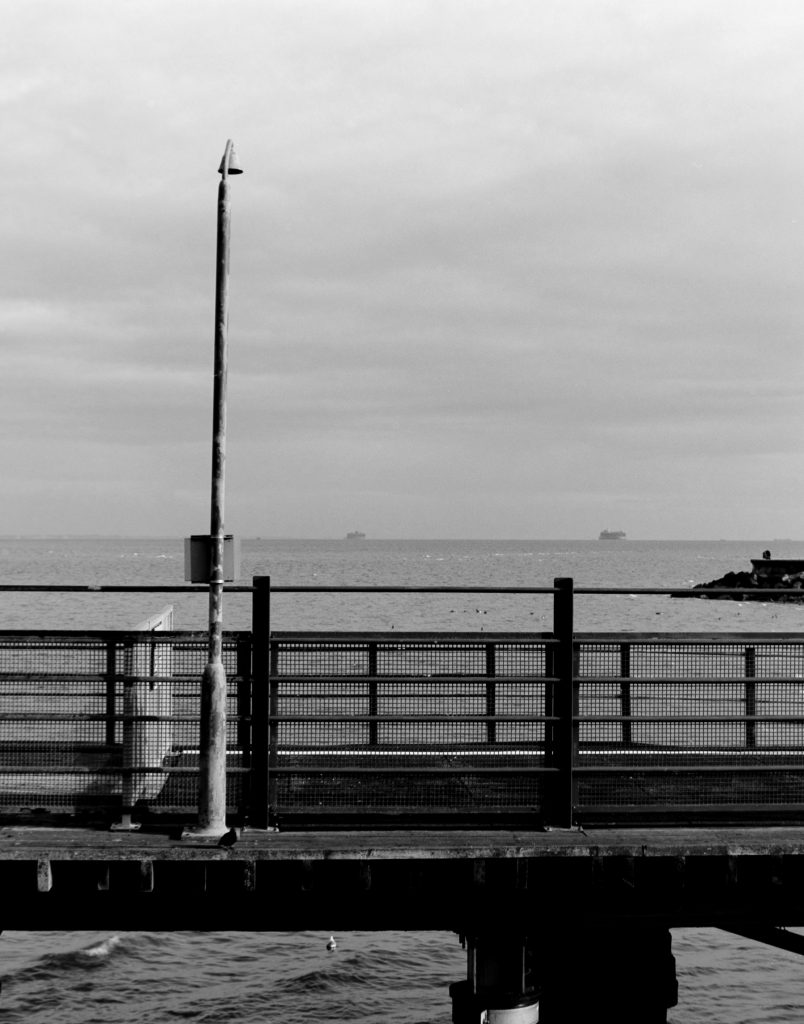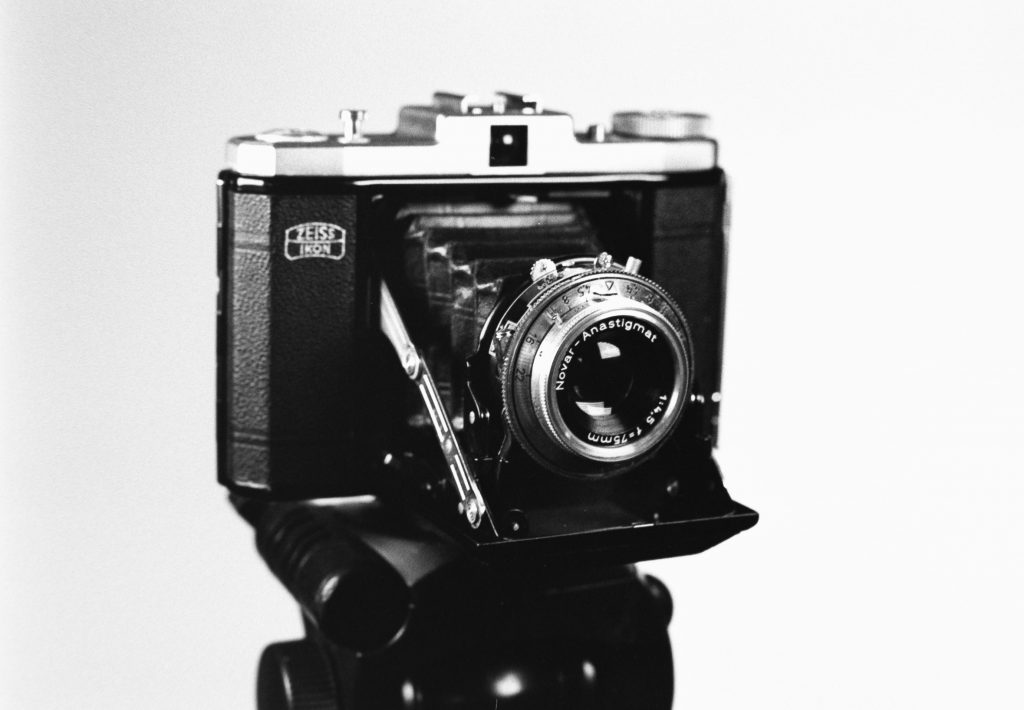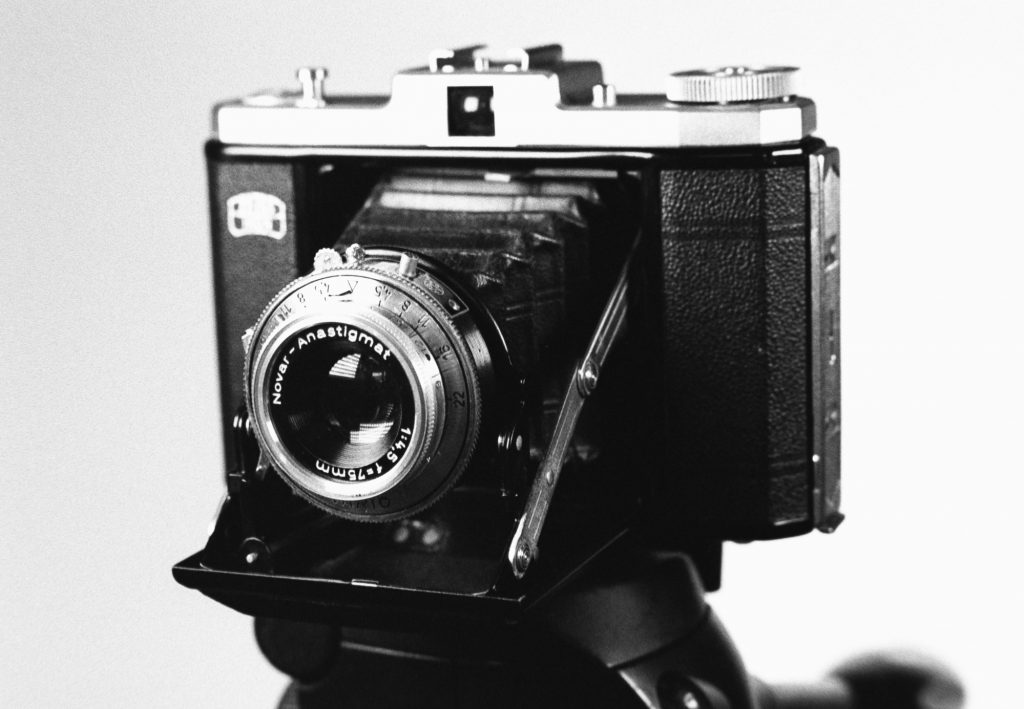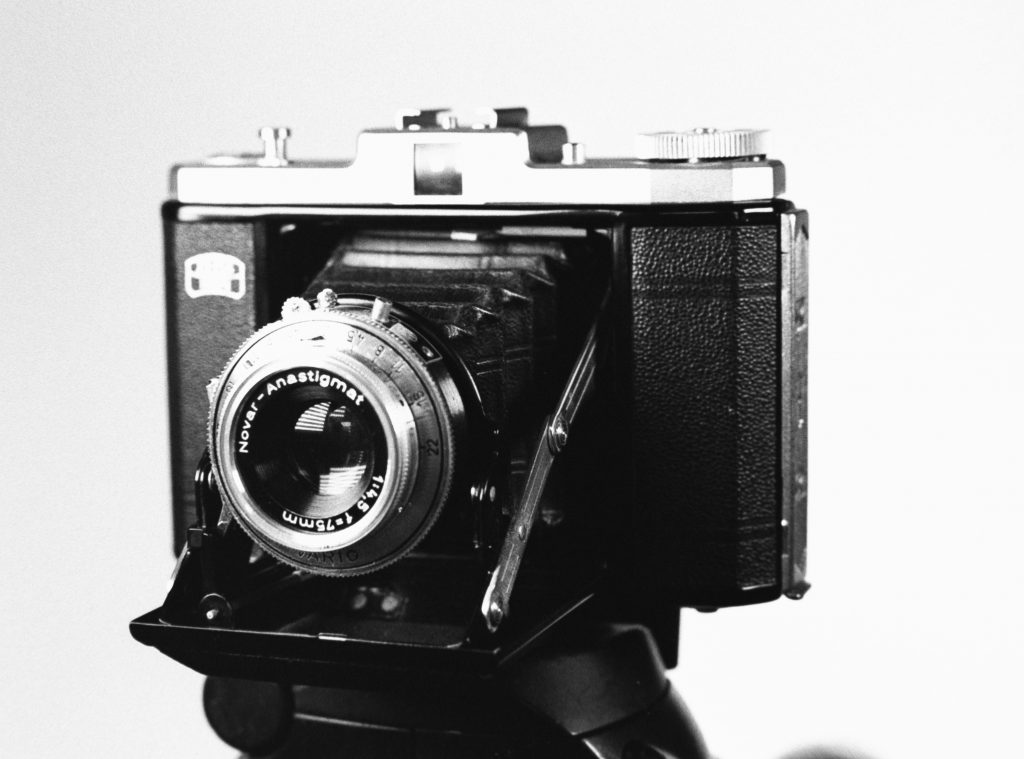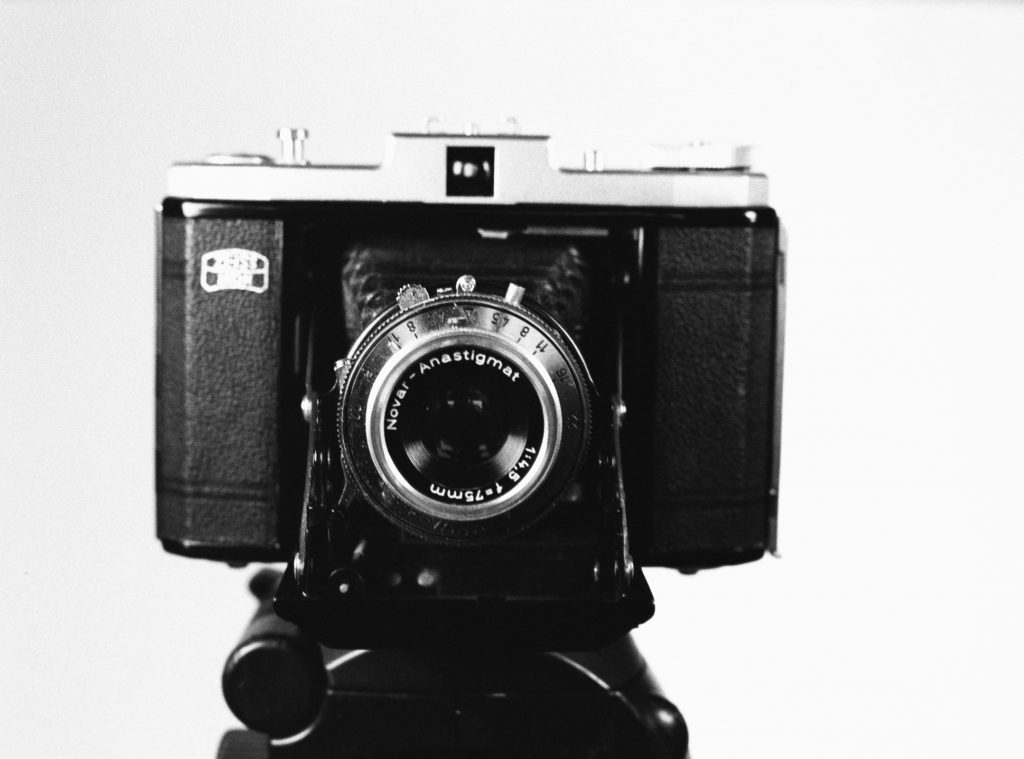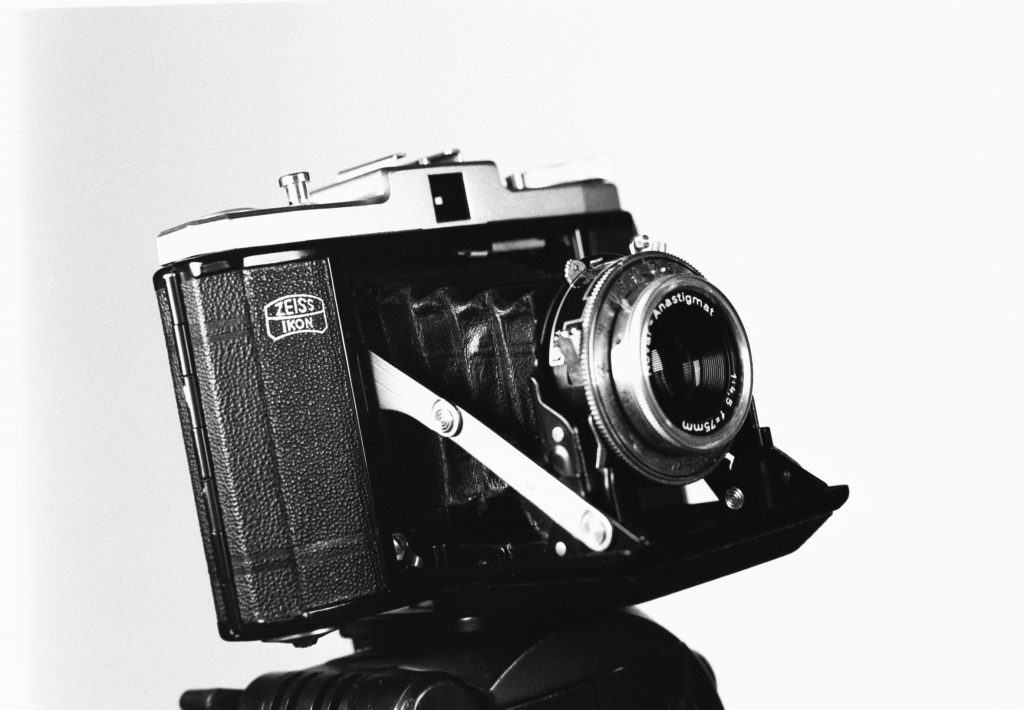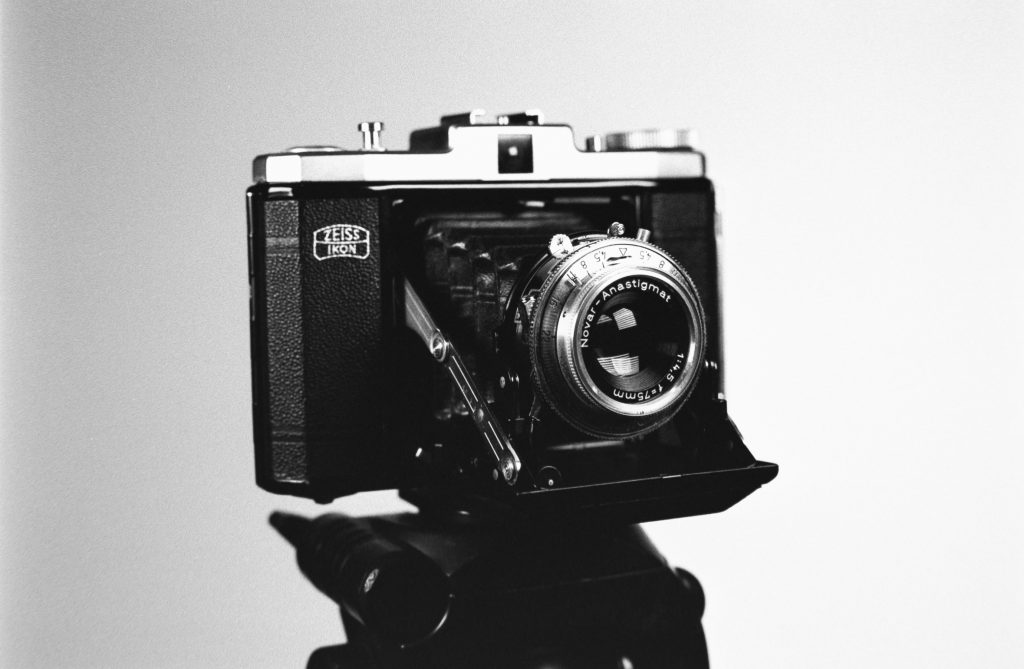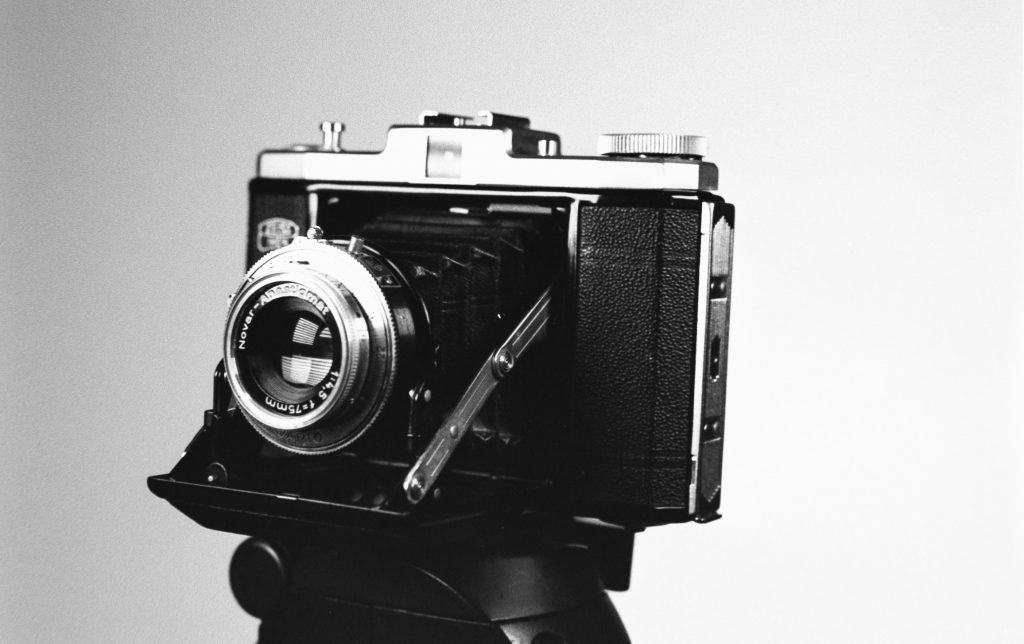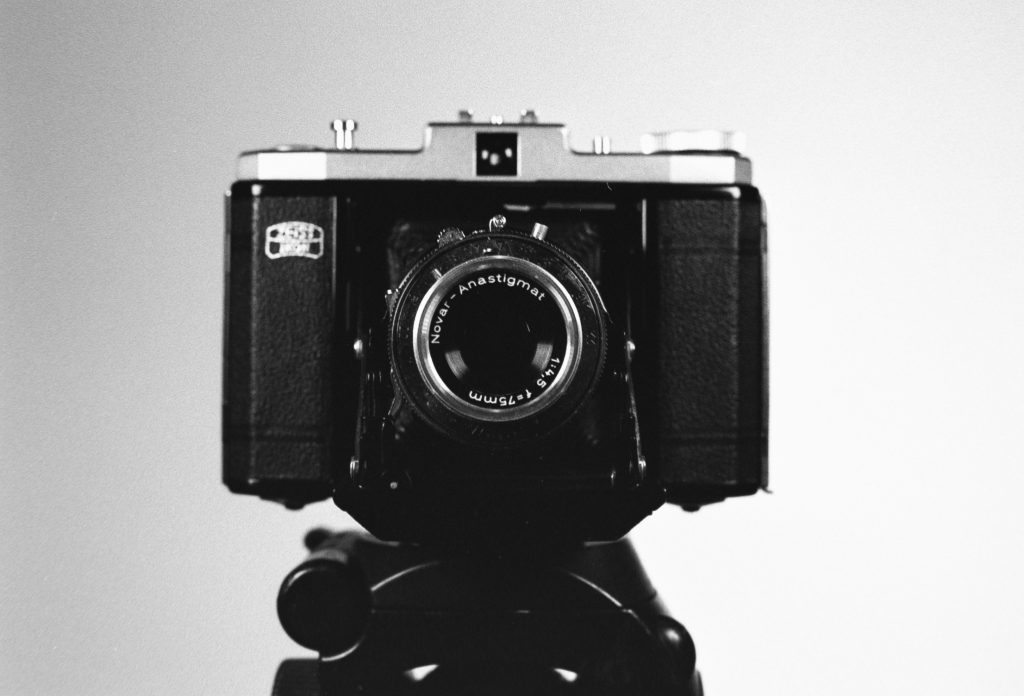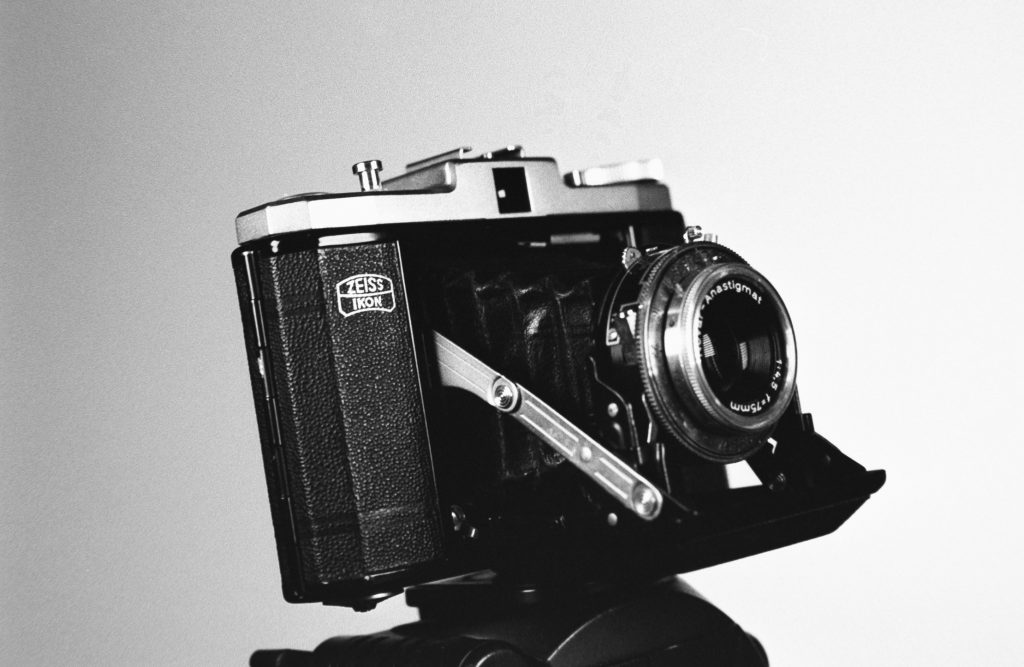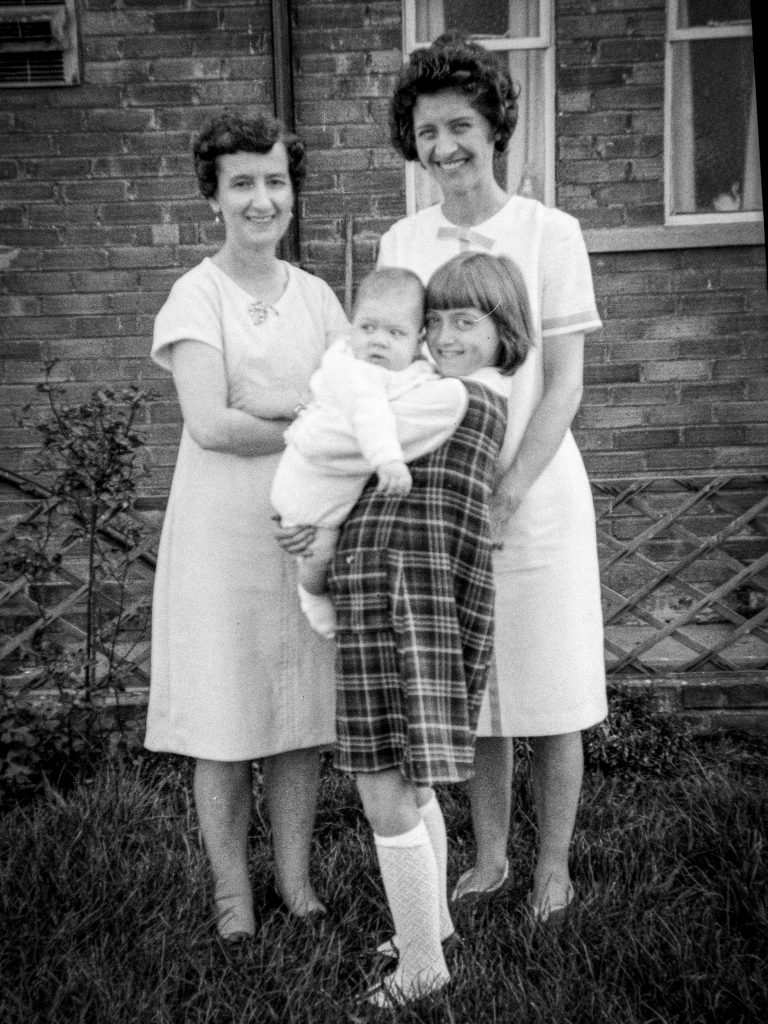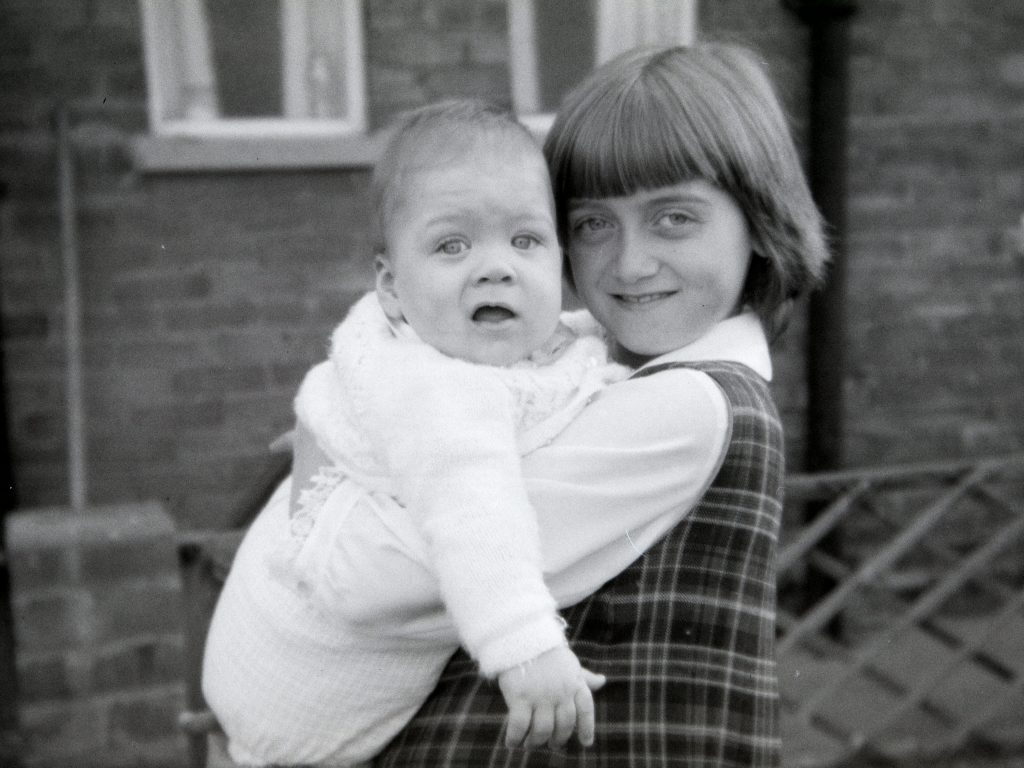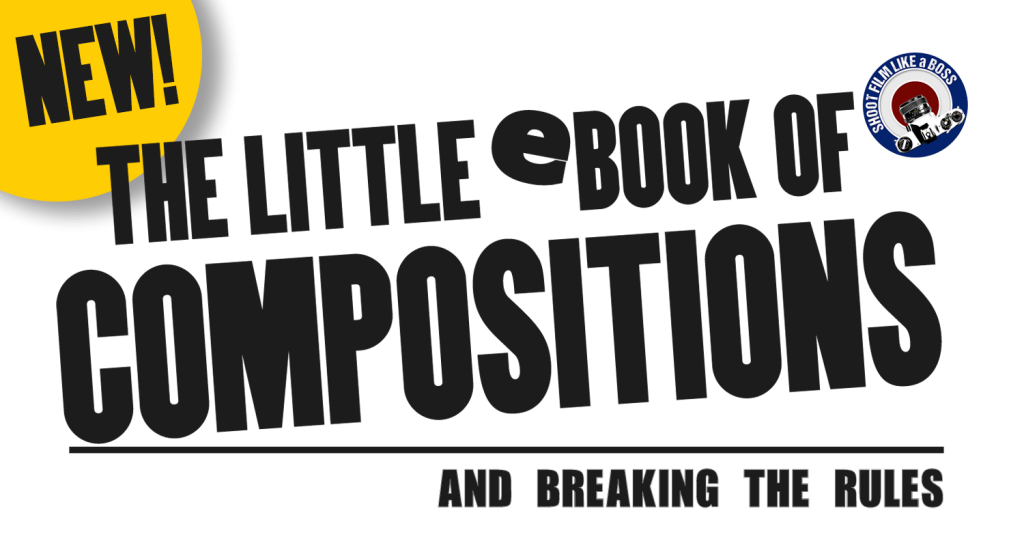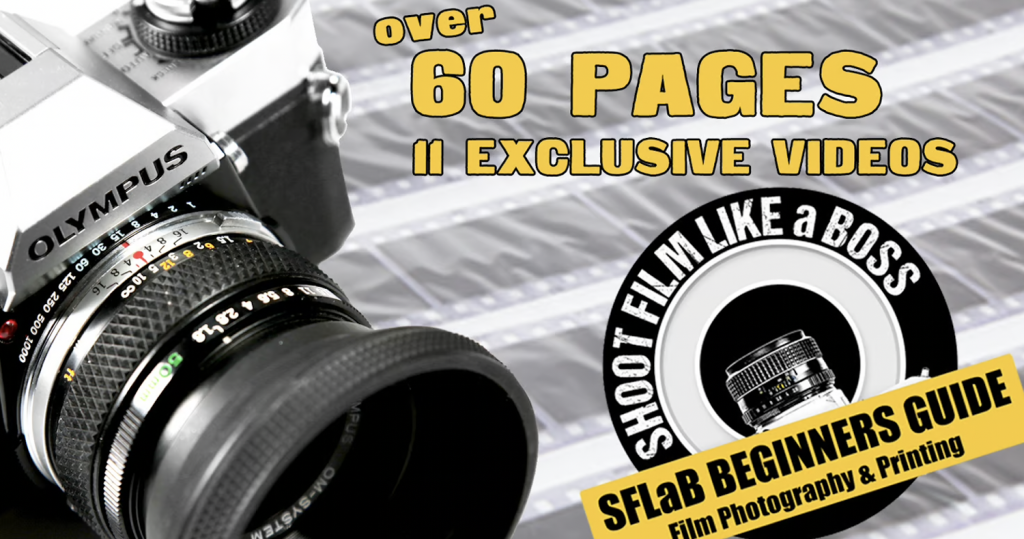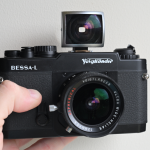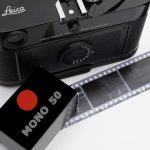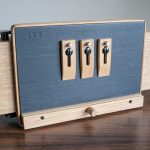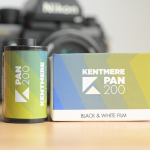Seagulls
Using the Kodak Retinette 1A camera and a roll of Ilford HP5 35mm Film I went to the beach, which is 10 mins from me, to photograph seagulls in action. I wanted to give the images a live feel so I used a 1/125th shutter speed for some motion blur and used an aperture of f/16. The conditions were not ideal for a 400 speed film but the HP5 is very forgiving for over exposed negs! Here are some of the scans. I developed the film in XTOL 1:1 for 12 mins. Knowing that I was over exposing I should have, looking back, under developed by a couple of minutes.
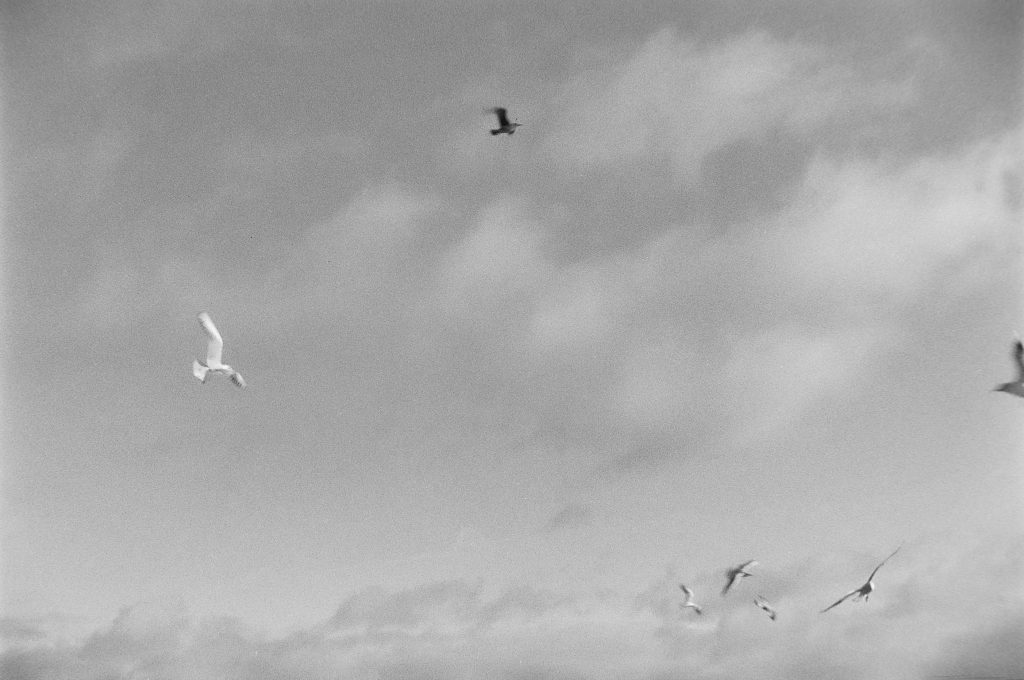
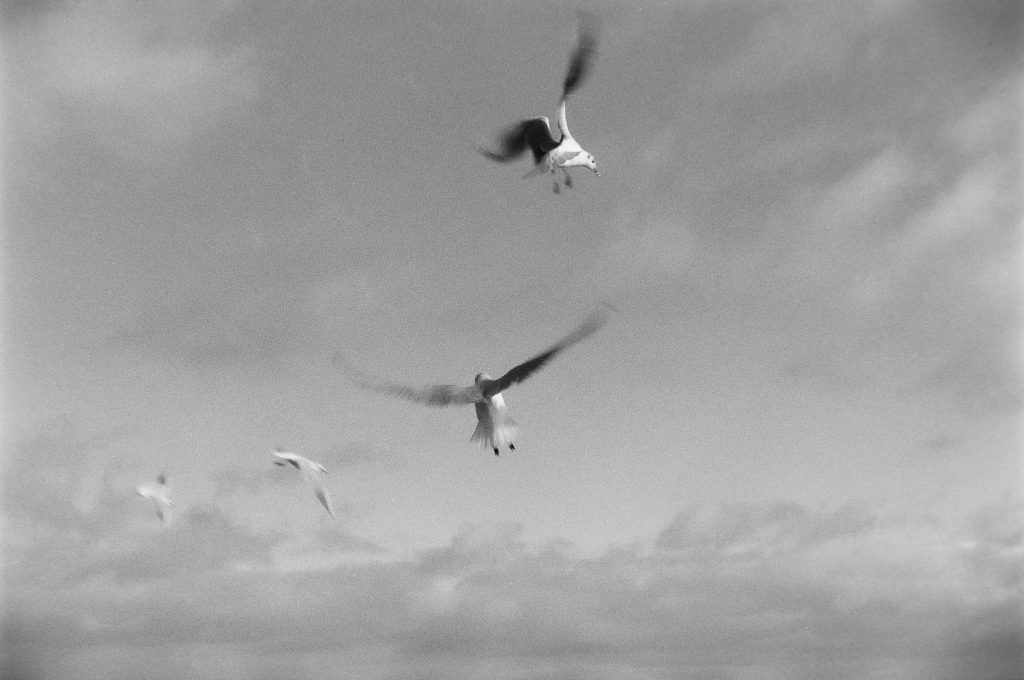
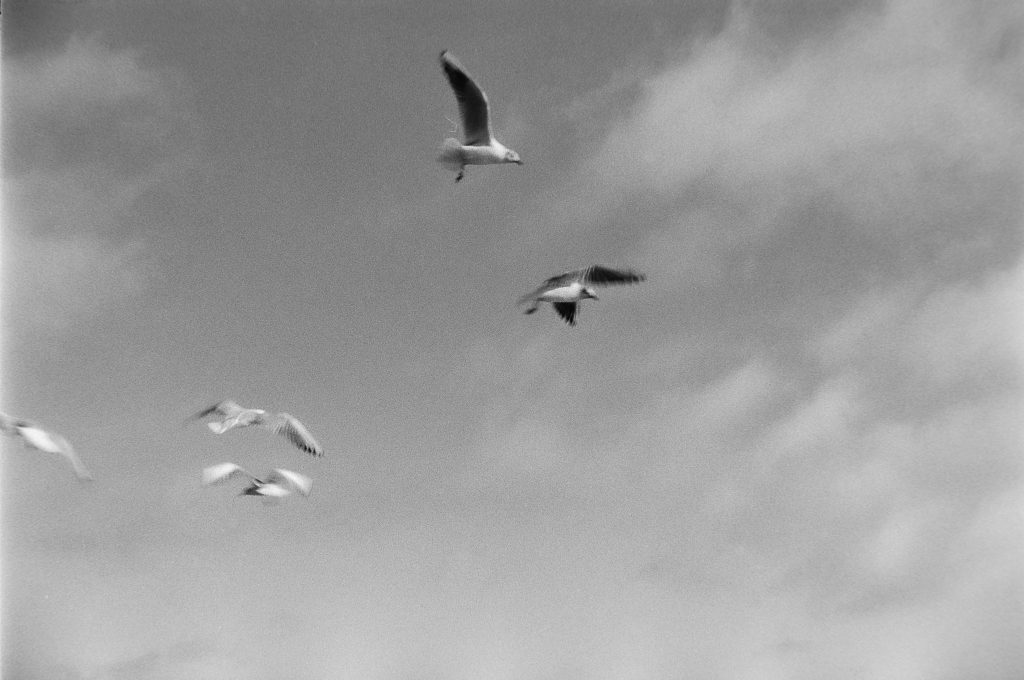
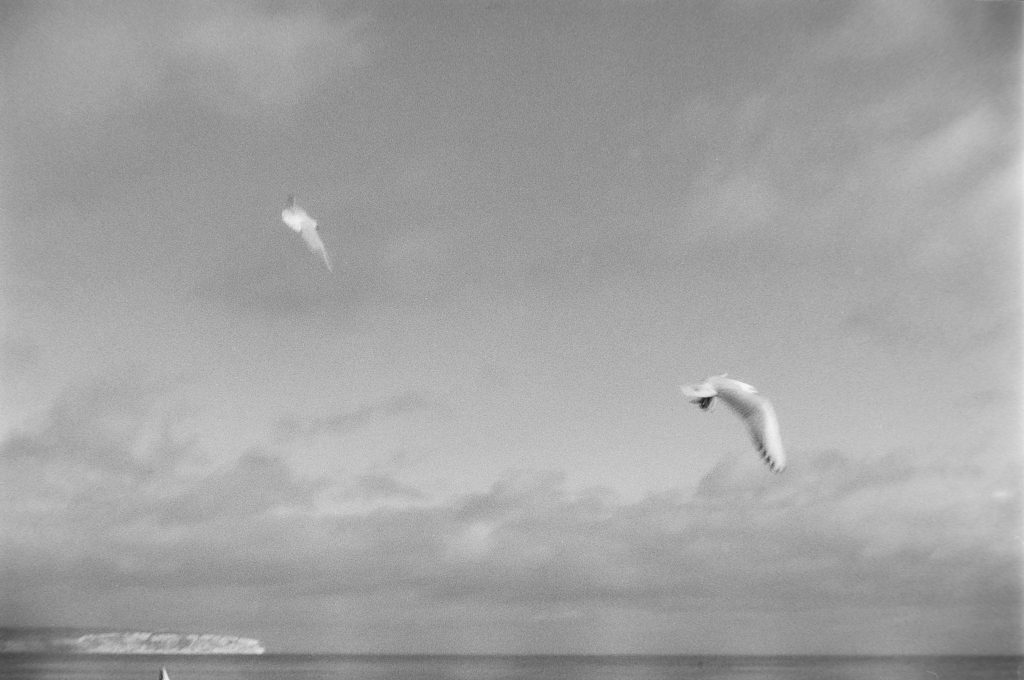
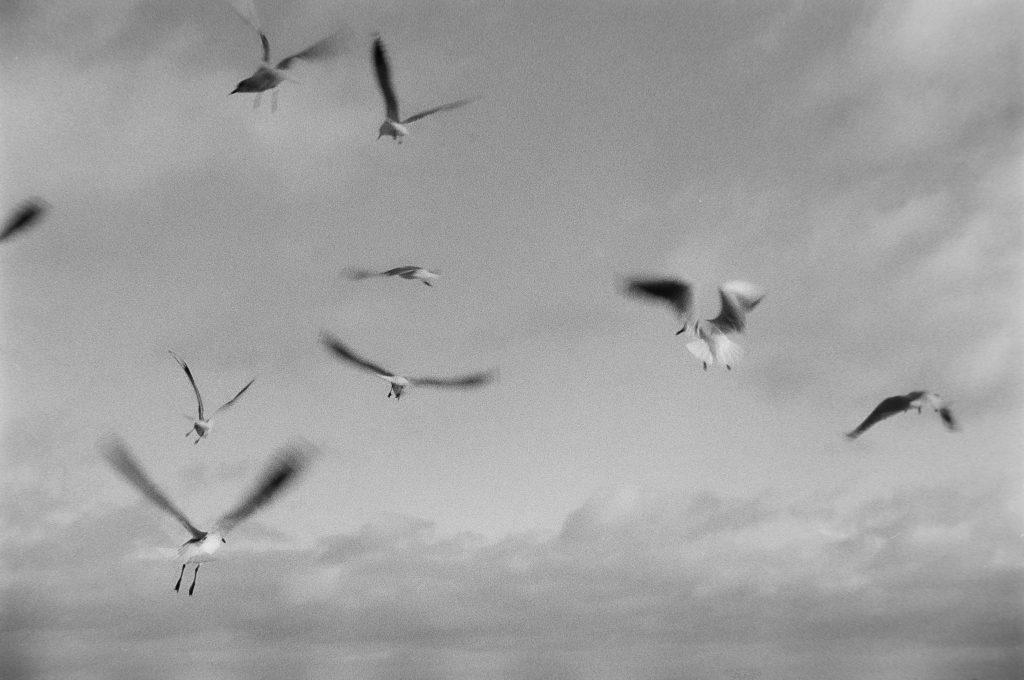
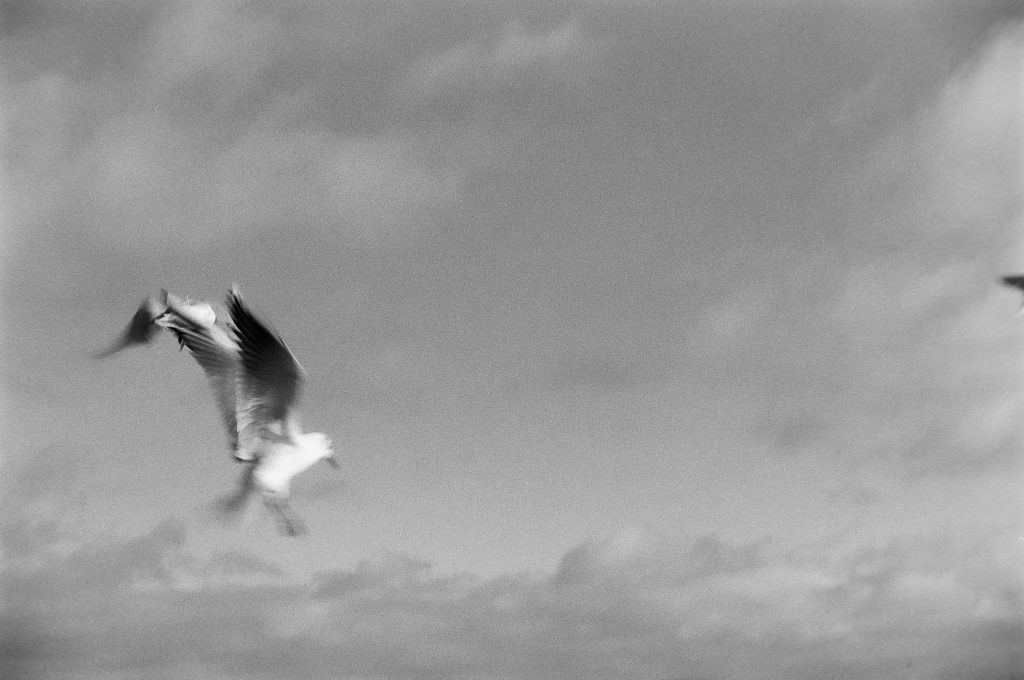
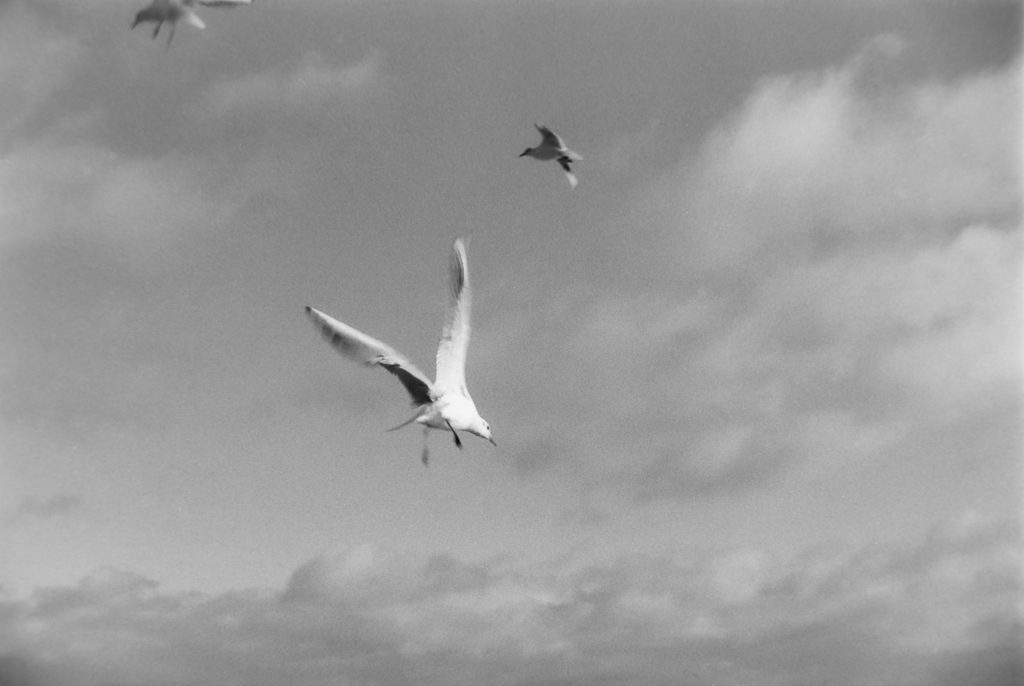
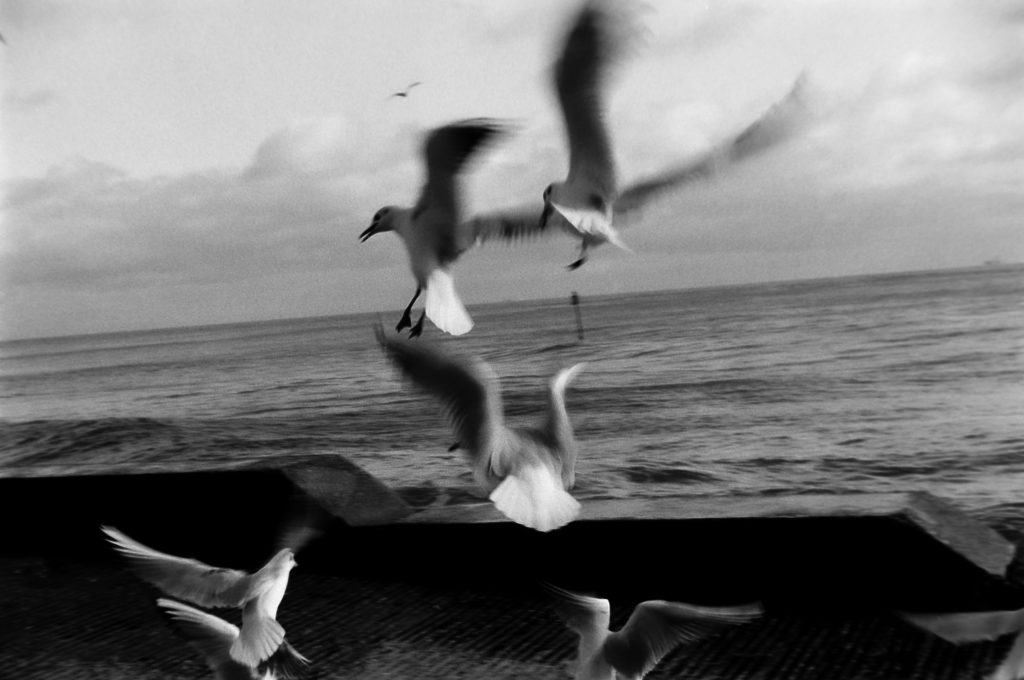
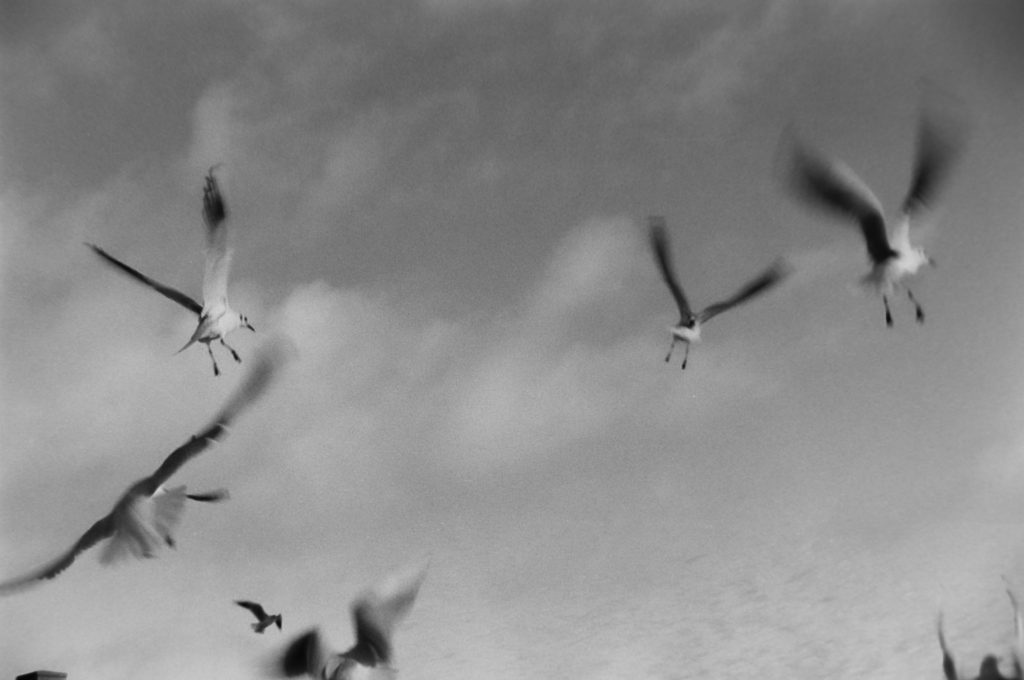
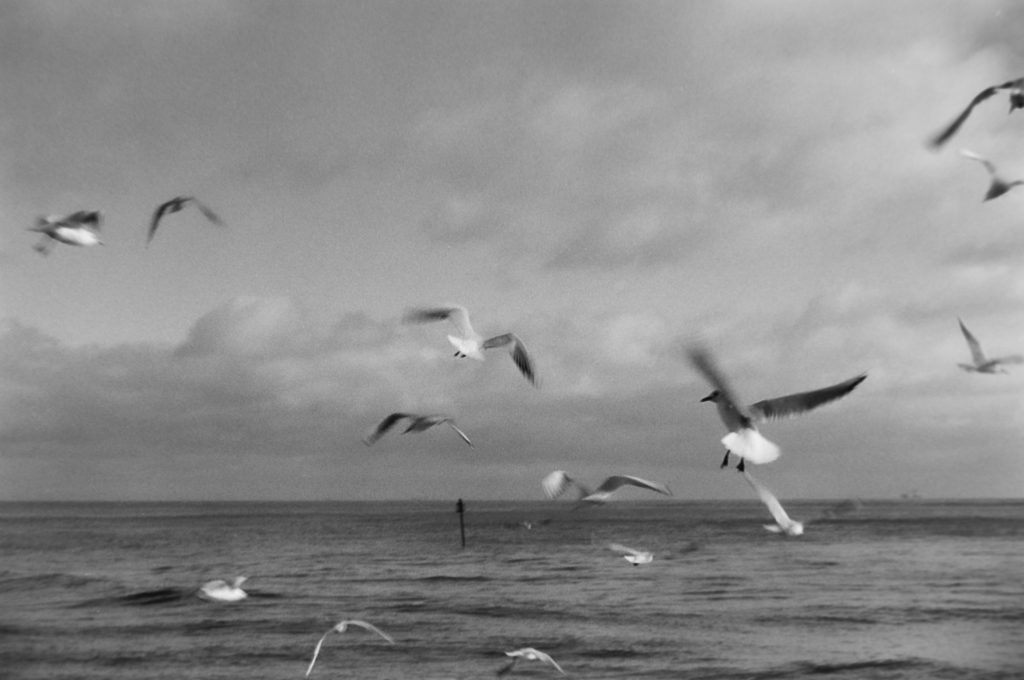
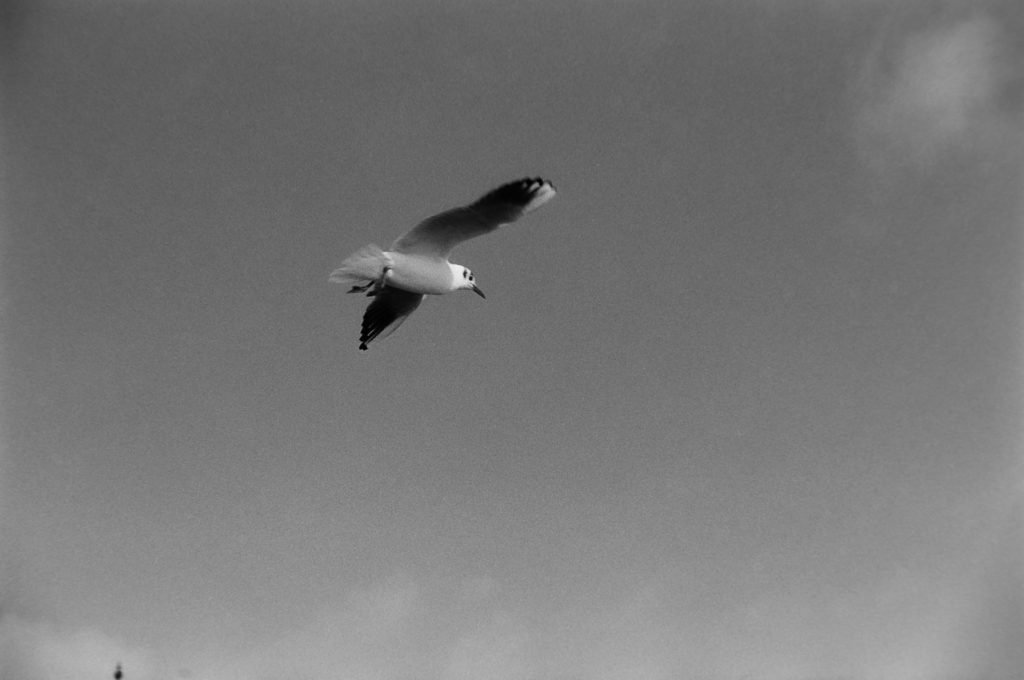
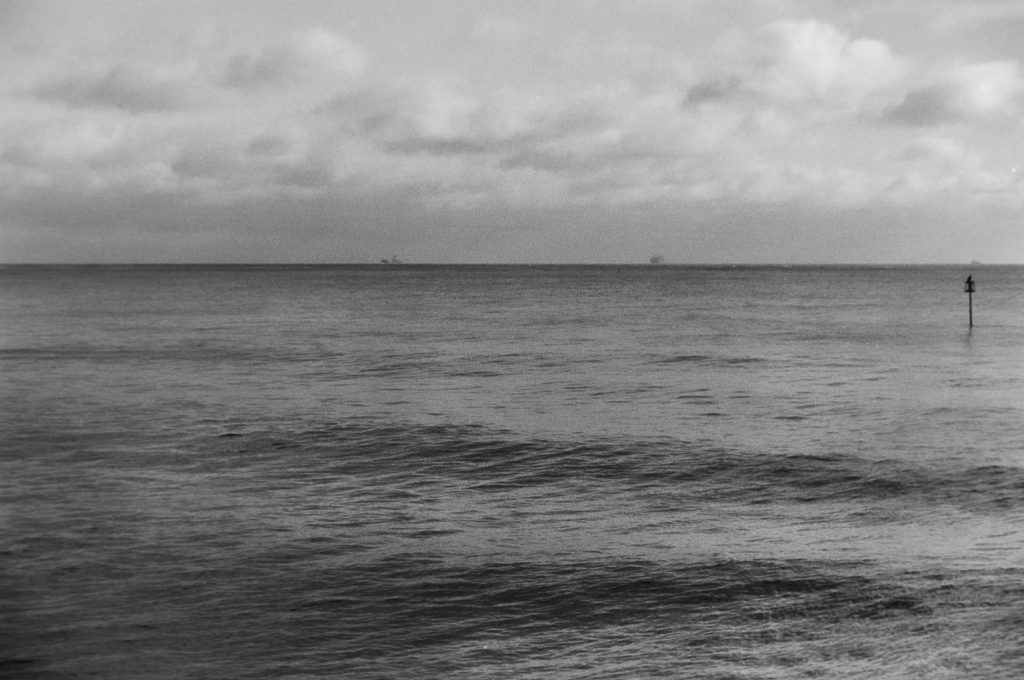
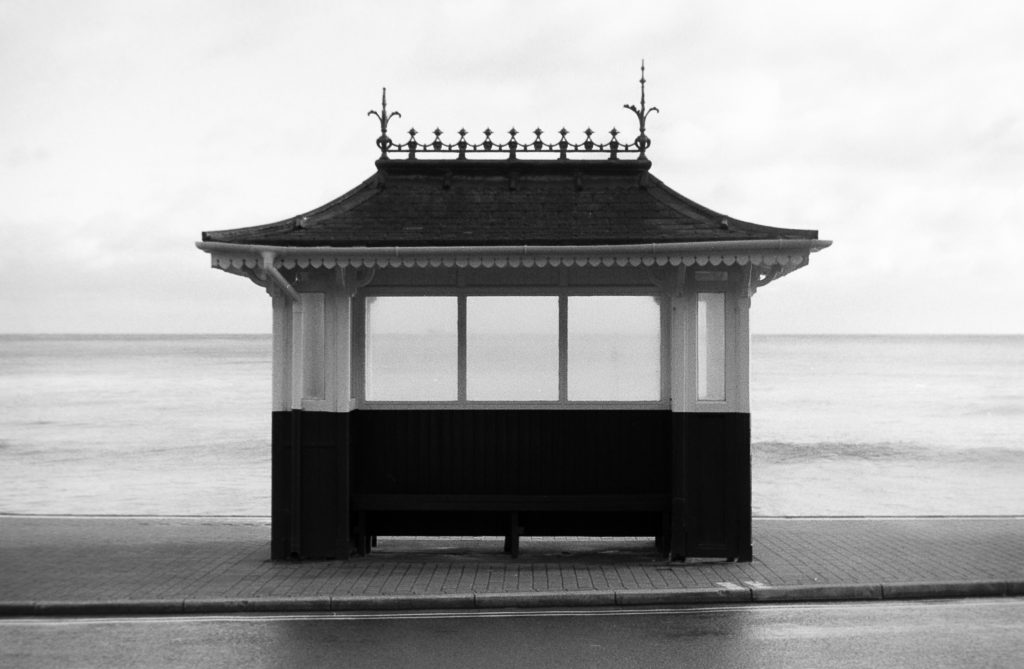
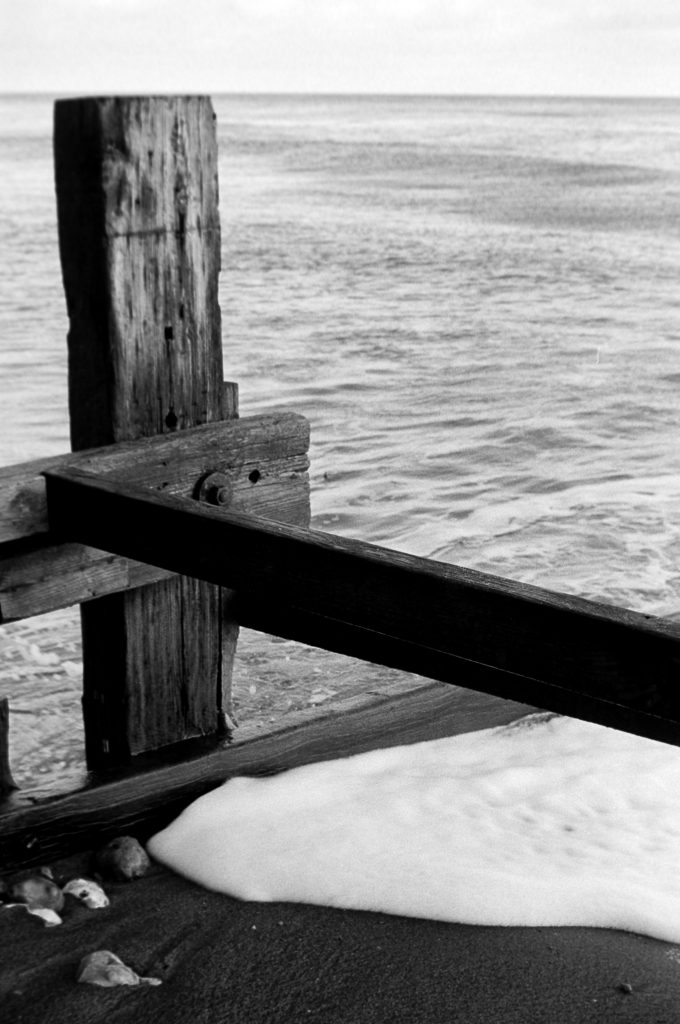
Kodak Retinette 1A 35mm View Camera
A few times my mate Gaz has turned up at my home with a camera he has found in a charity shop. I must admit most don’t work or are in a bad condition, but still, he thinks of me. And I am not the best person to give a broken camera to! I have tried a few times in the past to fix old cameras but there is usually some part or other that is left behind or that I can’t fit back in place.
So when Gaz turned up with this Kodak Retinette 1A in a leather case I had my doubts. I didn’t even know what it was! I’d never seen or heard of it. But. It was in beautiful condition. I had to take notice. Especially as I noticed the words “Made in Germany” on the front. Must be quality!
It didn’t work. It wouldn’t fire. But looking at the top case I figured that is where all the clockwork is and it appeared to be easy to open with only a few screws holding it together.
So I went to work and took the top off. Apart from the viewfinder parts falling all over my desk everything else seemed solid. Straight away I noticed the firing pin was loose. So I positioned it and the camera started to fire. All I needed to do now was get it all back together. Before I did that I ventured more and removed a few more bits so I could clean the viewfinder and associated mirrors. They cleaned up nice and I managed to get it all back together.
I now have a mint working Kodak Retinette 1A to shot. If it worked still!
All I needed to do was check that the focus was accurate, there were no leaks and that the shutter speeds were well in tune.
I loaded a roll of Ilford HP5 and set up a small scene of dead Tulips. With the minimum lens focus distance of 3.5ft and using a tape measure I got exactly 3.5ft from the Tulips to the cameras film plane.
I could now test the focus and shutter speeds and aperture blades all in 4 frames. I metered the scene and started at F/11 1/30th. First frame taken. Then I went through the speeds compensating with the aperture.
f/11 – 1/30th
f/8 – 1/60th
f5.6 – 1/125th
f4 – 1/250th
If all of my negatives were relatively the same exposure AND in focus then everything works.
I also took a few frames outside to test the focusing on Infinite and another frame on a broken Buddha where I used Zone Focusing measuring just in front of the Buddha to be 3.5ft at f11 and anything between 3.5ft and 6ft would be in focus. It was.
Here are my images.
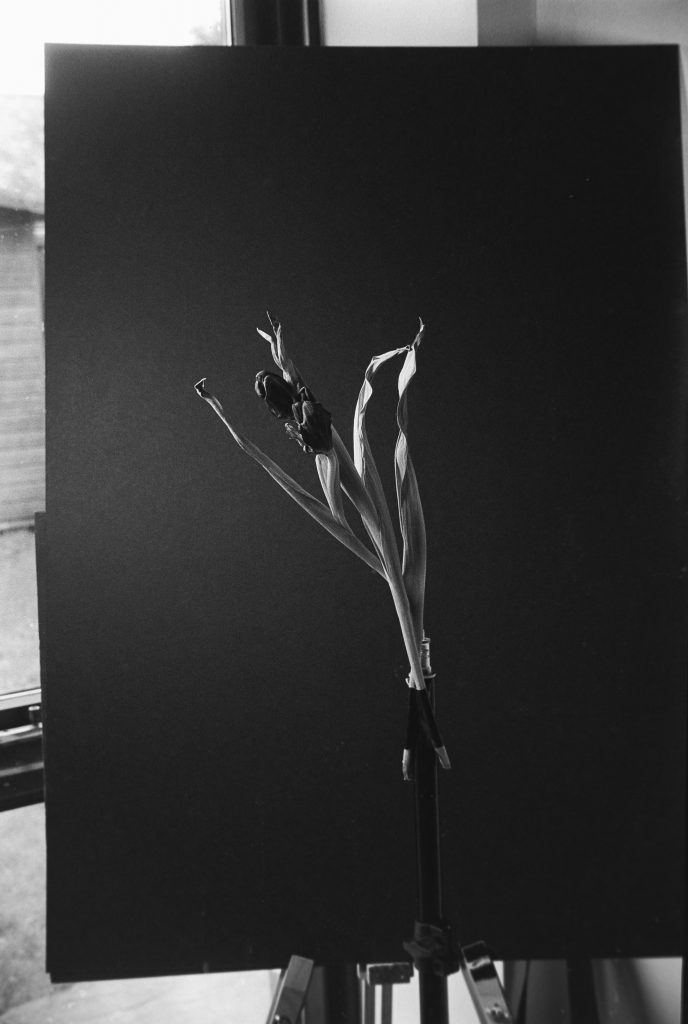
f/11 – 1/30th 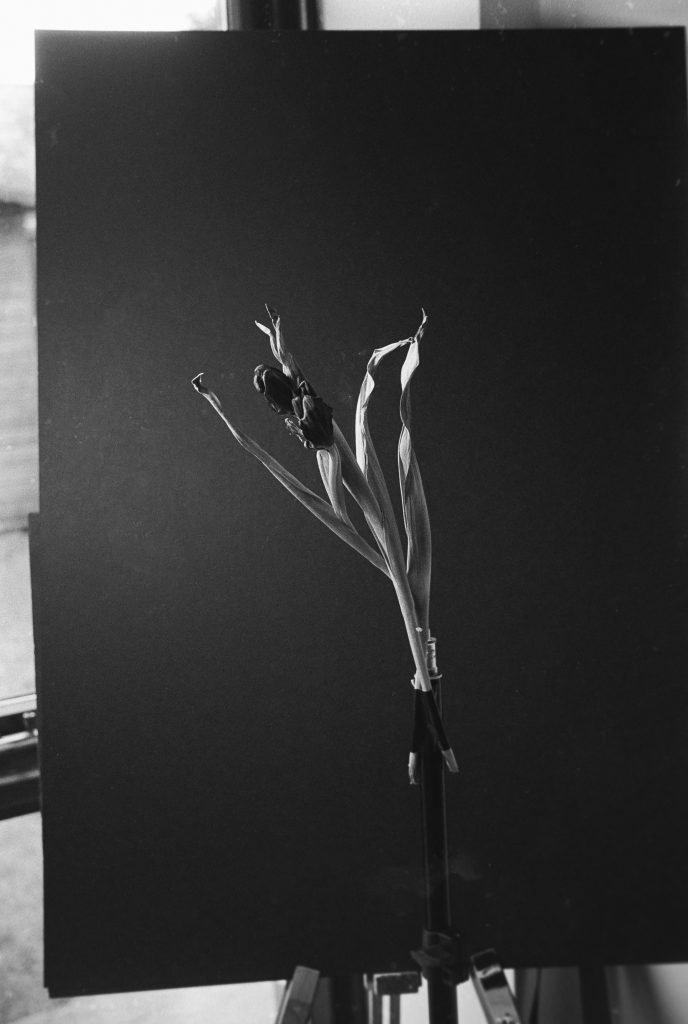
f/8 – 1/60th 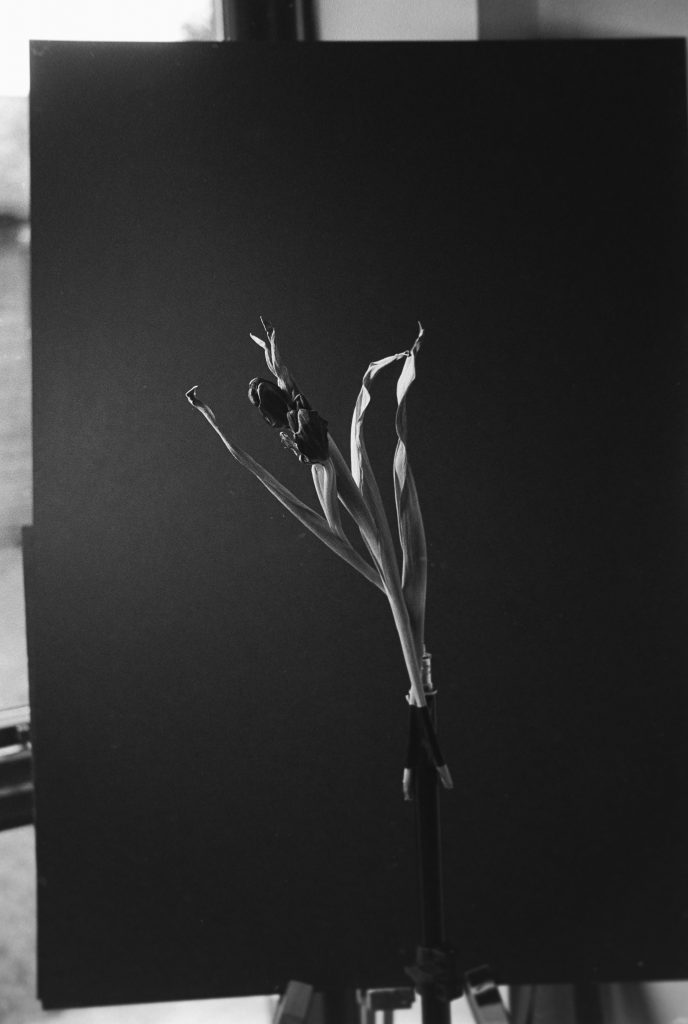
f/5.6 – 1/125th 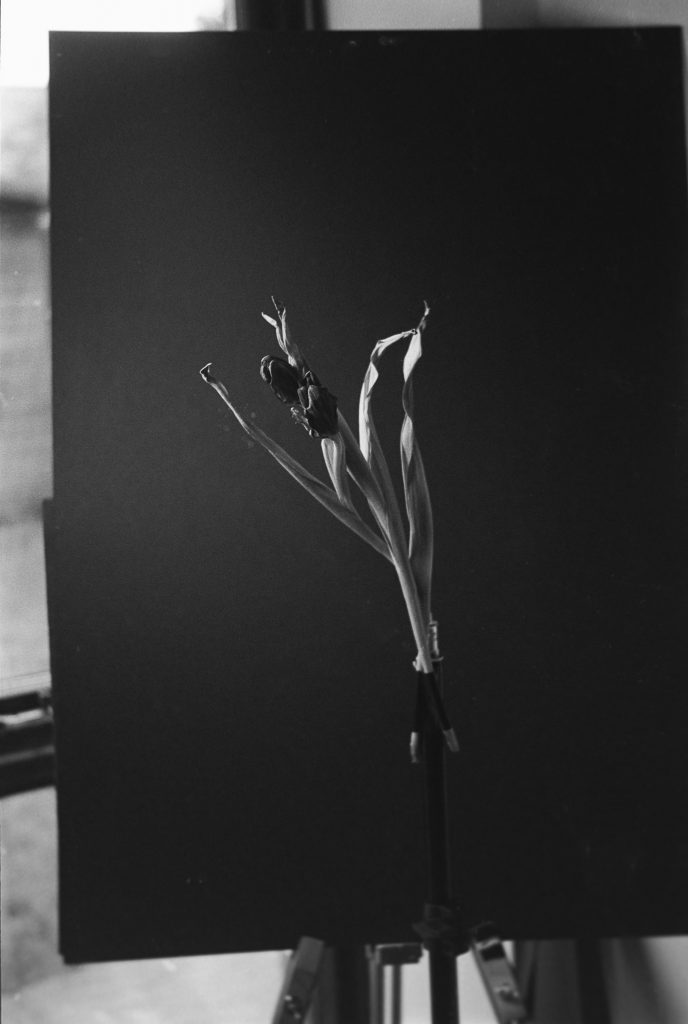
f/4 – 1/250th 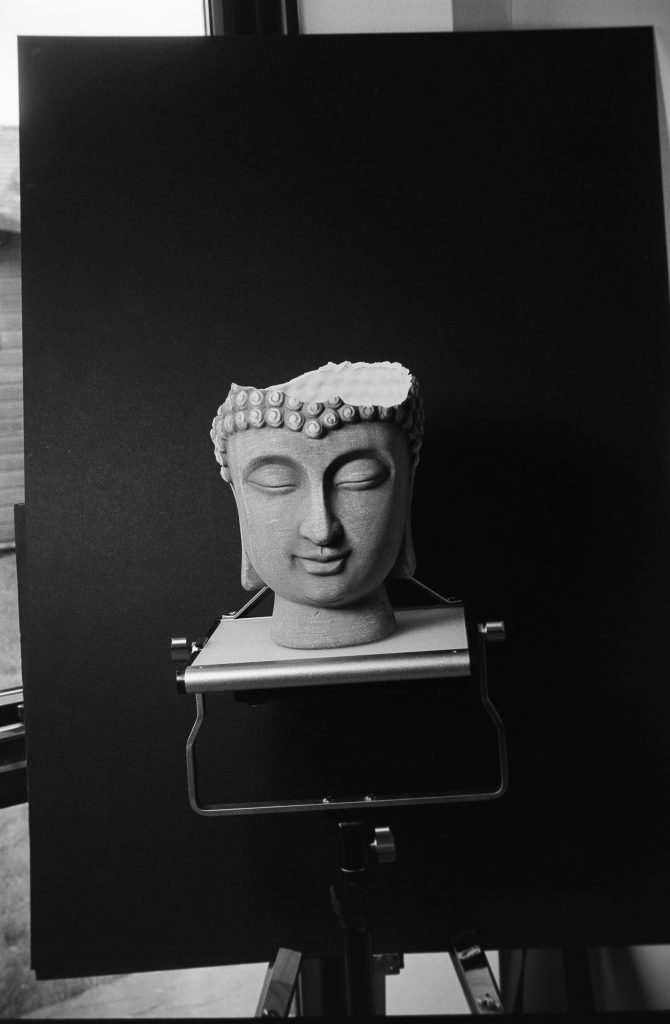
I don’t need to bang the history drum of this camera. It’s all online to find but I’m just pleased I got it working again and looking forward to trying some more creative photographs with it in the future.
Cinestill Monobath DF96
Thanks to Garygeezer on Instagram for sending me this developer to try out for the first time and thanks to all that have commented on the video I released in my “Wednesday Wonder” series.
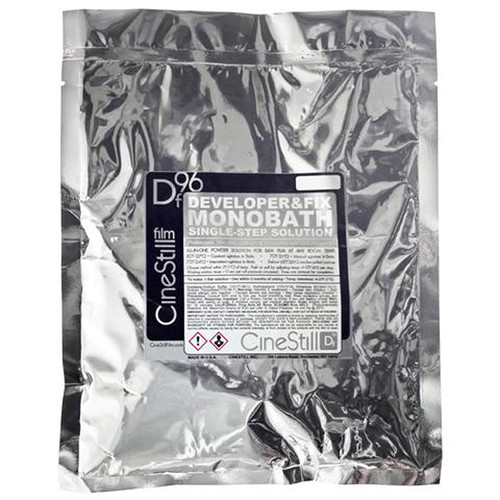
Gary sent me the powder version to try out. It makes 1 Ltr.
First of all let’s get on with the mixing. The instructions are very clear and similar to other powders such as XTOL and D76. Part A and Part B.
It says to use Distilled Water, however, I always use our tap water which I’ve never had any issues with. I filled a jug with 700ml of water at room temperature (20°) and mixed in part A. It took about 10 minutes or so to fully dissolve with constant stirring. The colour was a muddy looking colour. I then poured in Part B which looked like Hypo Crystals. These took a bit longer to fully dissolve and once they did the colour of the soup was not as clear as I imagined. Almost a very light yellow. I then put the 1Ltr liquid into an accordion bottle which is where it will keep.
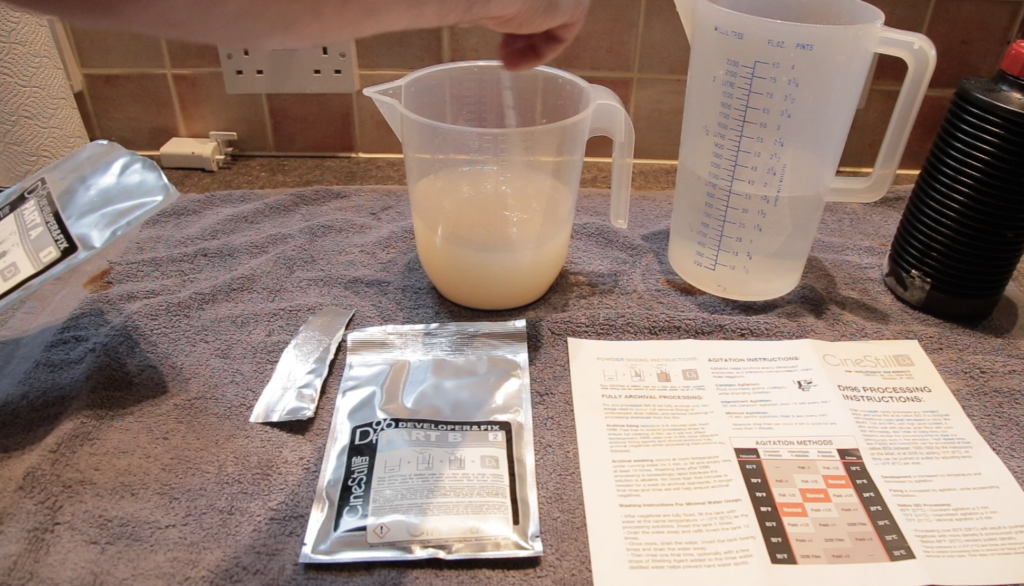
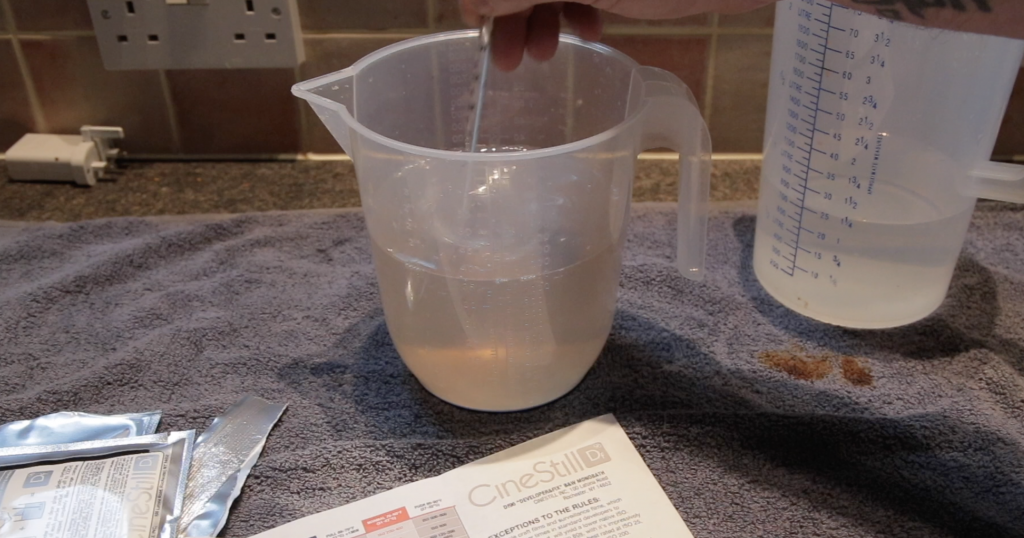
Next step was to take some photographs. I chose to shoot a tulip against window light. For this I used a Mamiya RZ67 and a roll of expired Ilford FP4 (2014).
After the shoot I then proceeded to develop the film.
The instructions are quite simple to follow. For my film I chose “Minimal Agitation” 6 minutes with 10 seconds Gentle agitations to start and then 5 second inversions every minute after. (see instructions)
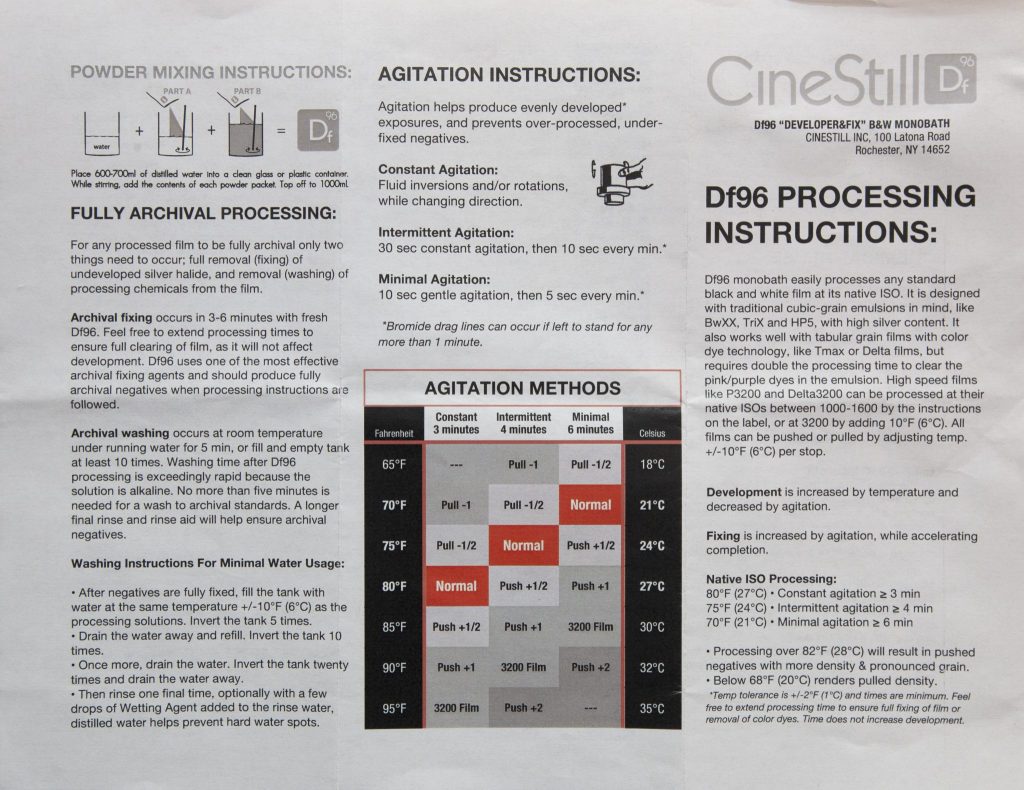
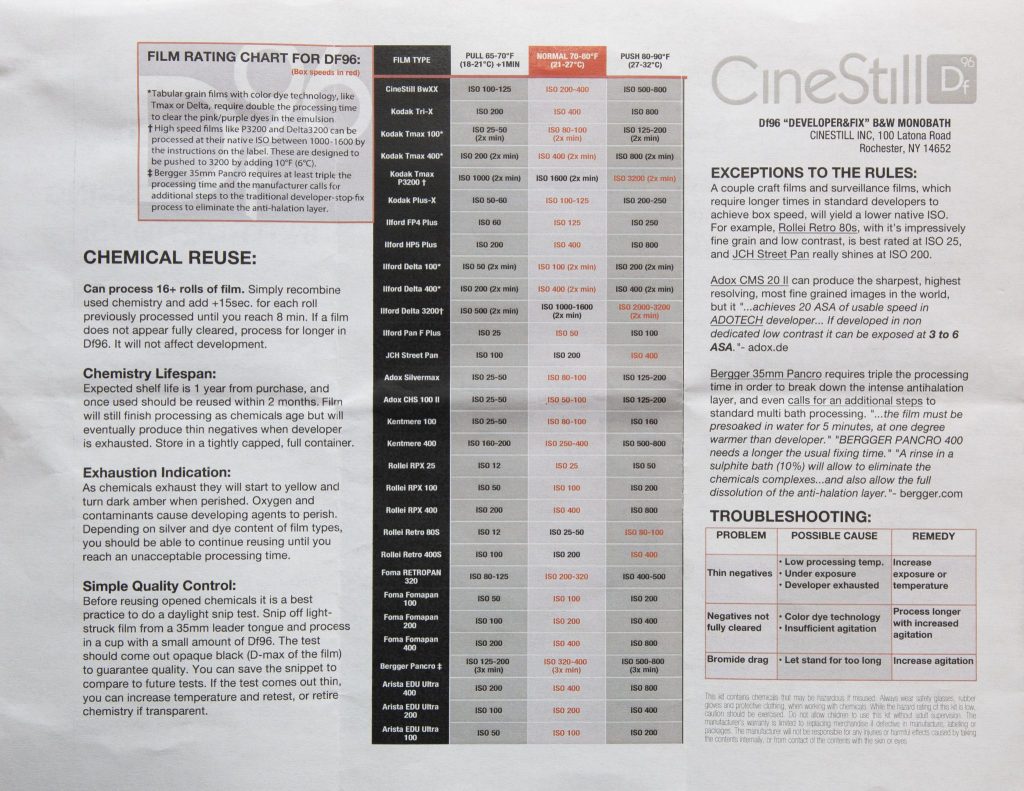
After the wash the negatives were very flat and looked under developed. I followed the instructions.
I guess it wasn’t fair to use an expired film on a test so I took another roll of 2014 FP4 and took the same shots and developed in Rodinal. This time my negatives were as expected.
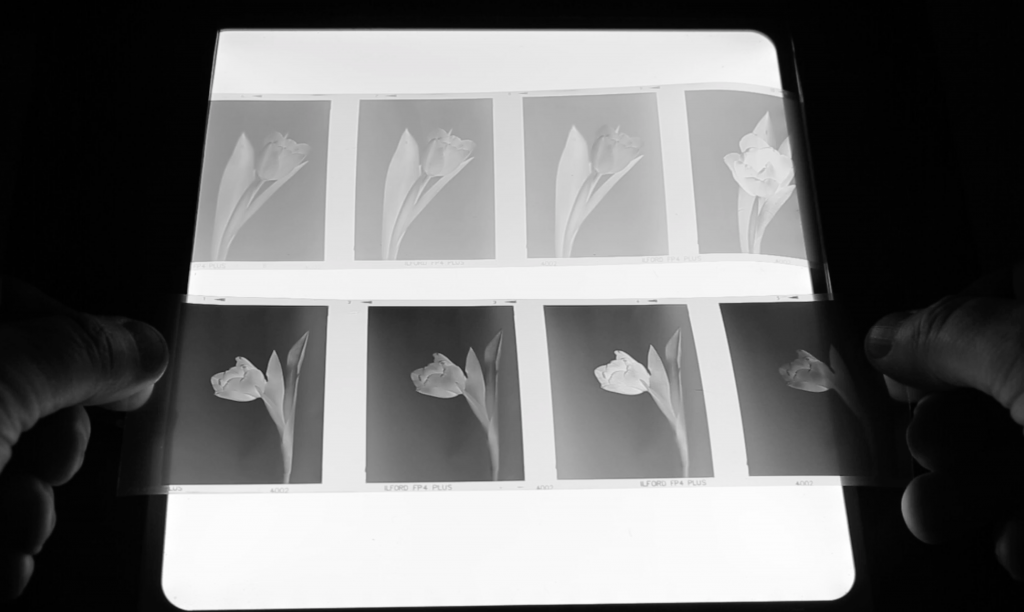
So what went wrong? I followed the instructions for FP4.
I ran out of FP4 and made a few more tests with Ilford Ortho 80 film by shooting single frames and cutting them out of the camera in the dark and used the films container as a dark tank to develop.
The one below was 6 minutes. 10s inversions to start and then 5 inversions each minute at 21°. Still under developed.
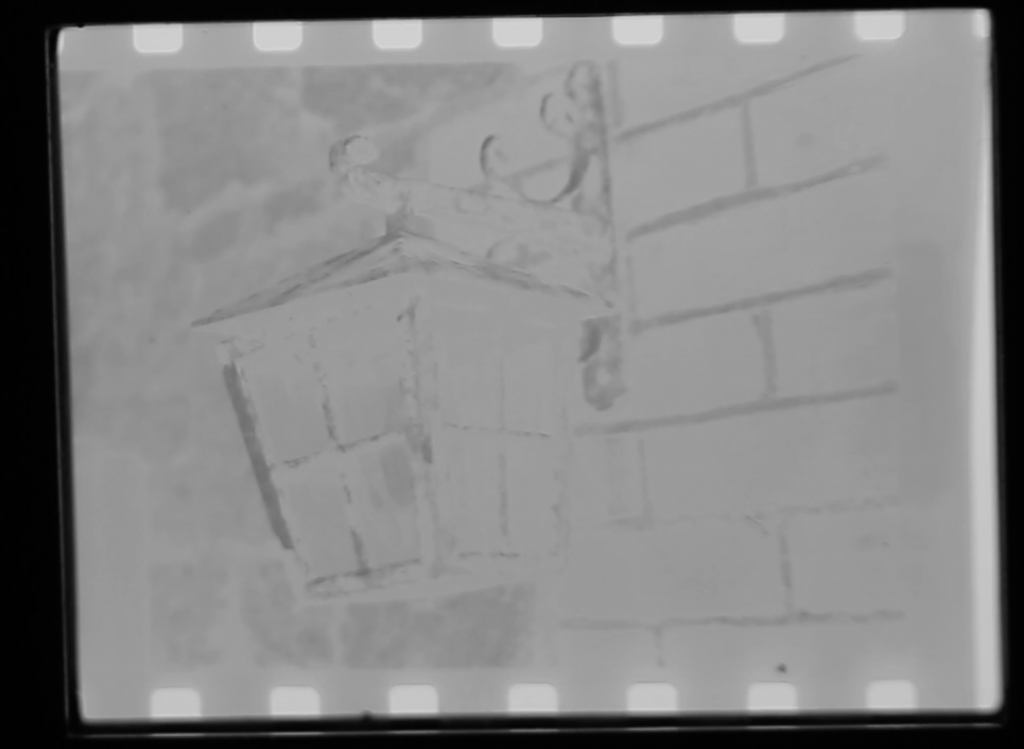
The one below was 6 mins constant inversions! 21°. Still under!
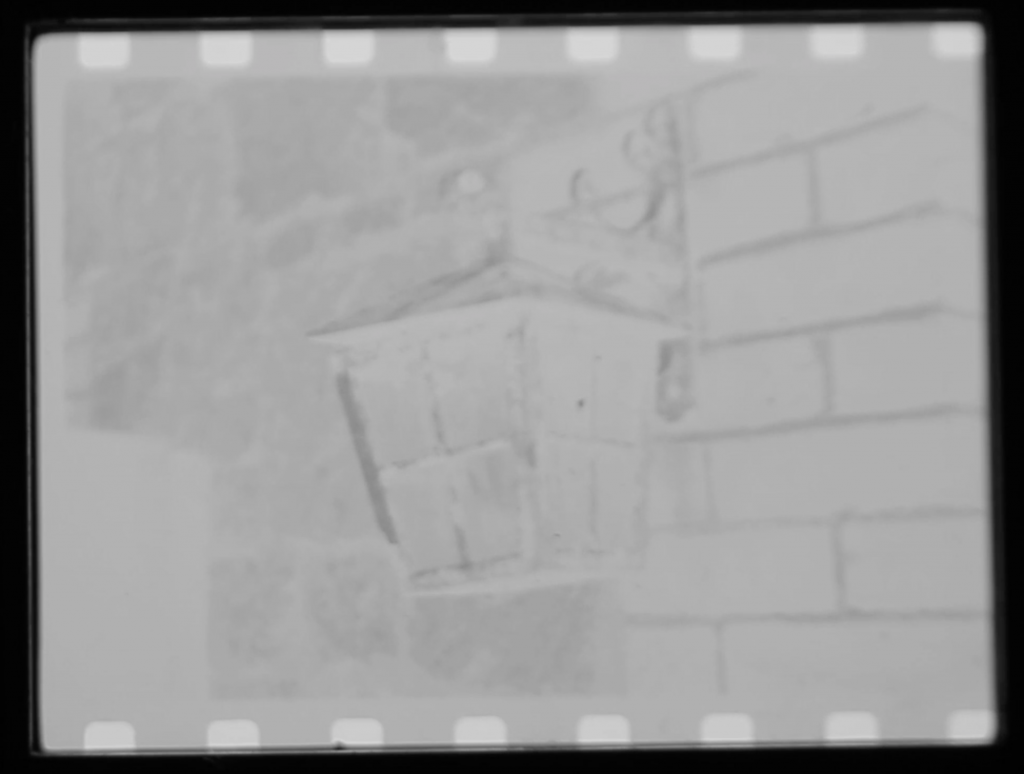
This one was 10 minutes constant inversions at 30°. I now have better results. I now know the developer is working!
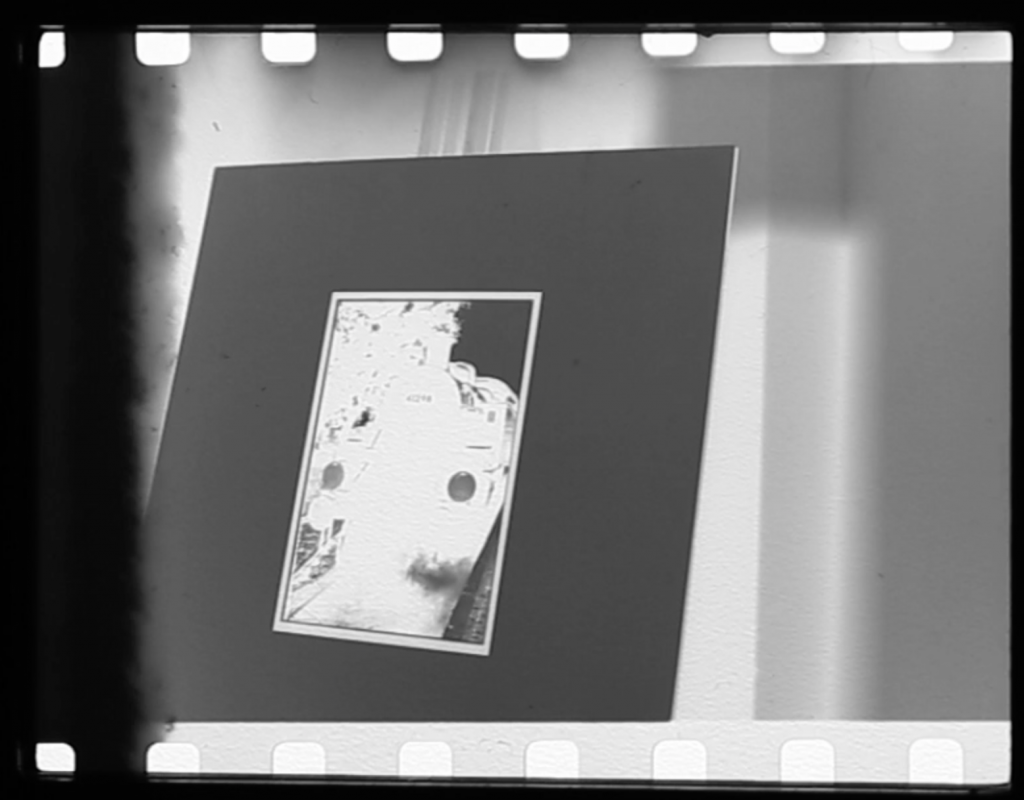
The instructions say DEVELOPMENT is increased by Temp and Decreased by agitation. FIXING is increased by agitation. Interesting as I inverted this continuously for 10 minutes. Maybe it was the temp that got the development up to speed.
So going forward maybe I need a higher temp and less agitation going against what the instructions say. So I decided to make more tests .
The one below was 6 minutes at 27°. 10 second inversions to start then 1 inversion every minute. At last. A result!
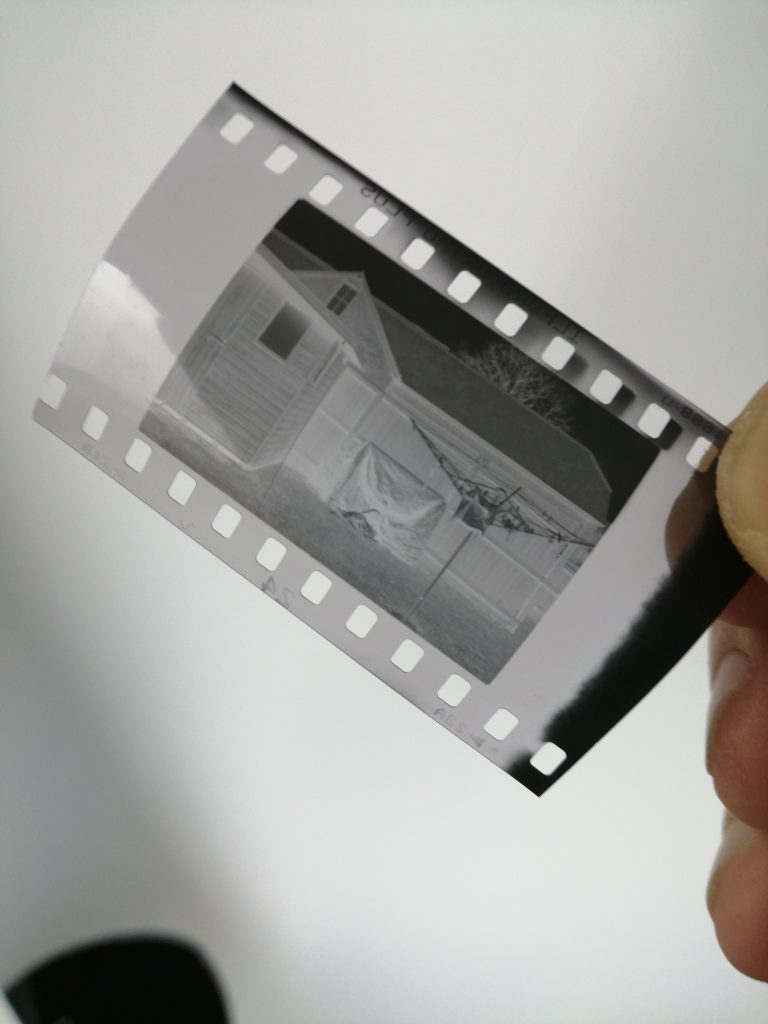
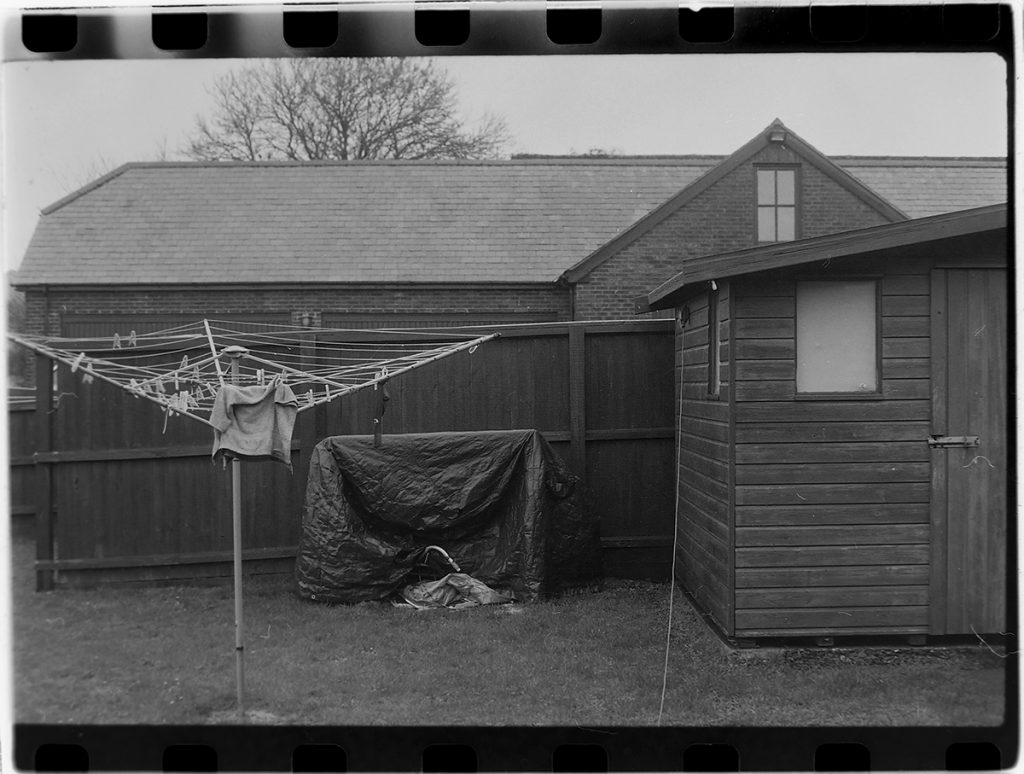
So with that in mind I shot the last of the Ortho 80 which had 8 frames left on some Tulips and proceeded to develop using the above times. Here is what I got…
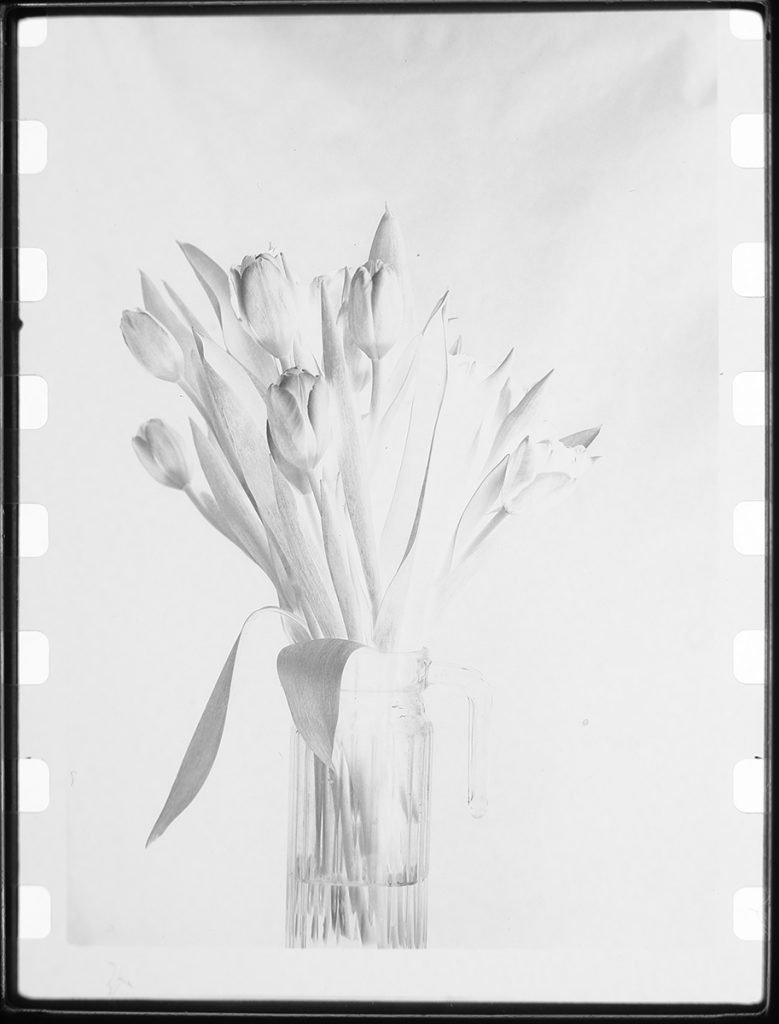
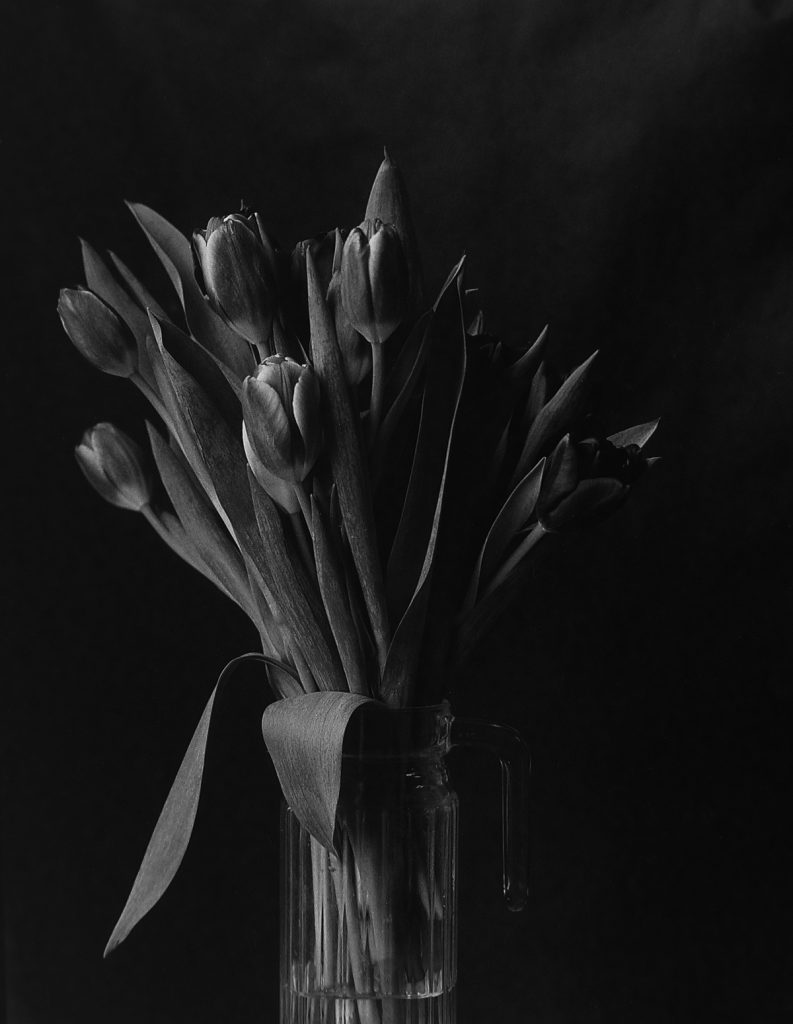
So these are Red and Orange Tulips shot on Ortho Film. That explains the dark flowers, regardless this has not come out that bad at all and I am impressed. I had to scan the Negative using my DSLR and just pulled the blacks down in Photoshop.
So onwards and upwards. Like anything new we have to play and experiment until we find a sweet spot and then decide if we like or dislike the process.
Will Cinestill Monobath pull me away from my regular developing practices? Not at all. I know where I am with my choice of film and developers but it sure is interesting to try something new that I would have otherwise never bothered to try. Saying that I do like to play around with single film frames in my darkroom trying out camera leaks, solarisation, toning and other fun stuff whilst using the films container to develop so I can imagine monobath will be much easier for me to develop my film without going through the stop and fix making my experiments quicker when developing. Of course not for testing film though!
I also think that it is great for those just starting out that don’t have the space and want to get into developing film without all the added extra of stopping and fixing. Of course it doesn’t take long to do but it’s something else not to worry about. Just Dev & Go! But… In time you may want to try other developers where you will need to use stop and fix.
You can see the video of my first try on my YouTube Channel on this link.
Cinestill Instructions
Here is the instructions for Cinestill monolith if anyone is interested in having a read.
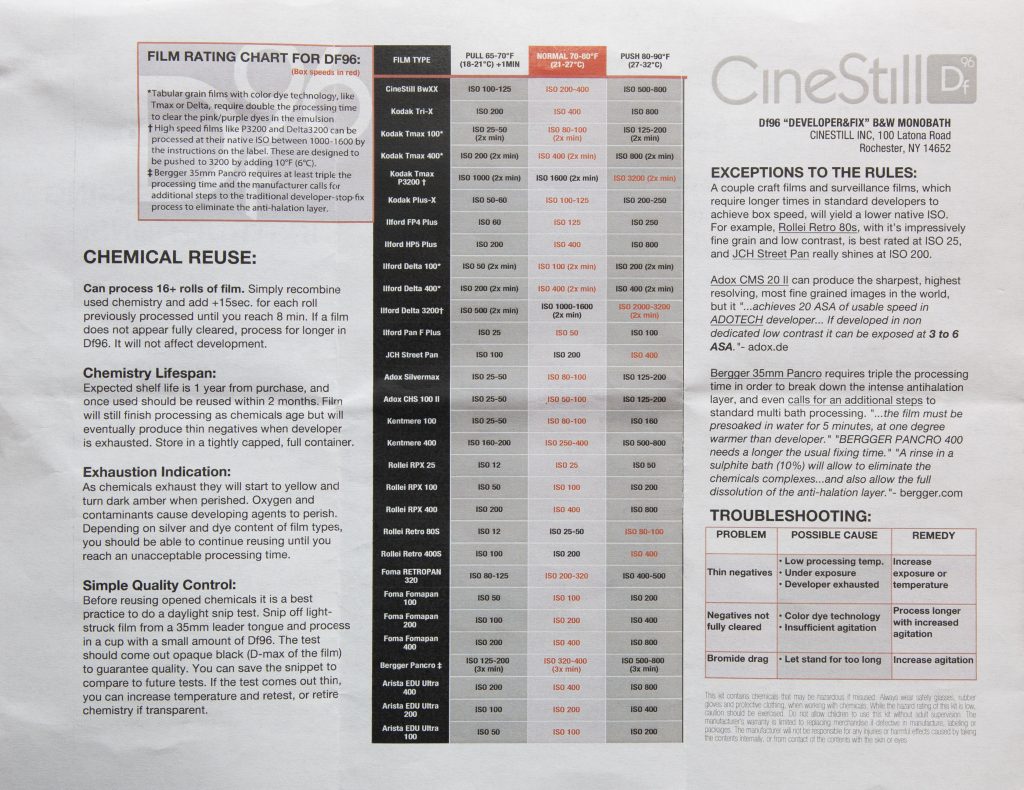
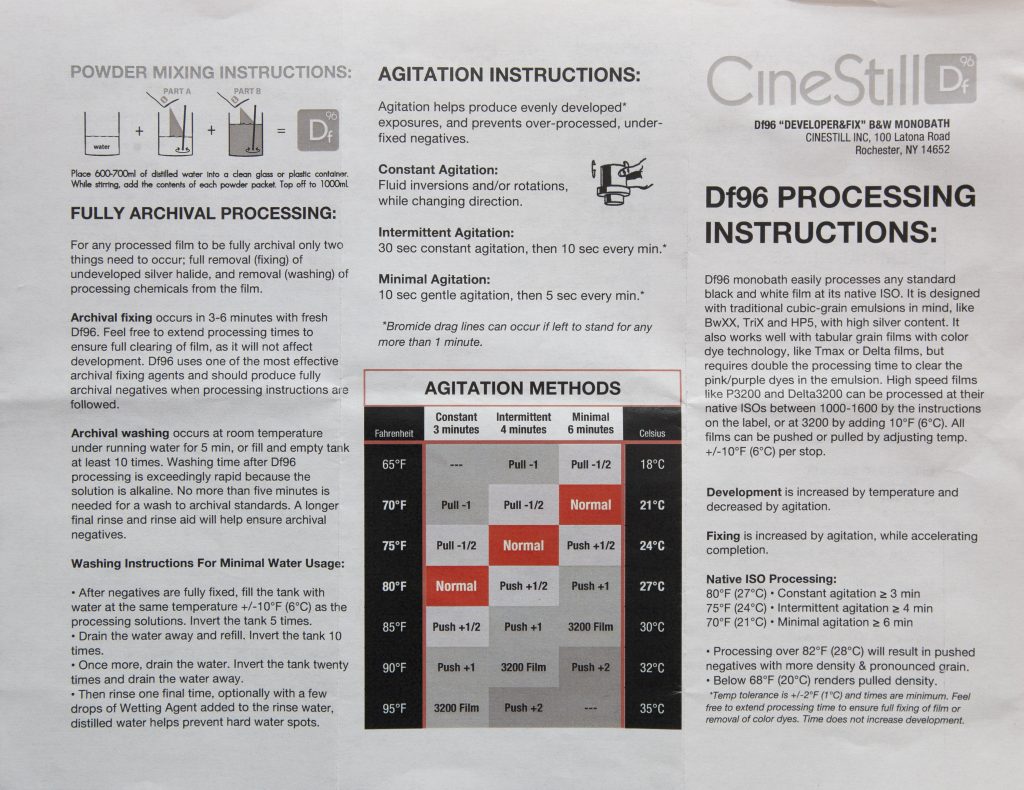
Ilford Ortho 80 & and Yellow Filter
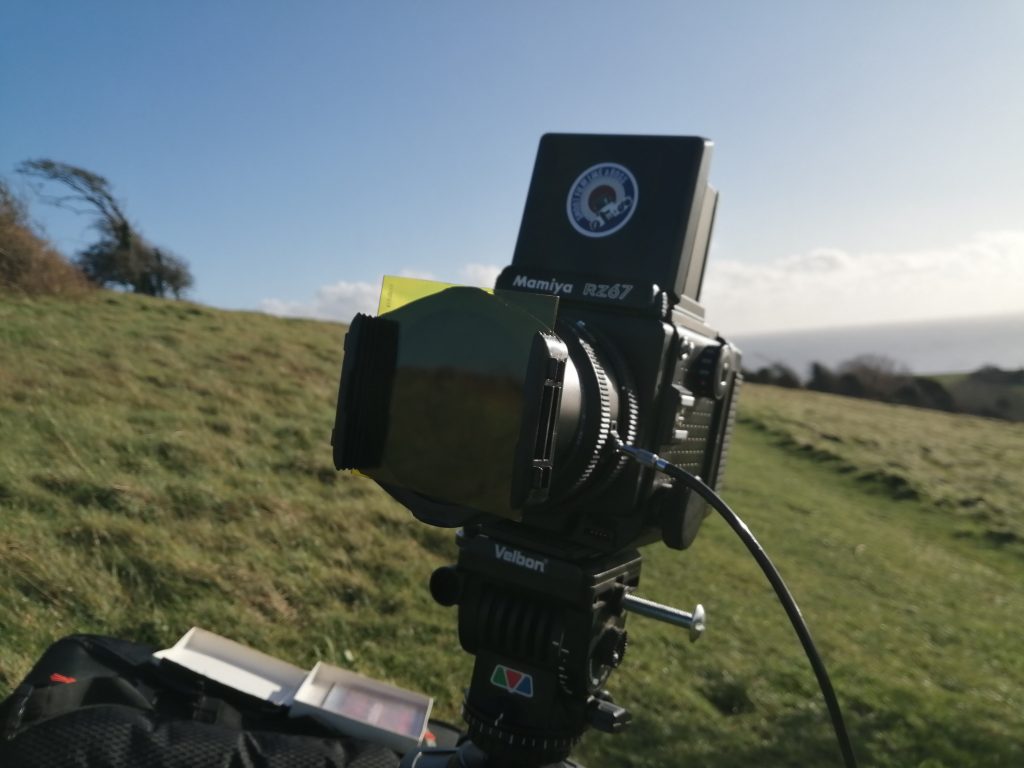
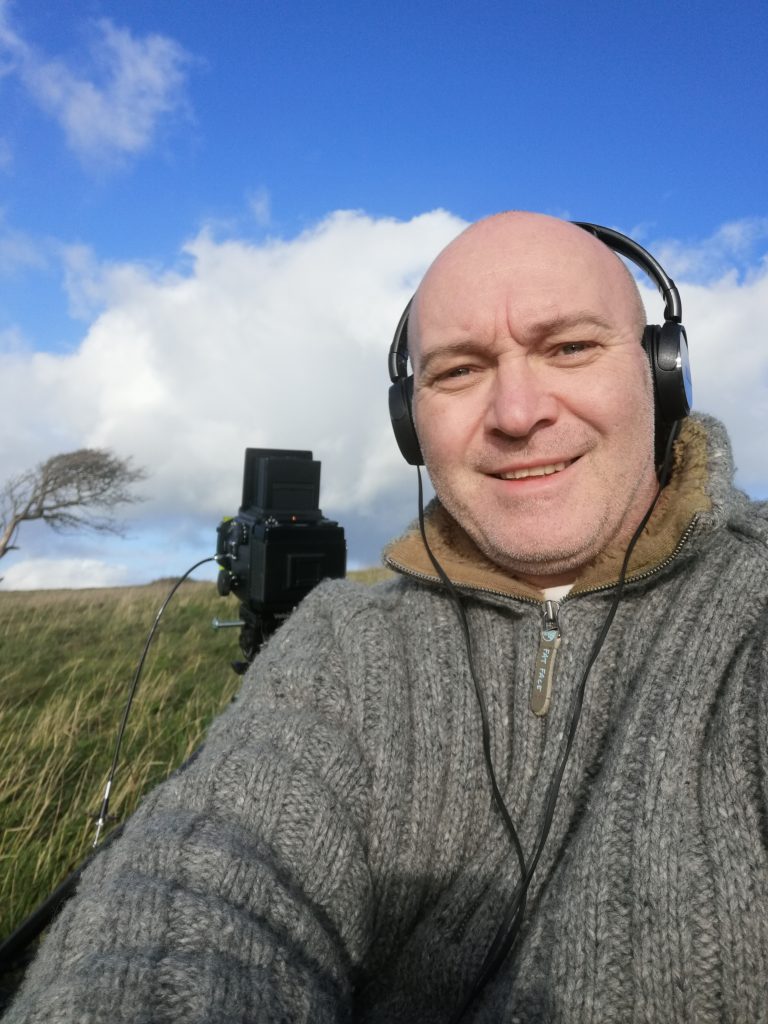
In my recent filter activities I took the Yellow Filter to the Downs. My Yellow Filter (Cokin) says allow 1 stop compensation when using it. But this is Ortho Film. Ilford say allow 2.5 Stops for a Yellow Filter. So with that in mind I took a series of shots taking one with and one without. I am pleased with the results too.
I metered at f16, 1/125th shutter. So when I used the Yellow Filter I simply allowed to stops compensation bringing my exposure to 1/30th with the Yellow Filter.
These are DSLR Scans of the negatives. I developed the film in Rodinal 1:25 for 6.5 Minutes at 20°.
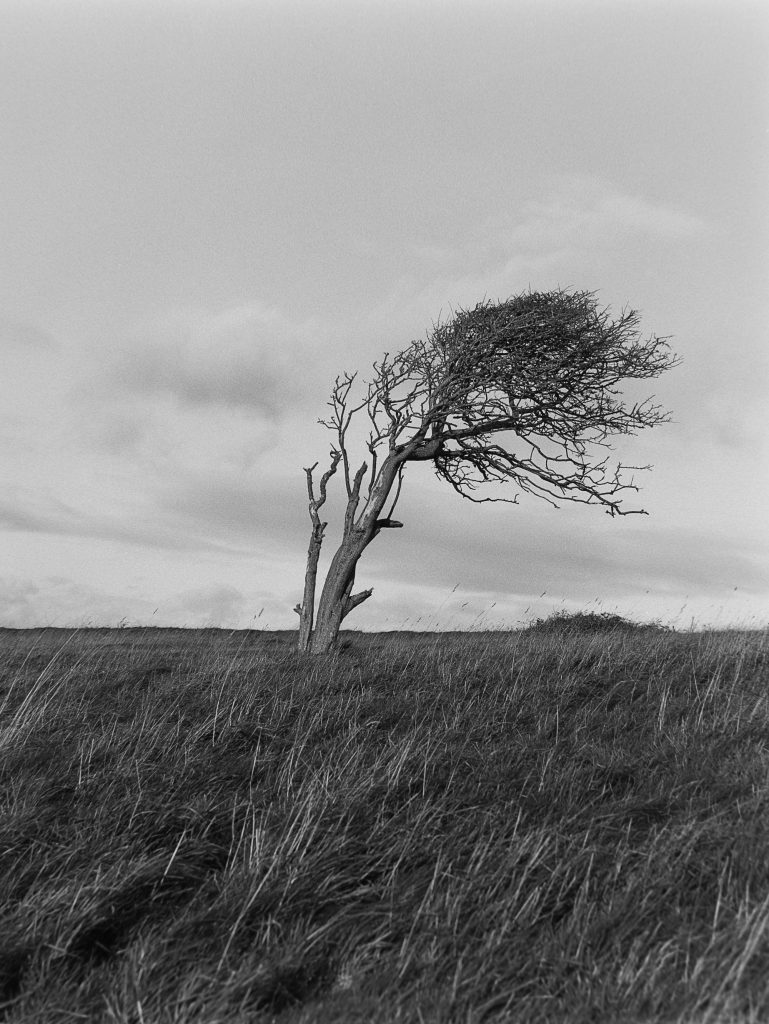
Normal 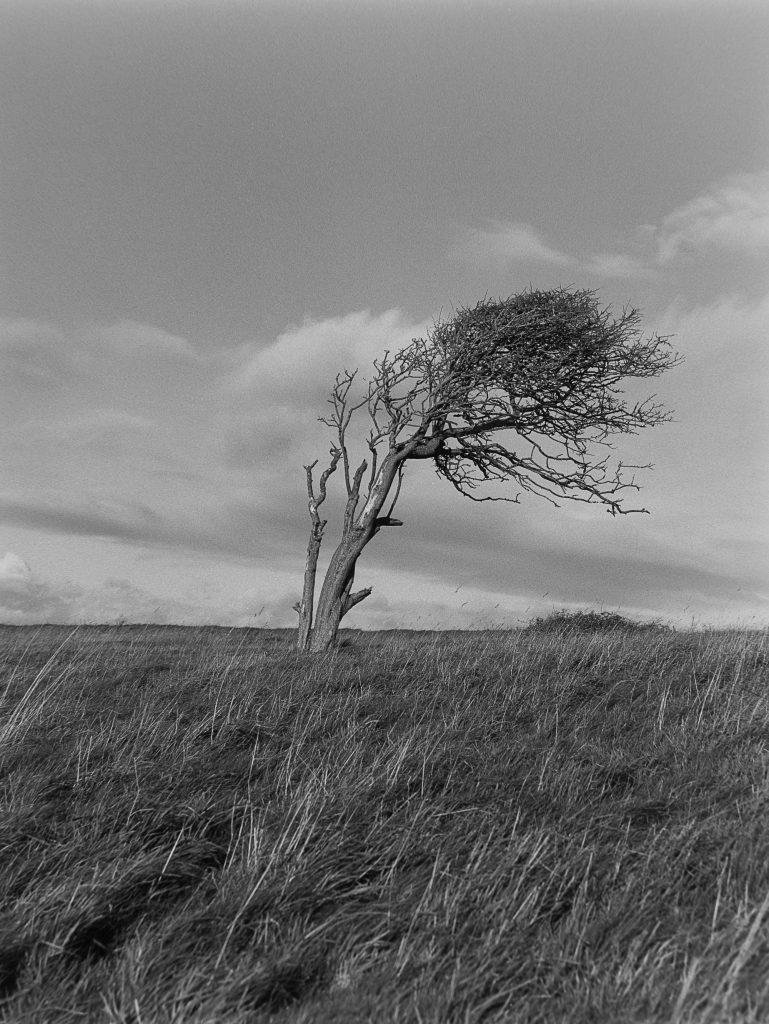
Yellow 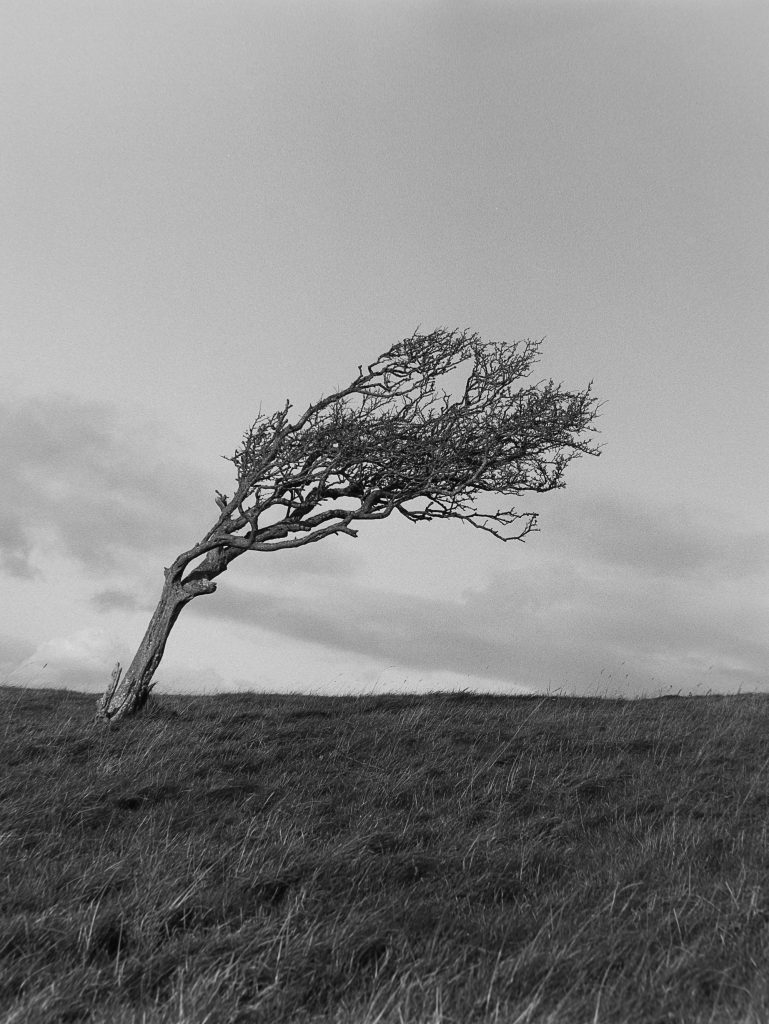
Normal 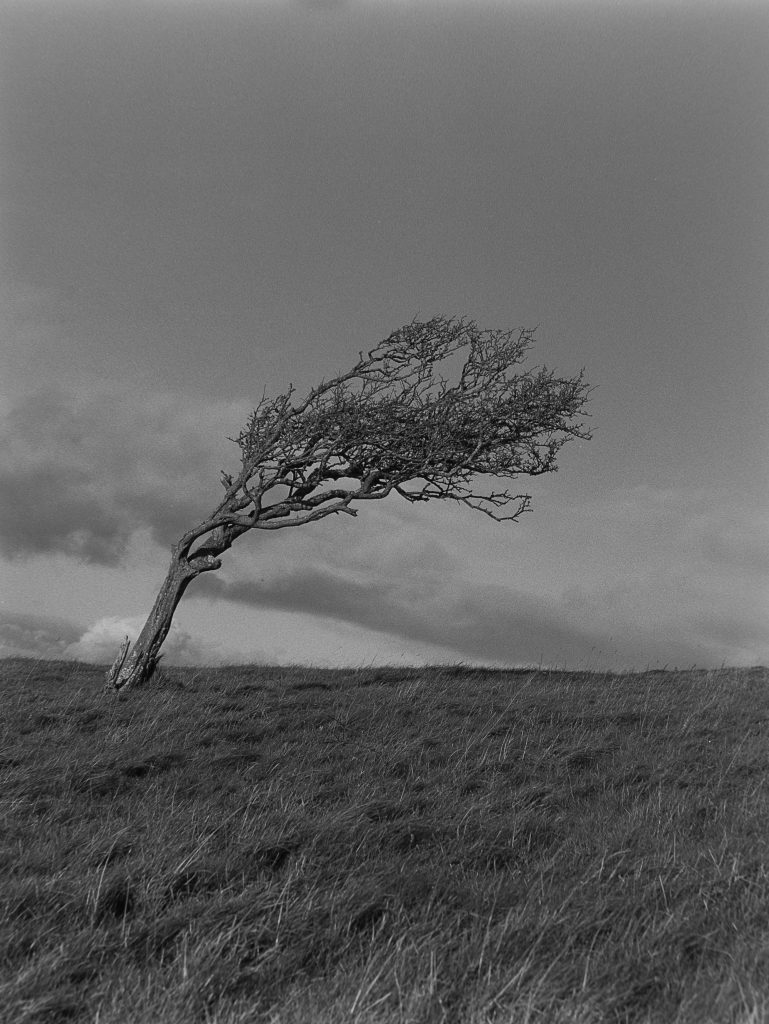
Yellow 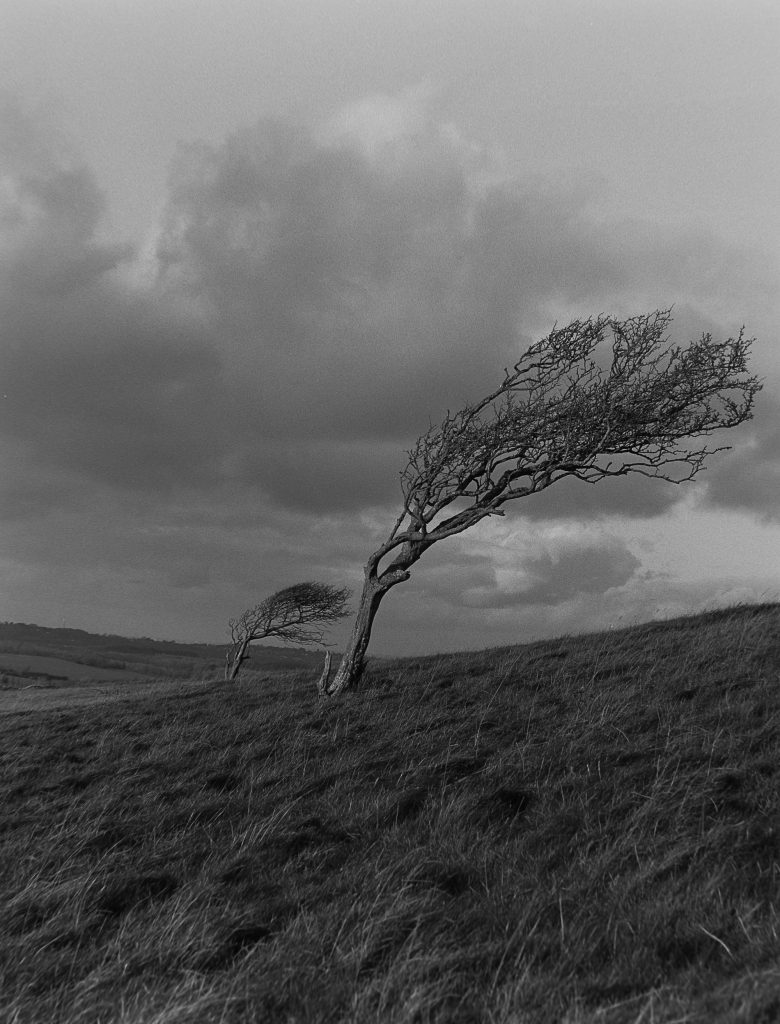
Normal 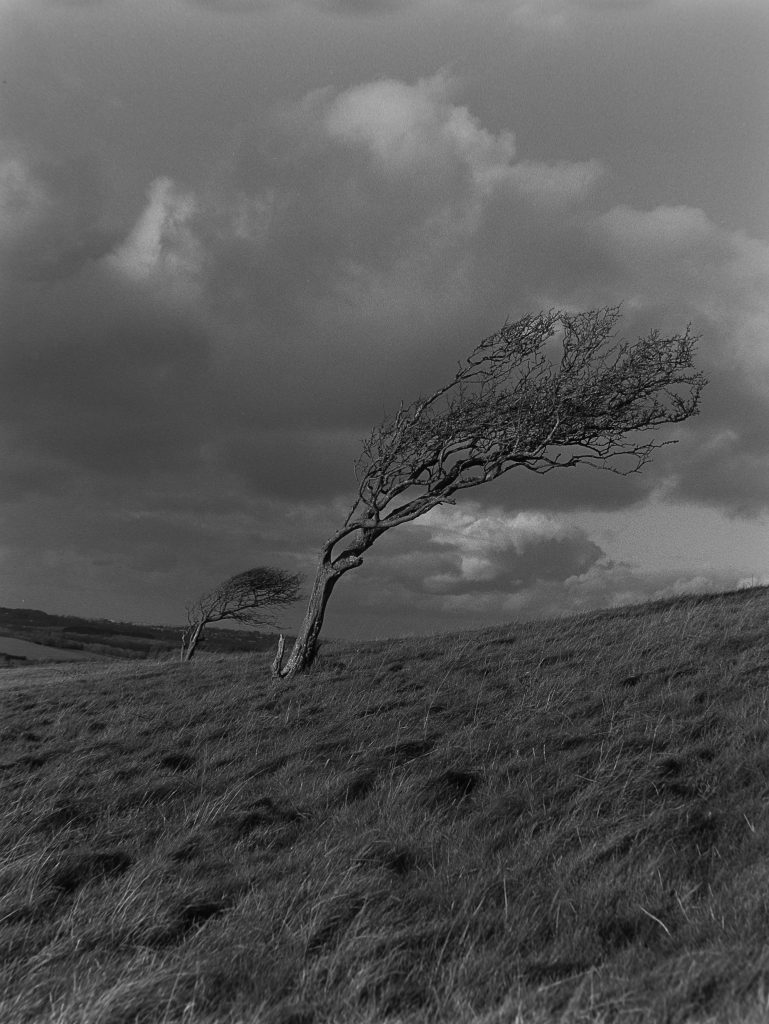
Yellow 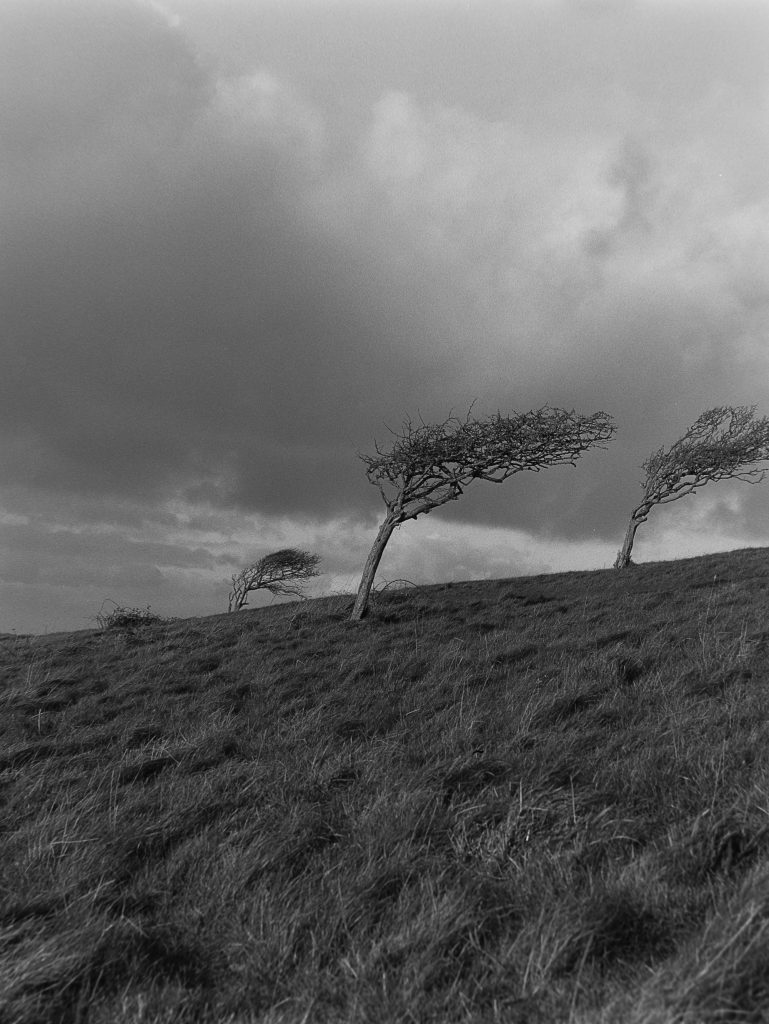
Normal 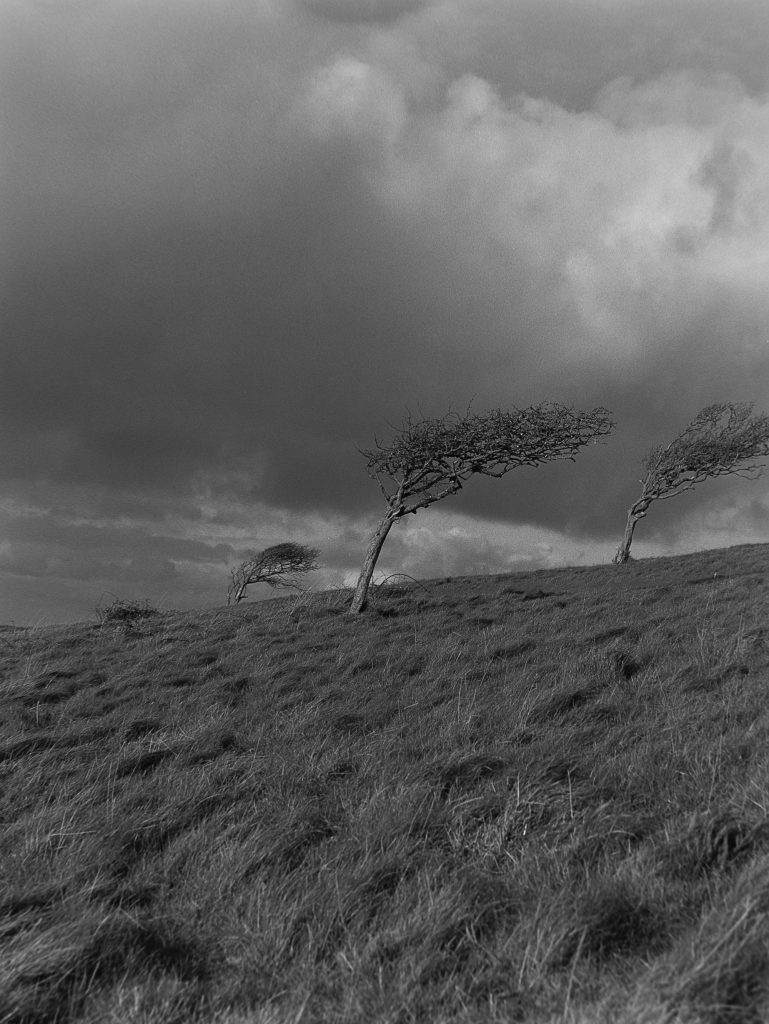
Yellow 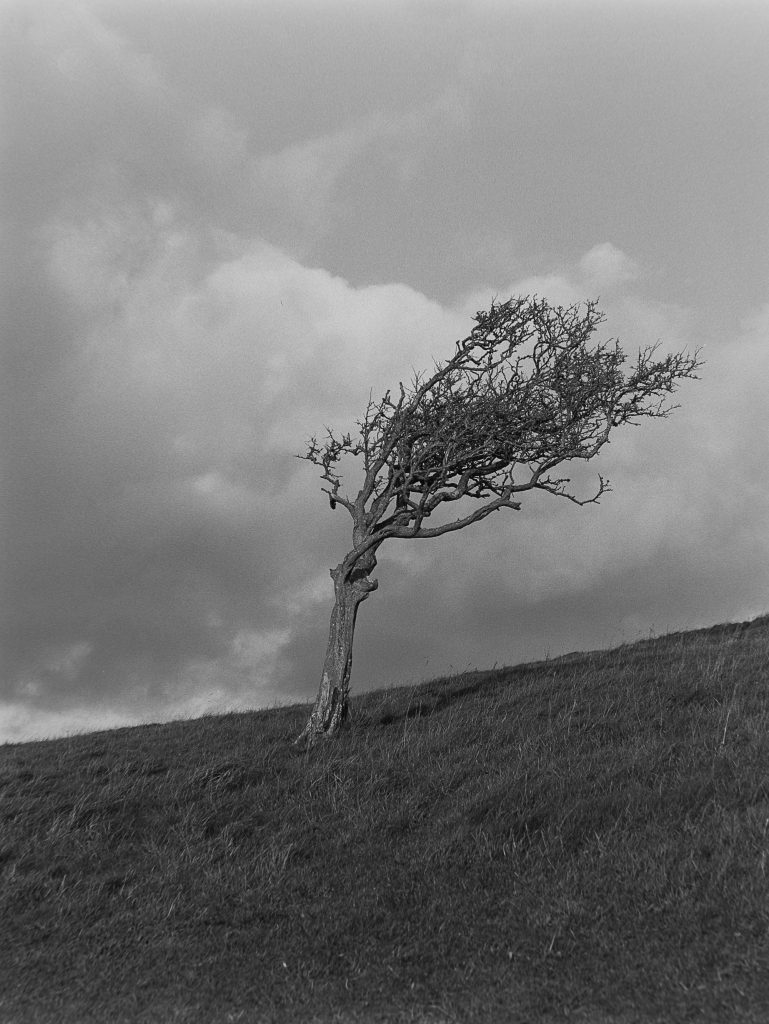
Normal 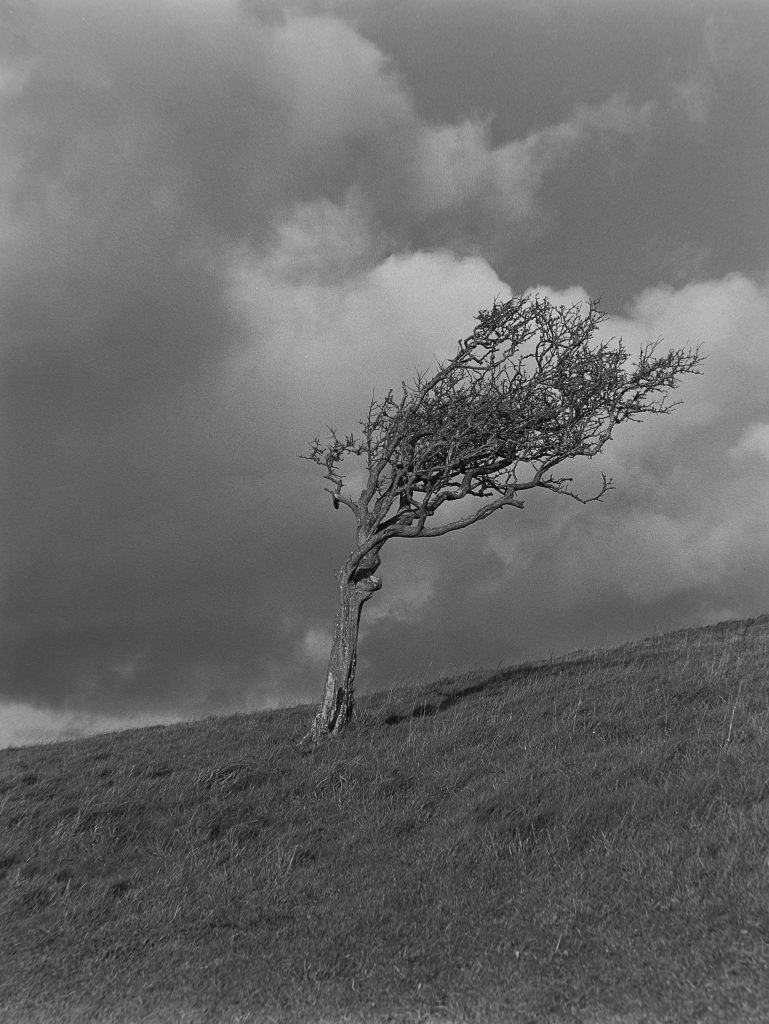
Yellow 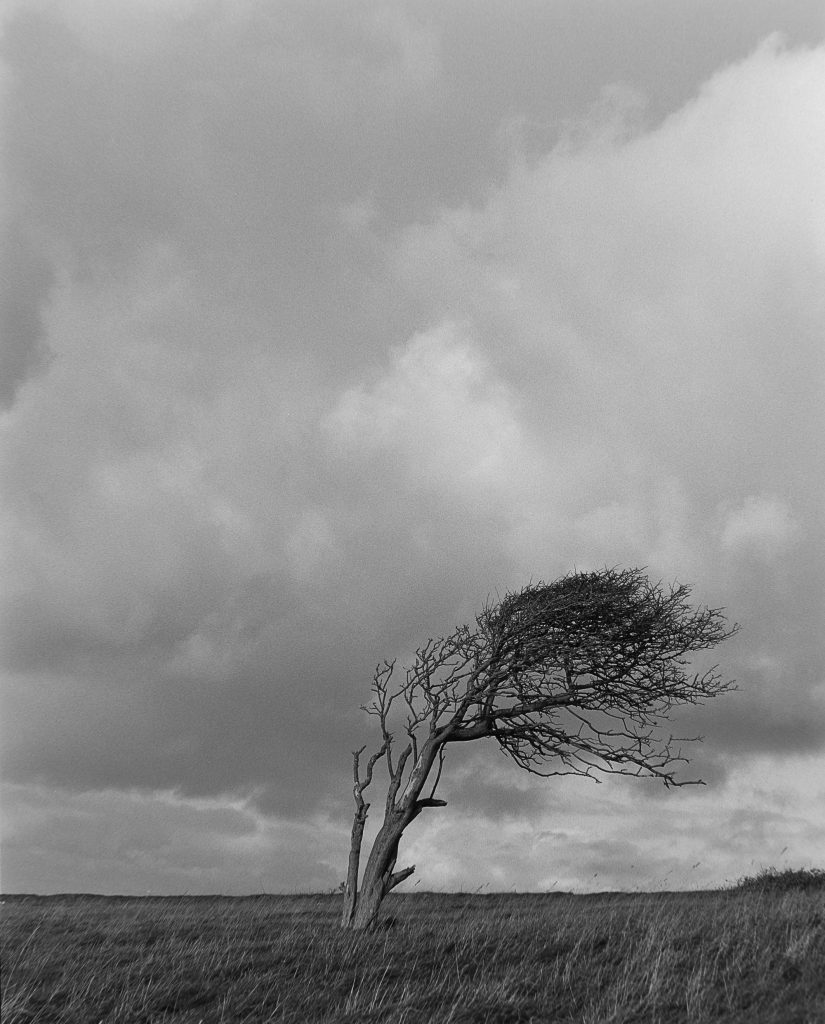
Normal 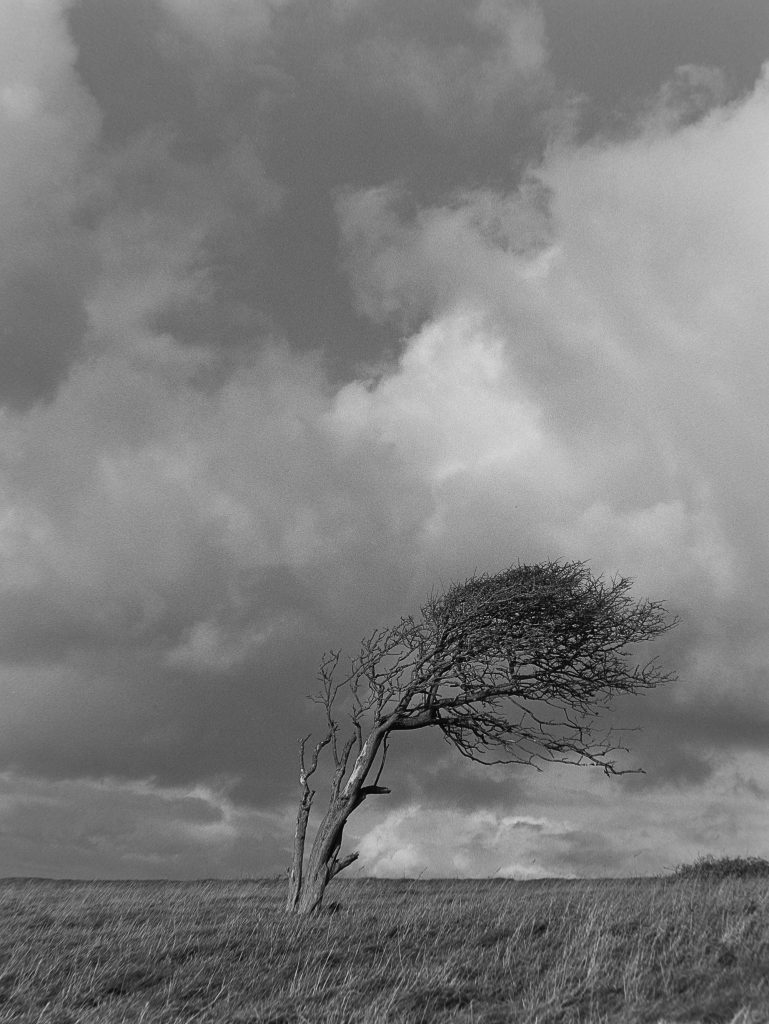
Yellow
If I went back and shot these again with either the Yellow or without a filter I’d have chose to shot them all on the Yellow Filter. Why? I like the separation it gave in the clouds just darkening that blue sky down a tad leaving the fluffy clouds to pop a bit more. In some the Yellow Filter also appears to have lightened the grass very slightly.
Yeah, I’m happy! Getting to know this Yellow Filter, film and Developer combo at last…
AGFA APX 25
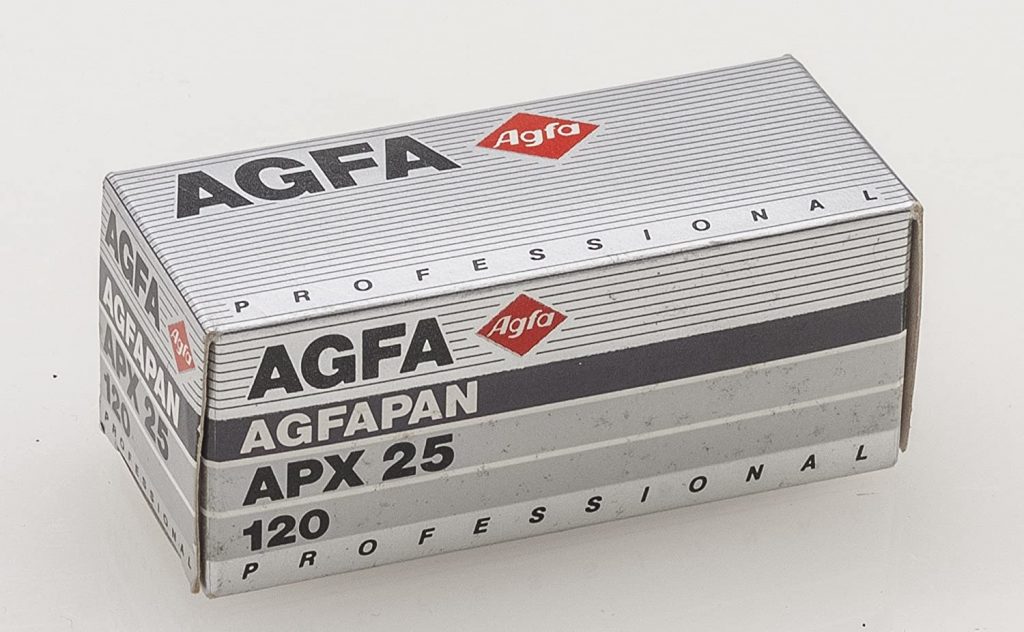
AGFA APX 25.
Gary on Instagram recently acquired a brick of this film and kindly sent me a couple of 120 rolls to try out. It expired in 2003 and I have never shot this film before so I thought I would share my DSLR scanned results with you all.
My first shoot I tried out indoors on a few subjects. I was not sure how to expose for the film so I metered my scene and added 1 stop extra exposure just as a rule of thumb for the age and step on the side of precaution!
For these images I used the Mamiya RZ67 and one simple LED panel for my light source allowing the light to wrap around the subject.
I could not find any information on the MDC for developing this film so I went with my gut and developed in Rodinal 1 part to 25 for 8 mins with 10s inversions every minute.
I was really impressed with the tonal range of this film.
I guess you are wondering why there is a seascape on this roll! Well, that was my initial intention but it was bitterly cold and windy at the beach with sand blowing all over me that I could not stay there. I took this one shot and headed home for the Garlic!
After a few days I took the second roll out to photograph a Pier 20 mins from where I live. I decided to shoot the film at it’s rated speed this time as I felt it could handle it and that the age had no effect. Again, with the Mamiya RZ.
This time I chose the same development except I knocked a minute off the time and developed it for 7 mins.
This shoot was early in the morning and another bitterly cold day! My hands were so cold and to make things worse my tripod head lost tension due to a corroded nut and so I had to keep my hands on the tripod at all times which was colder than my hands. This proved to be very tricky as every time I touched the camera I could not feel the buttons as my hands were so numb. I few times I accidentally pressed the shutter button!
Again, this film did not disappoint at all.
I would love to shoot this film again in more comfortable situations but it’s pretty hard to come by online without paying through the nose for it. I believe Gary had a result. But if you ever come across it it’s worth giving it a shoot.
British Journal of Photography Magazine 1934
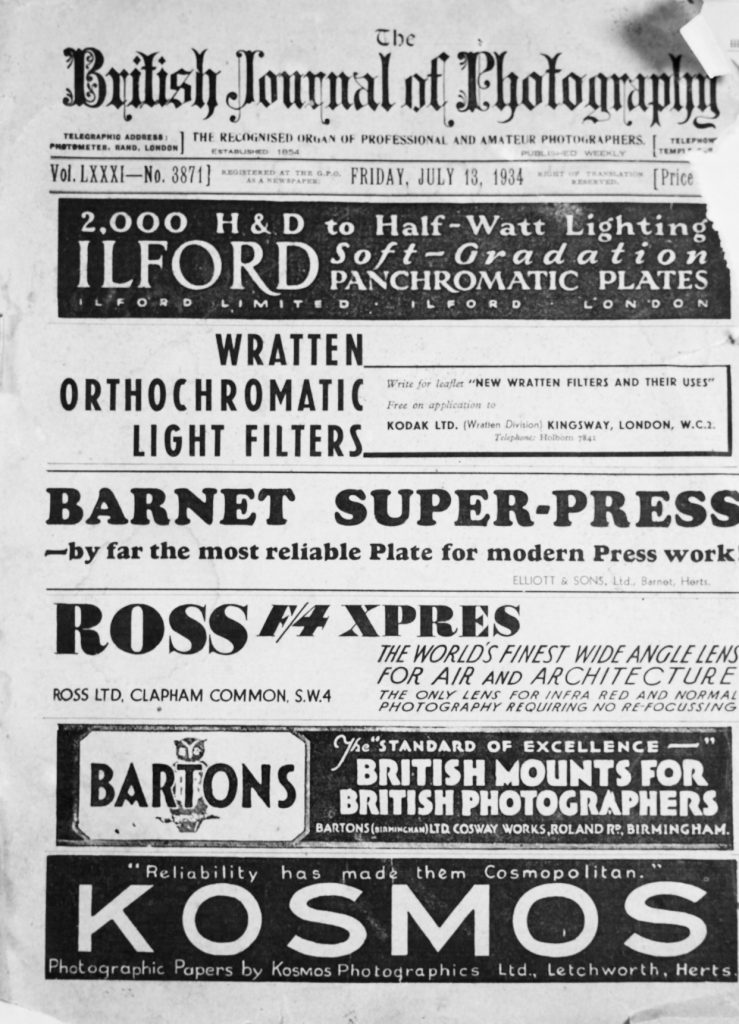
I was given this magazine from a friend that found it in a house clearance and I thought I would share it with anyone that is interested. It’s an amazing insight into photography back in the 1930s.
Enjoy!
Freezing Film?
I recently made a video on what happens if you freeze film and then shoot that film without any warming time. I set up a simple scene using my Zeiss Ikon, took the film, Silberra 160, from the freezer, loaded it into the camera and immediately took my photographs.
When I took the film from the freezer other than it being very cold I did not notice it to be hard or brittle. Although Silberra film is very thin and flimsy. I wasn’t sure if during the shoot the film would collect some kind of condensation so I was taking a risk loading it straight into my camera! I took a few shots, see below, and then took the camera and film into the darkroom where I cut the shots from the camera and loaded them into a developing tank. I allowed the film to come back to room temp for about an hour before developing.
After developing the negatives looked normal and the scans normal still. Here are the scenes. Lovely contrast! A bit blown in the highlights. Yet no special whacky effects that I expected.
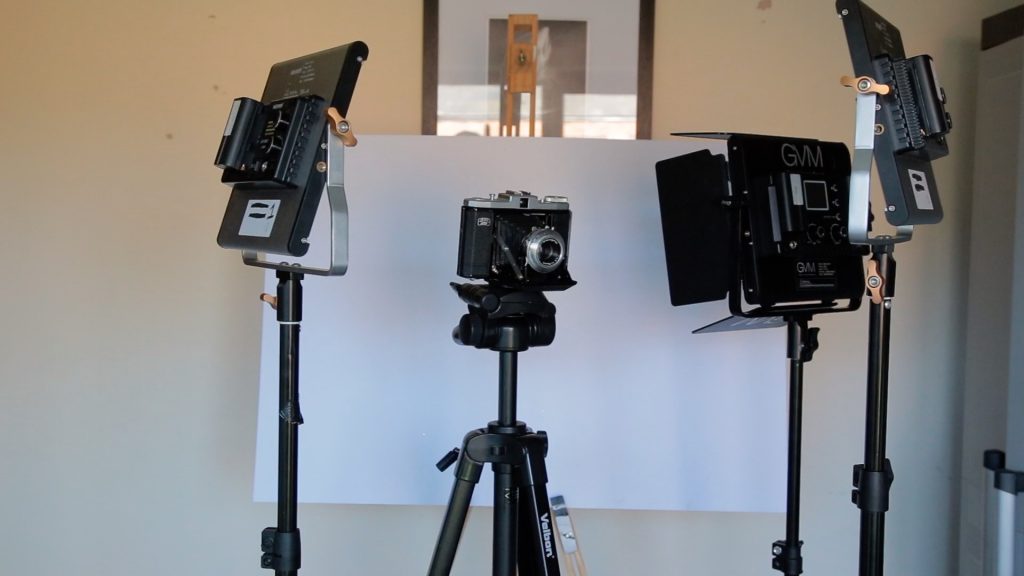
It would not be fair to end it there so I went back to the film, which was now at room temp and loaded it into the camera and set the scene up again. It wasn’t exactly the same as I used the light panels after the first shoot for another project but I tried to set the scene up exactly the same. Here are the second shoot scans.
These negs appeared more normal. The highlights were not as blown as the frozen film scans. At first I thought maybe I did not have the lights as powerful s the first shoot but I am pretty sure I did.
From the comments on the YouTube video a few people suggested that the frozen film would be a slower speed than normal, which would make sense for the “over exposed look”. Still, it was an interesting play.
I have no final conclusion other than I did not get any crazy results or interesting looks. And no condensation was found in the camera or on the film itself.
As for condensation… I’m thinking that if I do ever freeze film and allow the film to warm down would condensation not sit on the film and dry?
Thanks for reading!
Amazing Find…
I received an email from SFLaB Patron David Stockton which read…
Good morning Roger, thought you might be interested in a recent experience of mine.
I started to collect old film cameras, and purchased a Kodak Folding Brownie 620 camera. Reckon it was about 60 years old.
To my surprise it had a roll of HP3 inside that had been exposed. The glue on the sealing strip had gone all hard and crystalised, but the film looked OK.
I could not find any developing info on Massive Dev so had to take a chance and develop in Rodinal for 8 mins.
Imagine my surprise when I saw the results.
These were shots of a lovely family taken in a back garden in the fifties or sixties, yet they have still come out fine.I have attached a couple of frames for you to look at.
I wonder if any of your subscribers would know this family. Just a thought.
I am 75 years old and have just got back into film and have got a mint OM 1 .Love your channel and it was you that inspired me to develop my own film.
Kind regards
Dave Stockton
Here are the images that were found on Davids camera. If anyone recognises the family please contact me so I can let David know. It’s a long shot, of course, but you never know!
Under/Over Development in Film Photography
It’s something we all accidentally do when we develop our films, or, we do it for a reason. I don’t purposely Over or Under develop my films unless I am pushing or pulling in which case I will allow compensation in camera. I always try to hit the correct development times for my exposures in camera.
I decided to experiment and see what happens for my own eyes if I over developed for 2 minutes and under developed for 2 minutes.
For this I used Silberra 54UN 100 speed film. Which is basically ORWO UN54 100 film! But enough of rebrands. In fact, I love this film and if it wasn’t for me grabbing a roll of Silberra 54UN a few years back I would never have discovered ORWO. So thanks Silberra! Great rebrand and public awareness.
I took a simple scene in my darkroom consisting of a Buddha and a Camera. I has whites, blacks and mids in the scene and I burst it with hard LED light.
I took three photographs using the Olympus OM20 and developed each negative in separate film canisters all at the simultaneously.
I used Ilford ID-11 at 1:1 20°. The rated time for this film at that dilution was 7 minutes. But as I wanted to develop one film over and one under I set my timer for 9 minutes.
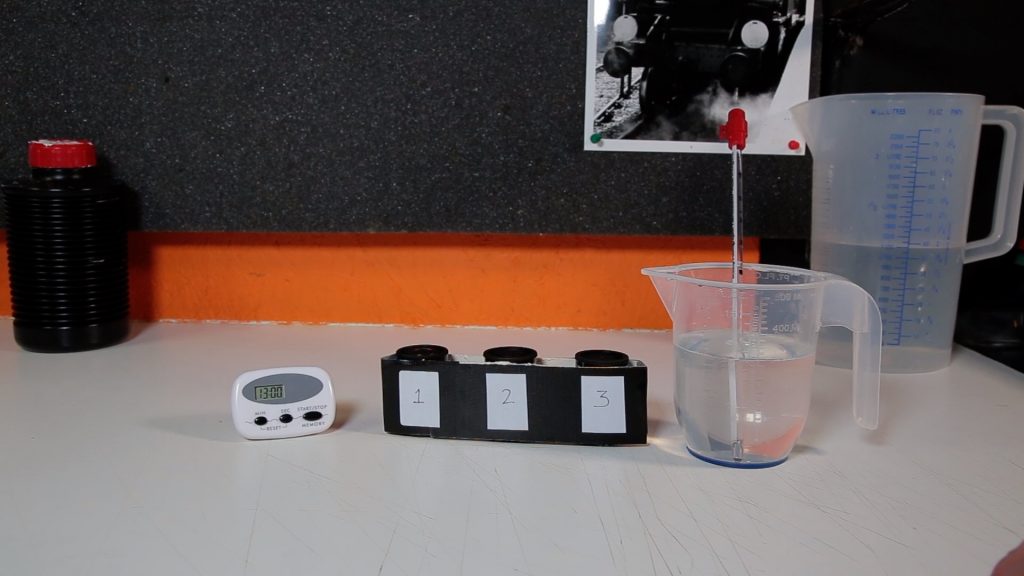
After 5 minutes, in complete darkness, I puled canister 1 out and then stop and fixed it. I did the same for canister 2 but at 7 Minutes (correct time) and canister 3 at 9 minutes.
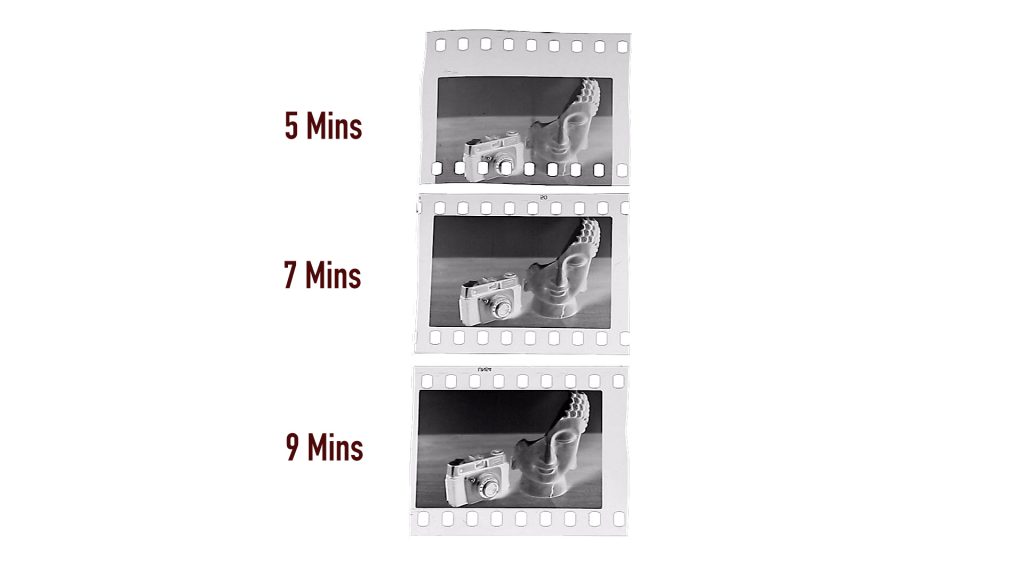
I made a contact print and then made 5×7 enlargements.
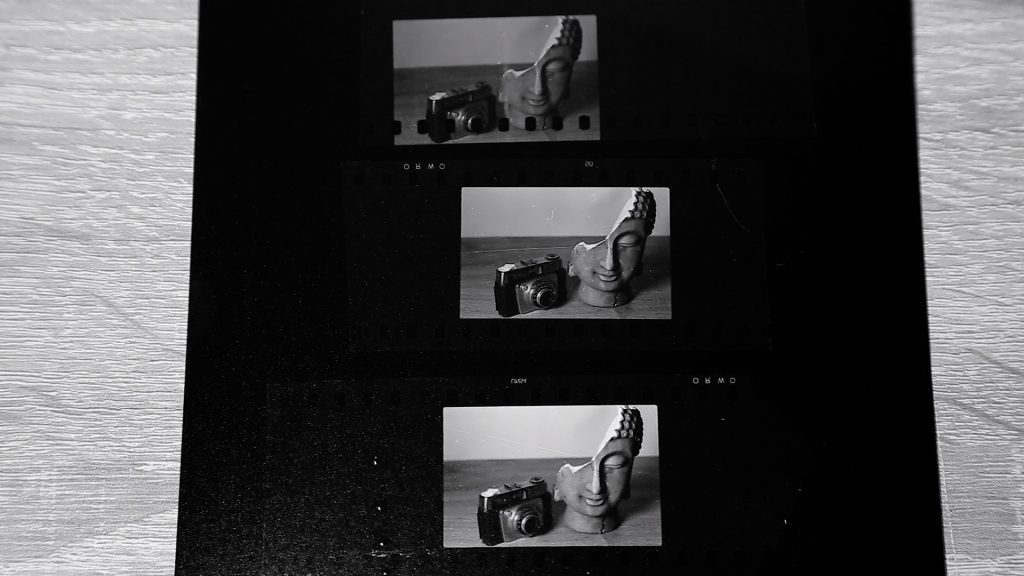
For the enlargements I took the correctly developed negative, made a test strip and then made my print, which was 2 seconds under the enlarger. I then took the other two negatives and did exactly the same for the same time. There was no point in making individual test strips for each negative. I needed to see the difference.
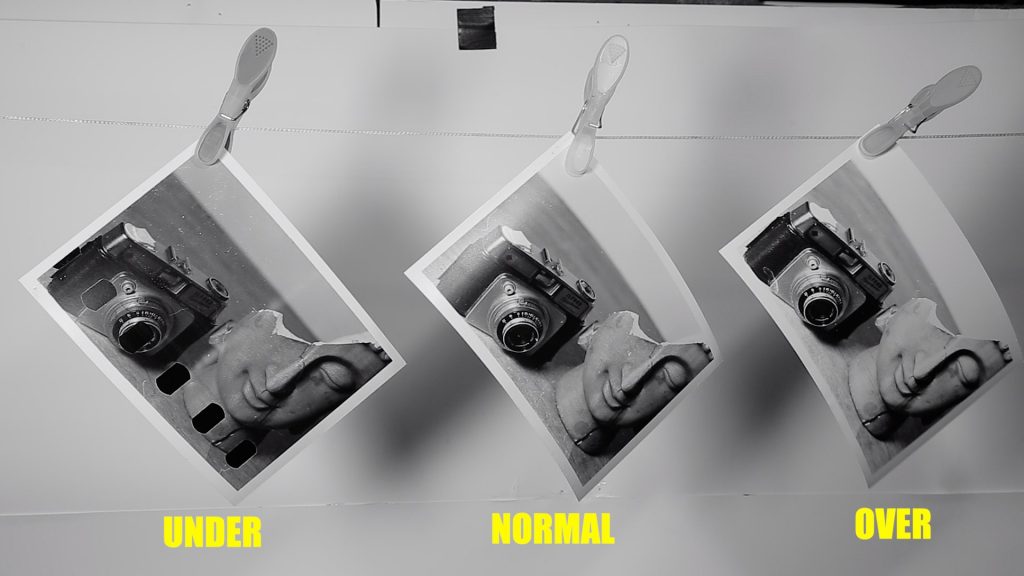
Here are the final results taken from a DSLR of the original prints. You can make your own conclusions.
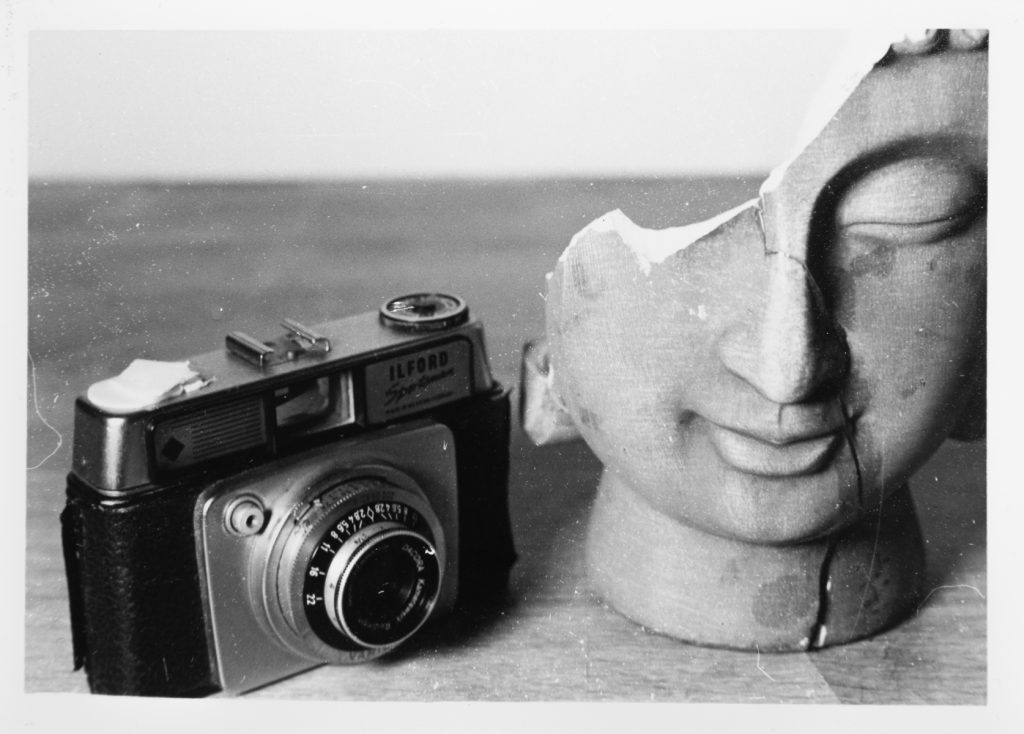
Normal 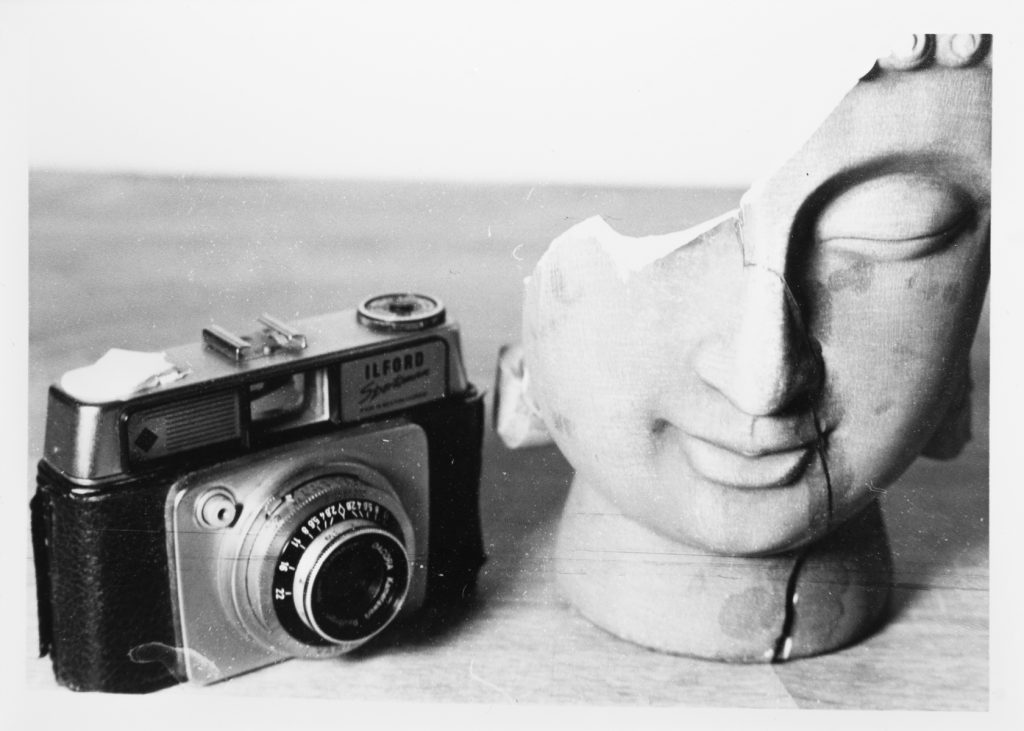
Over 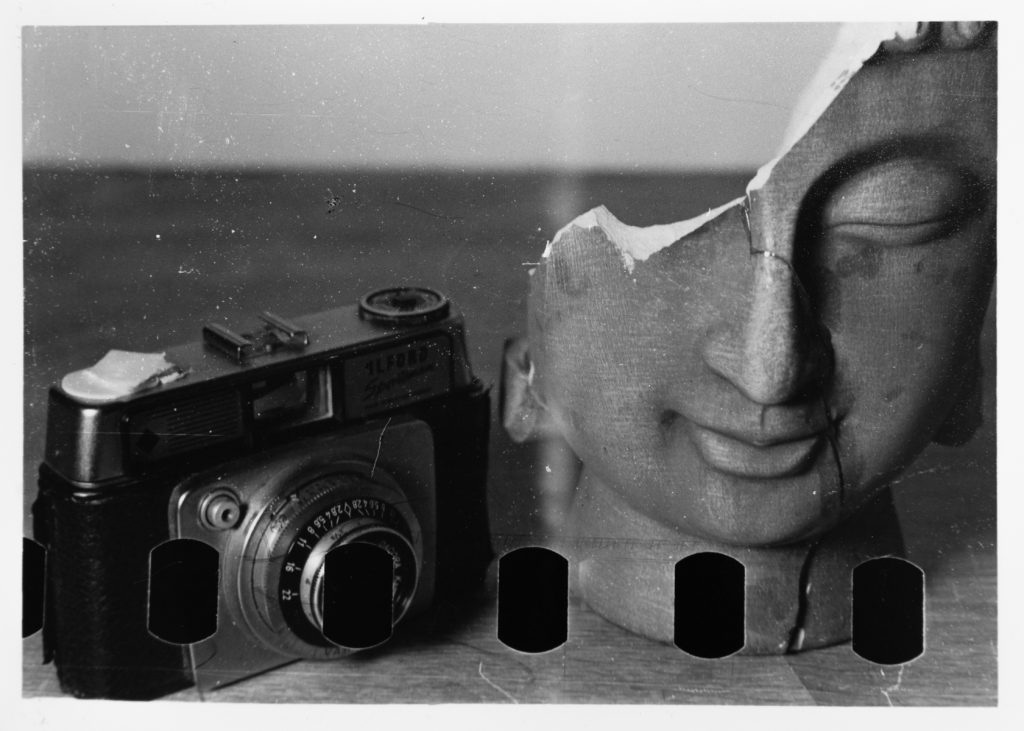
Under
As for the Under and Over negs I could have easily got my tones back with some filters under the enlarger and maybe some dodging and burning. Especially the over developed print. I feel that would have ended up being punchy.
